




Name:
Class: School:
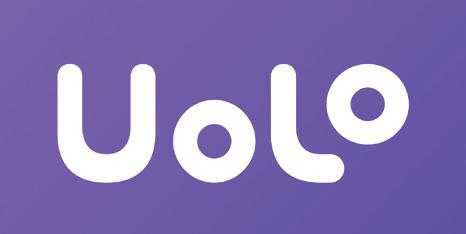
Academic Authors: Roma Jain, Anuj Gupta, Monika Jain
Creative Director: Bhavna Tripathi
Book Production: Naveen Gauniyal, Sanjay Kumar Goel
Project Lead: Pooja Gupta
VP, Learning: Abhishek Bhatnagar
All products and brand names used in this book are trademarks, registered trademarks or trade names of their respective owners.
© Uolo EdTech Private Limited
First impression 2025
This book is sold subject to the condition that it shall not by way of trade or otherwise, be lent, resold, hired out, or otherwise circulated without the publisher’s prior written consent in any form of binding or cover other than that in which it is published and without a similar condition including this condition being imposed on the subsequent purchaser and without limiting the rights under copyright reserved above, no part of this publication may be reproduced, stored in or introduced into a retrieval system, or transmitted in any form or by any means, electronic, mechanical, photocopying, recording or otherwise, without the prior written permission of both the copyright owner and the above-mentioned publisher of this book.
Book Title: Dawn Numeracy Skillbook Level B
ISBN: 978-81-980375-3-4
Published by Uolo EdTech Private Limited
Corporate Office Address: 85, Sector 44, Gurugram, Haryana 122003
CIN: U74999DL2017PTC322986
Illustrations and images: www.shutterstock.com, www.stock.adobe.com and www.freepik.com
All suggested use of the internet should be under adult supervision.

elcome to DAWN, our comprehensive series for Early Childhood Education that has been meticulously crafted to align with the guidelines of the Foundational Stage as outlined in the National Education Policy (NEP) 2020. This series is designed to provide a holistic learning experience, fostering the comprehensive development of young learners in accordance with the developmental milestones and learning outcomes specified in the National Curriculum Framework (NCF) 2022
DAWN offers a rich blend of interactive and activity-based content to nurture each child's physical, emotional, intellectual, and spiritual growth. Our approach ensures that learning is enjoyable and meaningful, catering to every child's interests and abilities. By integrating various domains of development, we aim to create an environment where children can thrive, explore their unique potentials and cultivate a lifelong love for learning.
The curriculum is structured to promote Physical Development by incorporating activities that enhance motor skills, health, and overall physical well-being. Social and Emotional Learning (SEL) is a critical component focusing on building empathy, cooperation, and strong interpersonal relationships. Through engaging and thought-provoking activities, children develop Intellectual Capacities, fostering critical thinking, problem-solving, and a curious mind.
In line with the NCF 2022, DAWN also emphasises Spiritual and Moral Development, encouraging children to understand and embody values such as honesty, integrity, and respect for others. We aim to instill a sense of responsibility towards the environment, promoting sustainable practices from an early age.
Our curriculum is not just a series of lessons but a journey of discovery, growth, and joy. We believe that every child is unique, and our tailored approach ensures that each learner can engage with the content in a way that resonates with their individual needs and interests. By providing a nurturing and stimulating environment, DAWN sets the foundation for future success, preparing children not just for school, but for life.
The DAWN Level B Kit includes:


Free Additional Resources:
• Flash Cards
• Sticker Sheets
• Suggested Activities List, for teachers and parents
• Teacher's Manual
• Digital Learning Resources
Thank you for embarking on this educational journey with us. Together, we can make the dawn of early childhood education a bright and promising start for every child.

Dawn is a carefully crafted activities-based learning program that caters to all domains of Early Childhood Education, including physical, emotional, mental, intellectual, and spiritual development. The program includes textbooks in English, Mathematics, General Awareness, STEM Exploration and Rhymes & Stories. The program also extends ample support to teachers through lesson plans and other assets that help attaining the best outcomes.

Engaging Textbooks
Teacher's Manual
Assessment Rubrics for Teachers
Progress Report Sheets
Student and Teacher Apps
Learning Videos
Interactive Tasks and Exercises
iv The classroom program is augmented by the digital world, which includes assets like animated Talking Books, phonic songs, animated rhymes, animations on pre-number concepts, numbers, and shapes; and other interactive activities.

The National Education Policy (NEP) 2020 represents a transformative shift in the country’s education system. It aims to create a more holistic, dynamic and multidisciplinary approach to education. NEP 2020 focuses on fostering conceptual understanding, skills, values and competencies that align with the demands of the 21st century, while also preserving India’s rich cultural heritage. UOLO is fully committed to actualizing the vision of NEP 2020 by meticulously adhering to its outlined recommendations.
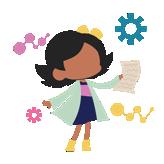
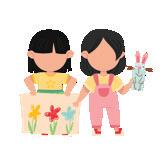
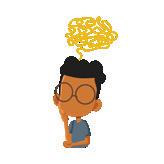



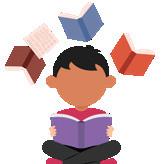



1. Physical and motor development
2. Cognitive development
3. Cultural and artistic development
4. Socio-emotional and ethical development
5. Language and Literacy
6. Numeracy
7. Play and activity-based learning
8. Holistic and multi-faceted learning
9. Inclusion of local traditions of India

10. Technology integration
Competencies and Domains
Teaching and Learning Pedagogy


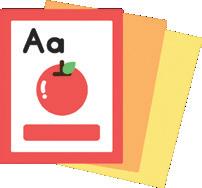
Rhymes and Stories
Build familiarity with numbers, shapes, measurement and mathematical language and problem solving skills. Encourage development of gross motor skills.


Flash Cards
Assist development of basic numeracy, literacy and fine motor skills in a playful and engaging way.


Drawing and Scribbling activities
Promotes hand-eye coordination and motor skills.

STEM Exploration activities
Encourage curiosity, critical thinking and problem-solving.

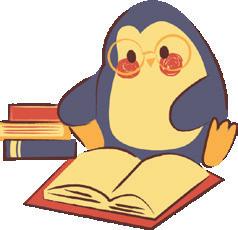
Contribute to development of early reading skills which help children to explain their mathematical reasoning.




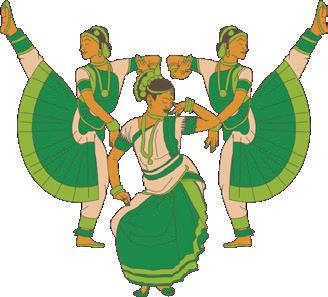
Exposure to diverse cultures to develop an appreciation for global and local artistic traditions, and connect with cultural heritage.
2 3 4 7 8 9
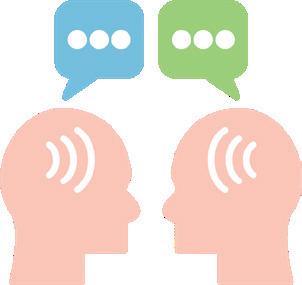

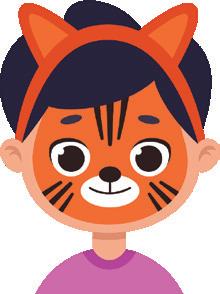
Picture Dictionary pages that enhance vocabulary and promotes language-rich discussions.

Storytelling and Role-Playing activities
Develop cognitive abilities like sequencing and understanding cause and effect. Allow exploration of emotional expression in social settings to develop empathy and ethics.
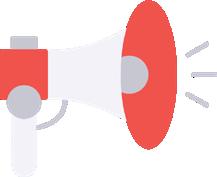
Phonological Awareness Activities


Help in grasping the sounds of spoken language, laying the foundation for reading and writing.

Enhanced auditory learning in an engaging and tech-savvy environment.
The National Curriculum Framework for Foundational Stage (NCF-FS), released in 2022, is developed based on the vision of the National Education Policy (NEP) 2020 Its purpose is to enable the implementation of the NEP. The NCF-FS provides guidelines for designing syllabi, textbooks and learning materials for the Foundational Stage in India. It aims to improve the quality of education by making it more relevant, engaging, inclusive, and learner-centric. To achieve this, the NCF has articulated precise Learning Standards through well-defined Curricular Goals and Competency statements. These statements serve to harmonise the syllabus, content, pedagogical practices, and assessment culture, ensuring a cohesive and comprehensive educational experience.
Curricular Goals: Curricular Goals are statements that give directions to curriculum development and implementation. They are derived from Aims and are specific to a Stage in education.
Competencies: Competencies are learning achievements that are observable and can be assessed systematically. These Competencies are derived from the Curricular Goals and are expected to be attained by the end of a Stage.
NCF-FS Page 51
Children develop sharpness in sensorial perceptions
C-2.1 Differentiates between shapes, colours, and their shades
C-2.2 Develops visual memory for symbols and representations
C-2.3 Differentiates sounds and sound patterns by their pitch, volume, and tempo
C-2.4 Differentiates multiple smells and tastes
C-2.5 Develops discrimination in the sense of touch
C-2.6 Begins integrating sensorial perceptions to get a holistic awareness of their experiences
The above is a snapshot of the curricular goals and competencies relationship in the domain of Physical Development for the Foundational Stage (NCF-FS, page 59). The next section shows the coverage of various competencies across domains.



The NCF-FS highlights the importance of children's all-round and holistic development, also known as the Panchakosha Vikas (Five-fold Development) in the Indian tradition.
Based on the philosophy of Panchakosha Vikas, the five different domains of development recommended in the NCF-FS are as follows: Physical Development, Development of Life Energy, Emotional / Mental Development, Intellectual Development, and Spiritual Development. These domains have been covered extensively in our product, as can be seen from the mapping given below.
Physical Development (Sharirik Vikas)
Development of Life Energy (Pranik Vikas) Emotional and Mental Development (Manasik Vikas) Intellectual Development (Bauddhik Vikas)
Rhymes and songs Circle time activities
General awareness
Stories Free play Life skills
Spiritual Development (Chaitsik
Language and communication Life skills
Sequencing, patterning and sorting activities
Values, ethics and moral reasoning through stories and activity pages
Suggested activities Group activities Picture reading pages STEM exploration Sense of purpose through stories and classroom discussions
Sensory play Connection with nature Art and craft
Circle time activities
Art and craft
Energy awareness
Mind–body harmony
Nutrition awareness Health and safety pages
Health and hygiene practices
Activities that enhance gross and fine motor skills
Body awareness


Social skills
Activities focusing on problem solving and critical thinking skills
Positive self-concept
Memory and recall through games, repitition and other cognitive exercises
Art and craft
Incorporating the principles and guidelines of NCF-FS, our preschool curriculum is designed to provide a holistic and enriching learning experience, nurturing each child's unique potential and preparing them for future success.
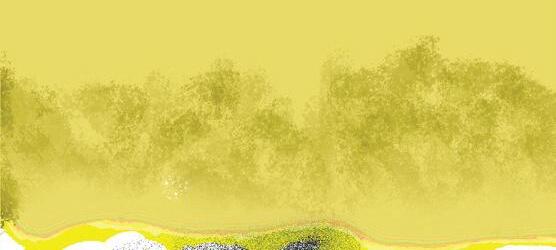



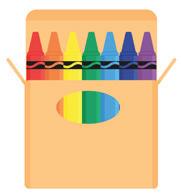
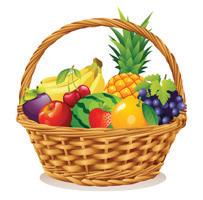



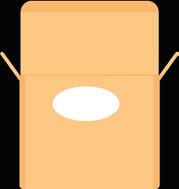



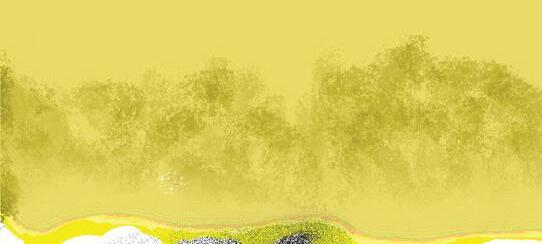

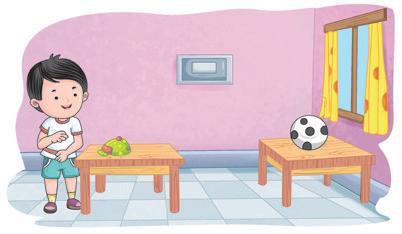
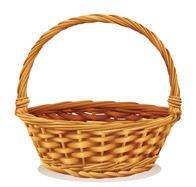






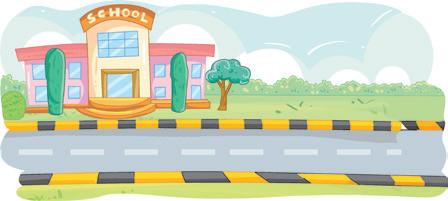


Sorting and Classifying: Encourage children to sort and classify objects based on different attributes such as colour, size, shape, weight, capacity, and volume building essential categorisation skills.
Spatial Awareness: Develop children’s understanding of spatial relationships through activities involving positions (e.g., on and under, far and near) and related vocabulary.

Recognizing Patterns: Introduce children to simple patterns using objects, colours, and shapes to help them identify and extend repeating sequences.
Creating Patterns: Encourage creativity by having children create their own patterns, fostering early problem-solving skills and logical thinking.
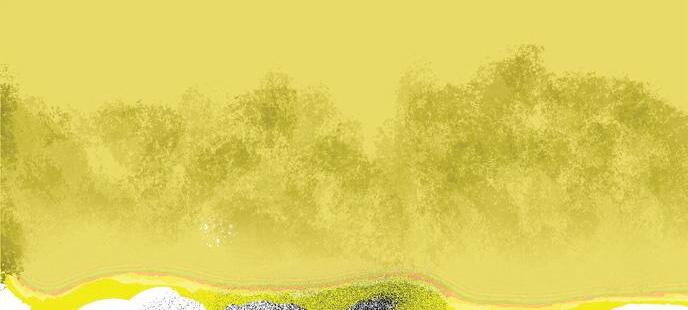





















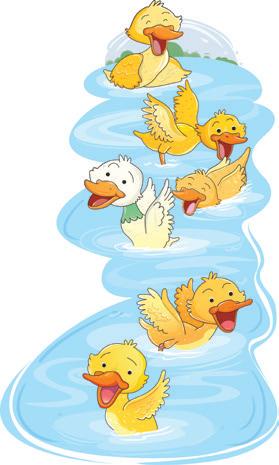




























Number Recognition: Help children recognise and name numbers from 1 to 100 through engaging activities and visual aids.
Counting Skills: Foster one-to-one correspondence by having children count objects up to 100, strengthening their understanding of quantity and order.
Number Sequencing: Encourage children to arrange numbers in the correct sequence, do backward and forward counting, reinforcing their knowledge of numerical order.




Shape Recognition: Introduce basic shapes such as circle, square, triangle, rectangle, oval, and semicircle, helping children identify and name them in their environment.
Shape Properties: Teach children about the attributes of shapes through hands-on activities and visual examples.











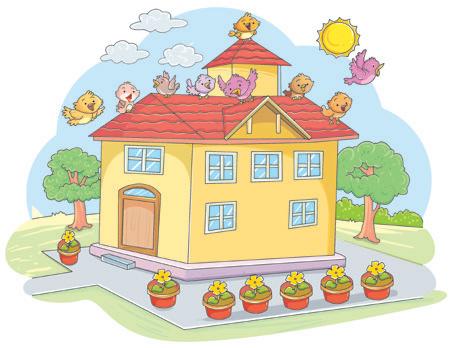










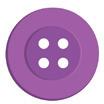
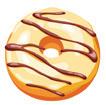



5. Counting and Writing Numbers 1 to 100
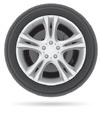


Counting Practice: Reinforce counting skills by engaging children in counting objects, fingers, and other familiar items, helping them understand the practical application of numbers. Number Writing: Develop fine motor skills and number recognition by guiding children in tracing and writing numbers from 1 to 100.
6. Oral Math Vocabulary Development through Stories and Rhymes
Math Stories: Enhance vocabulary and comprehension by introducing mathematical concepts through engaging stories that incorporate numbers, counting, and shapes.
Math Rhymes: Use fun and rhythmic math rhymes to introduce and reinforce math vocabulary, helping children remember and apply mathematical language in context.






Interactive Discussions: Foster oral language skills by encouraging children to discuss the mathematical stories and rhymes, promoting their understanding and use of math vocabulary.

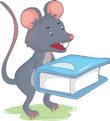



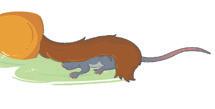
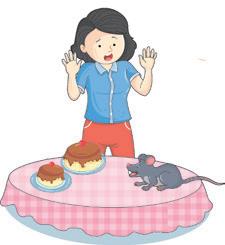


7. Includes Suggested Activities for Teachers and Parents
• Developing spatial understanding
• Tips for pattern recognition
• Numbers and counting
• Measurement skills
• Problem-solving and reasoning





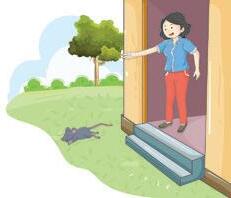

• Tips for developing a positive attitude towards mathematics



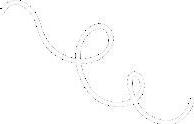

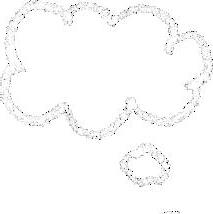
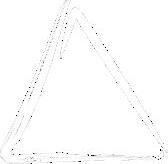
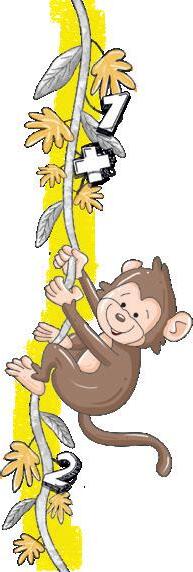

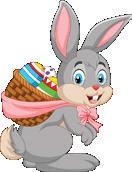
An elephant is big.
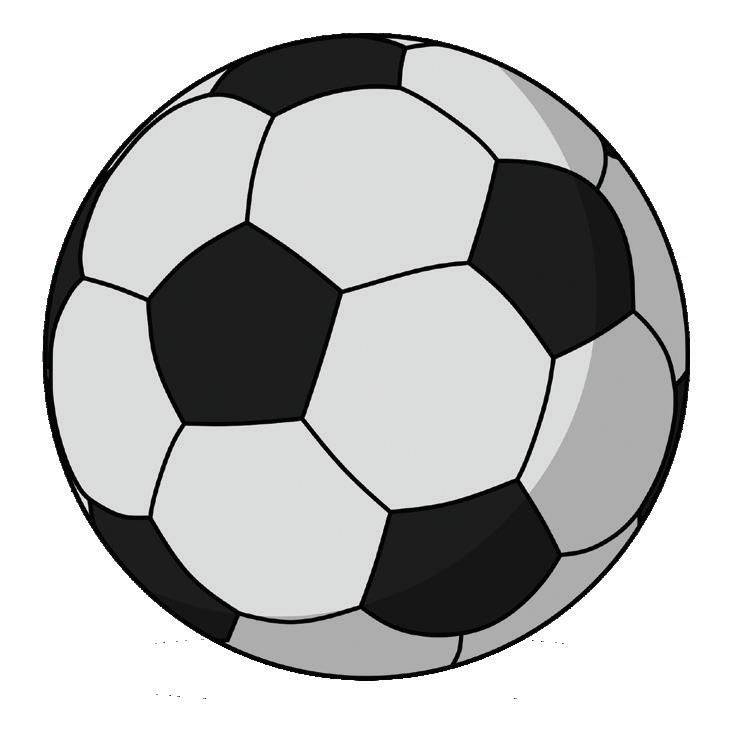
A cat is small.
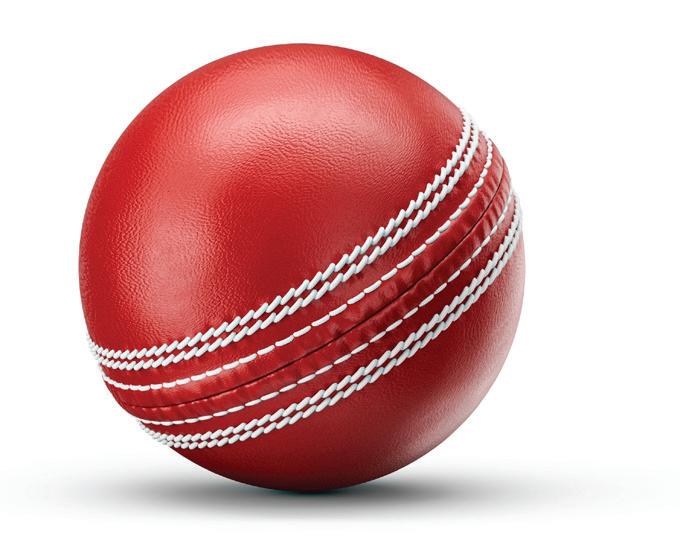
A football is big. A cricket ball is small.
Objectives
Observation Visual discrimination Identify big and small objects
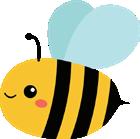


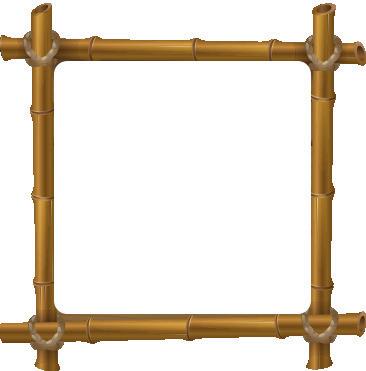
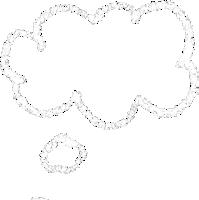


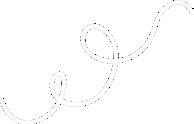
Print your hand near the handprint given below. Which handprint is big? Which one is small?
A big elephant, and a small ant, A big tree, and a small plant. A big bus, and a small van, A big ball, and a small can. Some are big and some are small, Let us learn about them all!

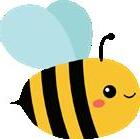

Objectives






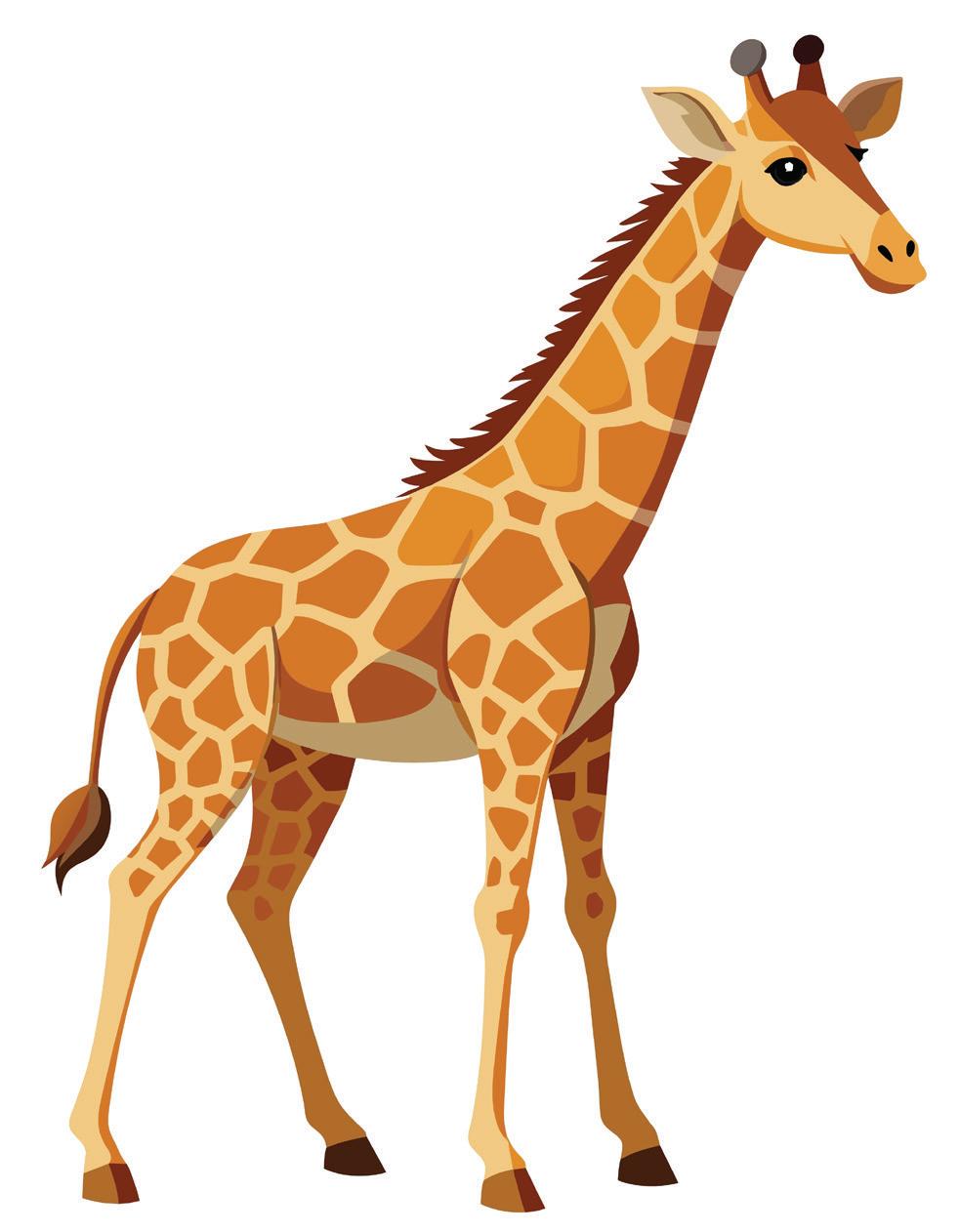
The giraffe is tall.
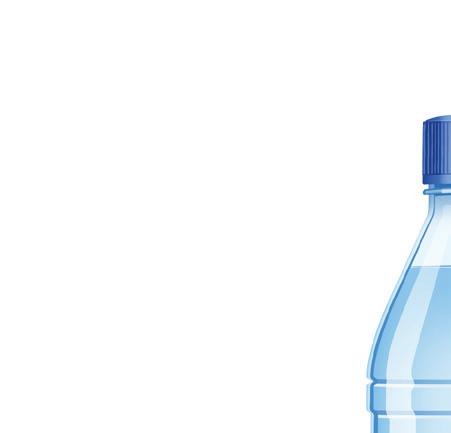









The dog is short.

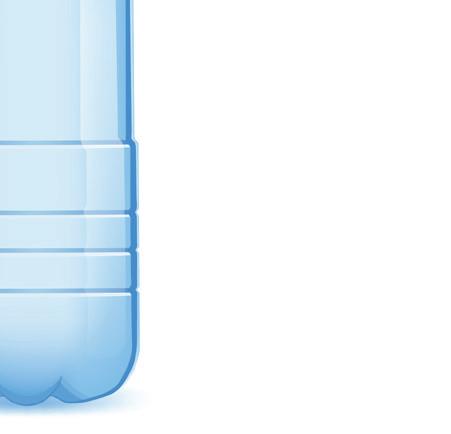
A waterbottle is tall.
Objectives

A glass is short.
Observation Visual discrimination Identify big and small objects






Use a sponge to paint the tall tree.






Objectives
Fine motor skills Identify tall and short objects








Step 1: Stand Tall
Stand on a yoga mat with your feet slightly apart. Keep your hands to your sides.
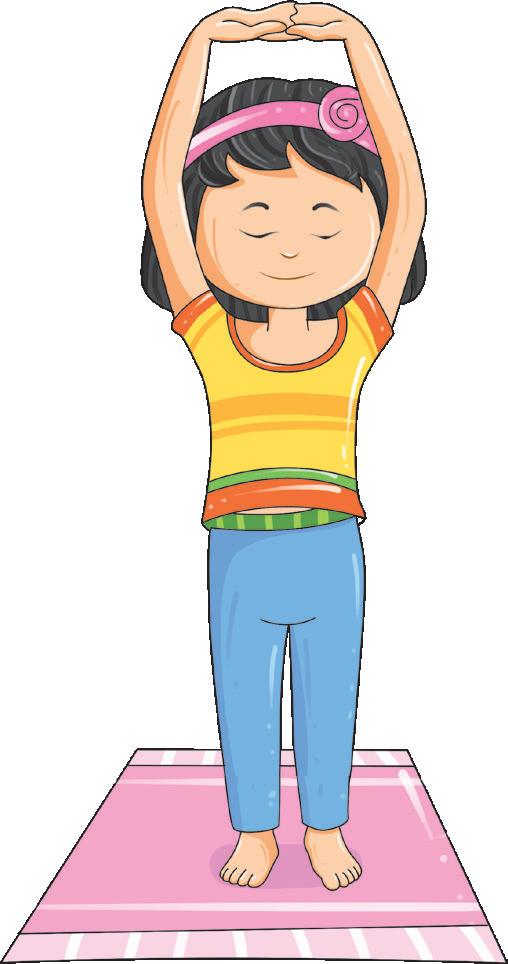
Step 2: Raise Your Arms
Inhale deeply, and slowly raise your arms upwards. Interlock your fingers above your head.
Slowly raise your heels and try to stand on your toes. Hold the pose for 10 seconds. Exhale and return to the starting position.
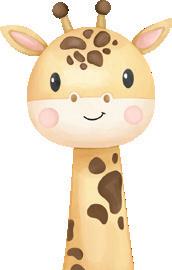
Encourage children to talk about how their bodies feel “tall” when they stretch up and “short” when they relax, helping them connect the physical activity to the vocabulary of tall and short.
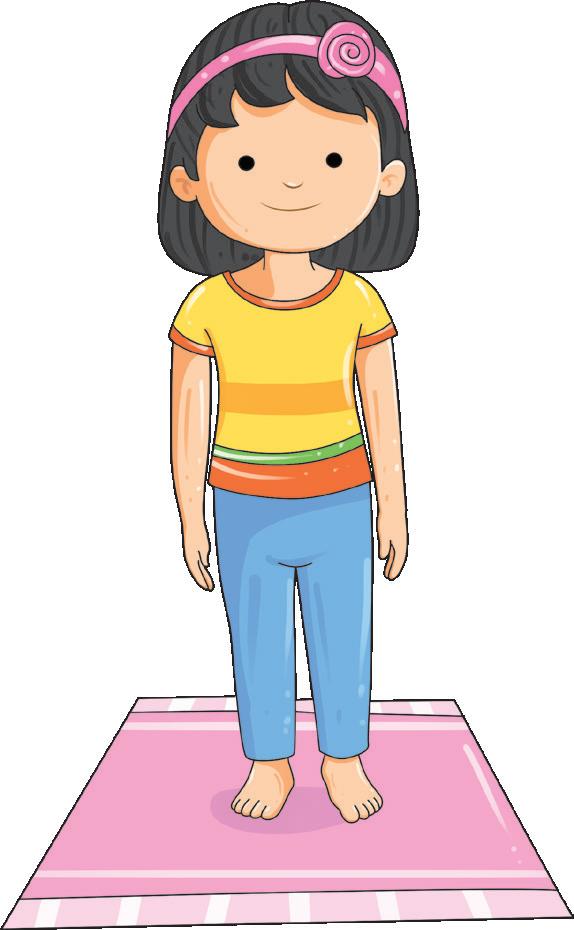
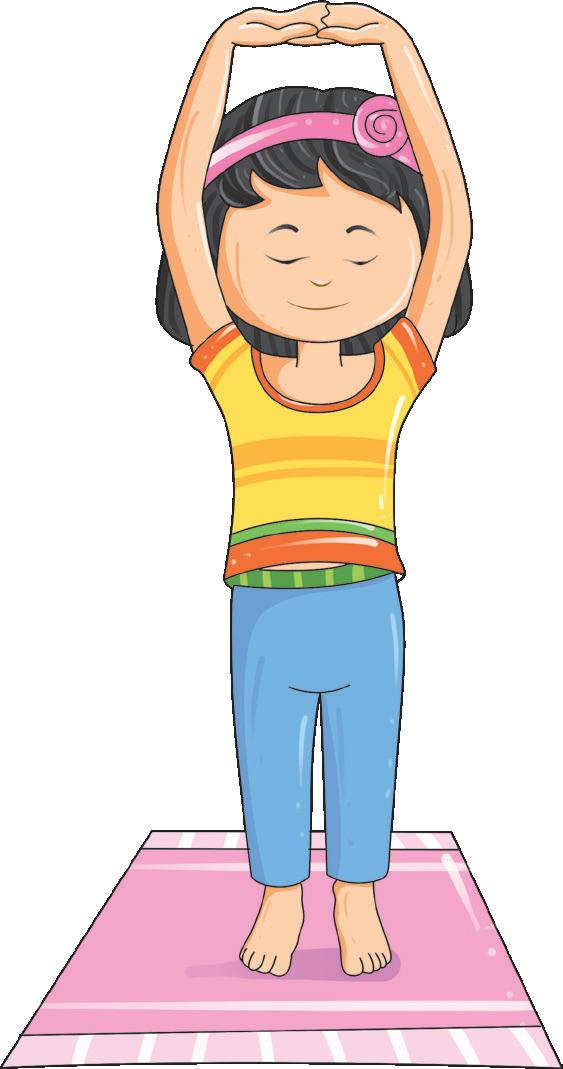


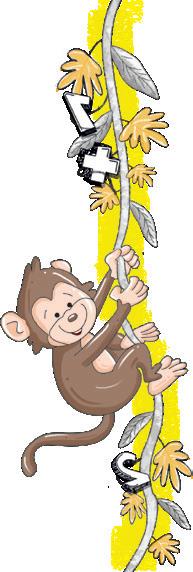


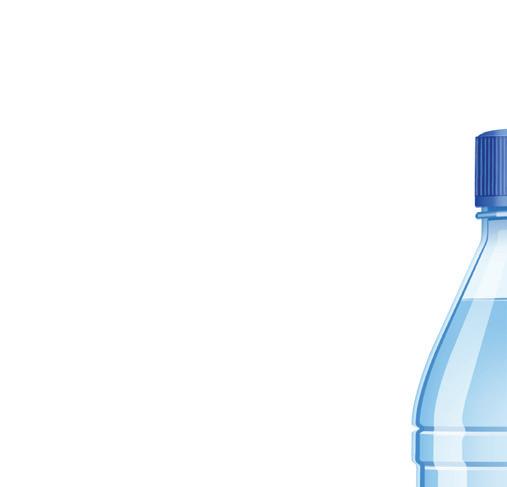



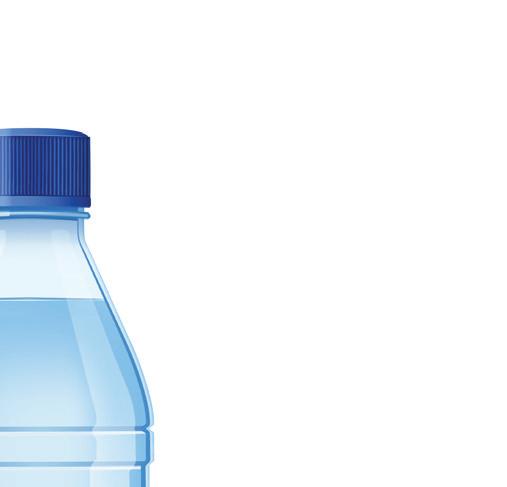

The waterbottle is heavy.




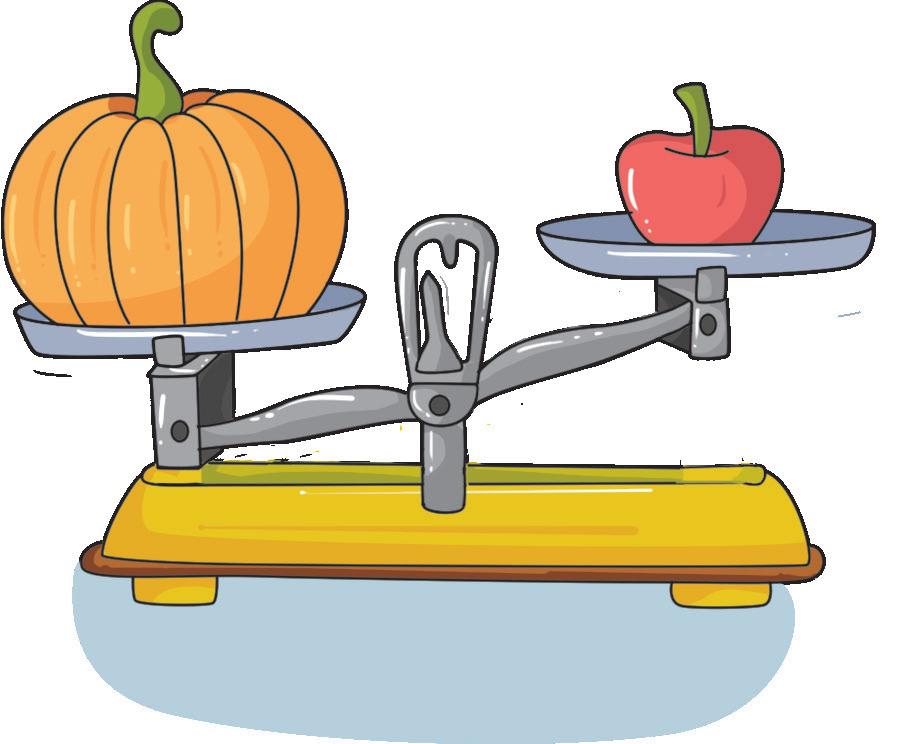
A pumpkin is heavy.

Objectives
Observation Identify heavy and light objects
The pencil is light. An apple is light.






From the following pairs, hold one thing in each hand. Which is heavy, which is light?
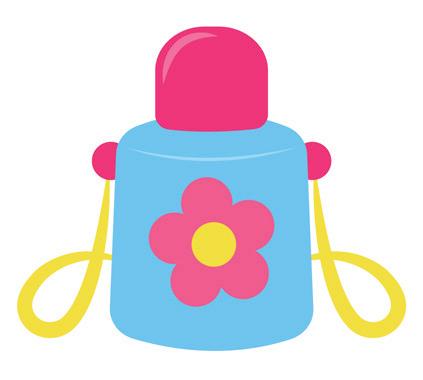
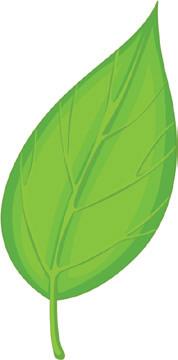
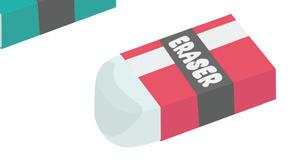


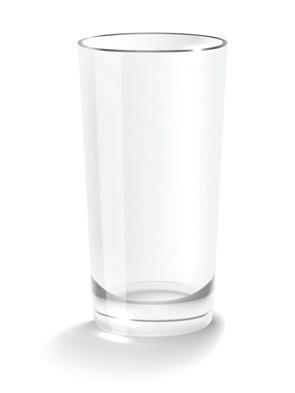
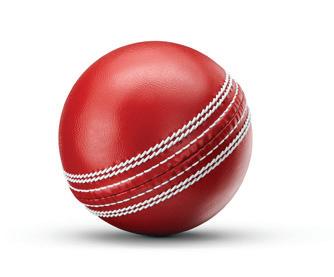

Now, paste their stickers in the correct boxes below. (Use the sticker sheet.)

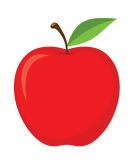
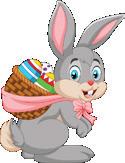
Objectives
Observation Identify heavy and light objects










The snake is long.
This pencil is long.



The worm is short.
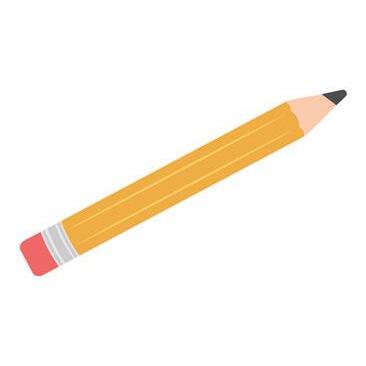
This pencil is short.
Everybody has a nose, Some have short, some have long.
Everybody has hair, Some have short, some have long. Everybody has legs, Some have short, some have long.
O bjectives Fine motor skills
Visual discrimination
Oral maths vocabulary development
Identify long and short objects






This is a long ribbon. Paste a short ribbon.

Draw long hair on one girl. Draw short hair on the other girl.
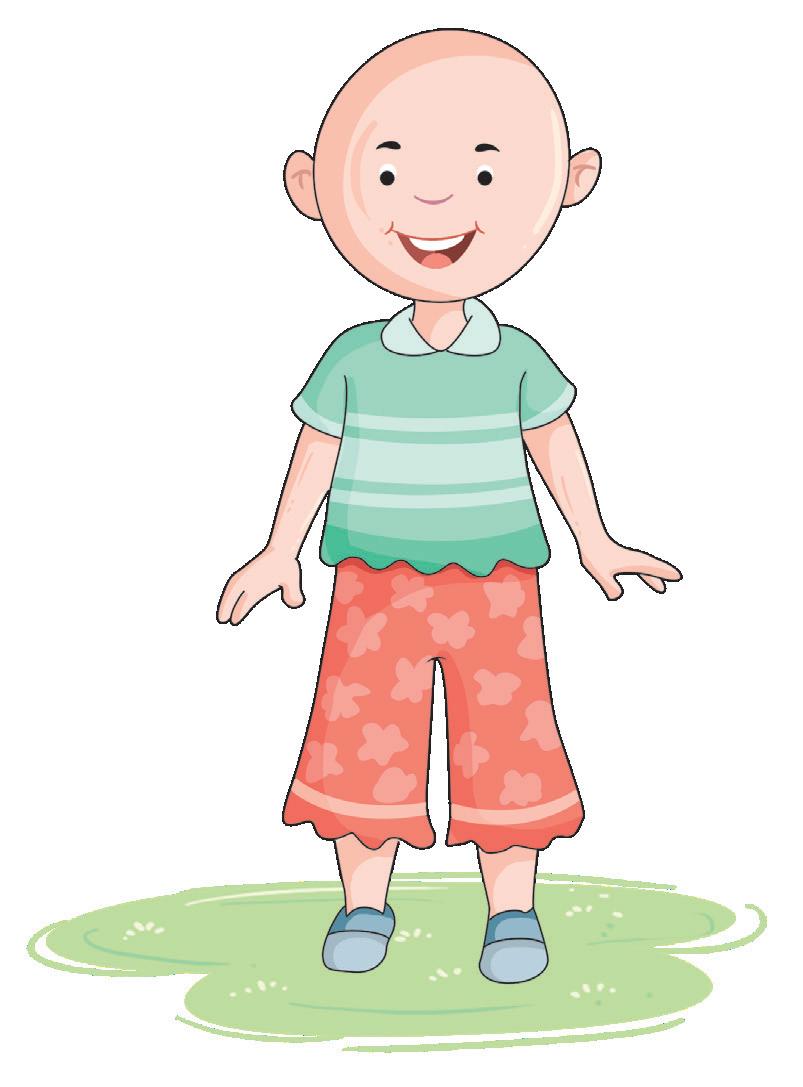

Objectives
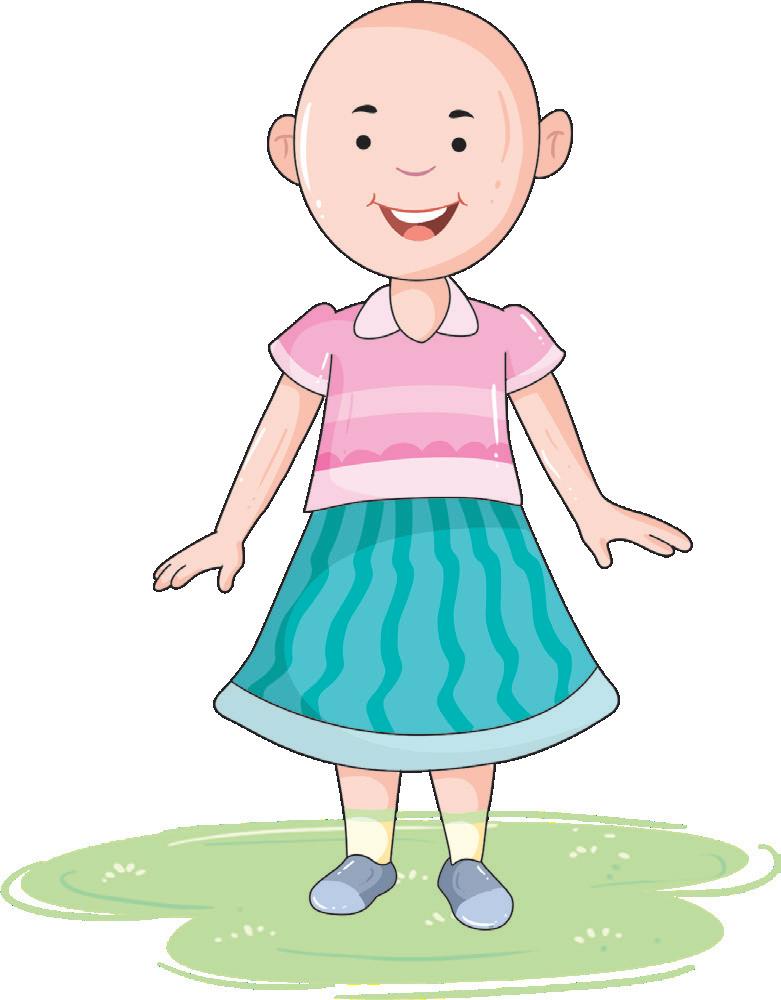
Fine motor skills Visual discrimination Identify long and short objects









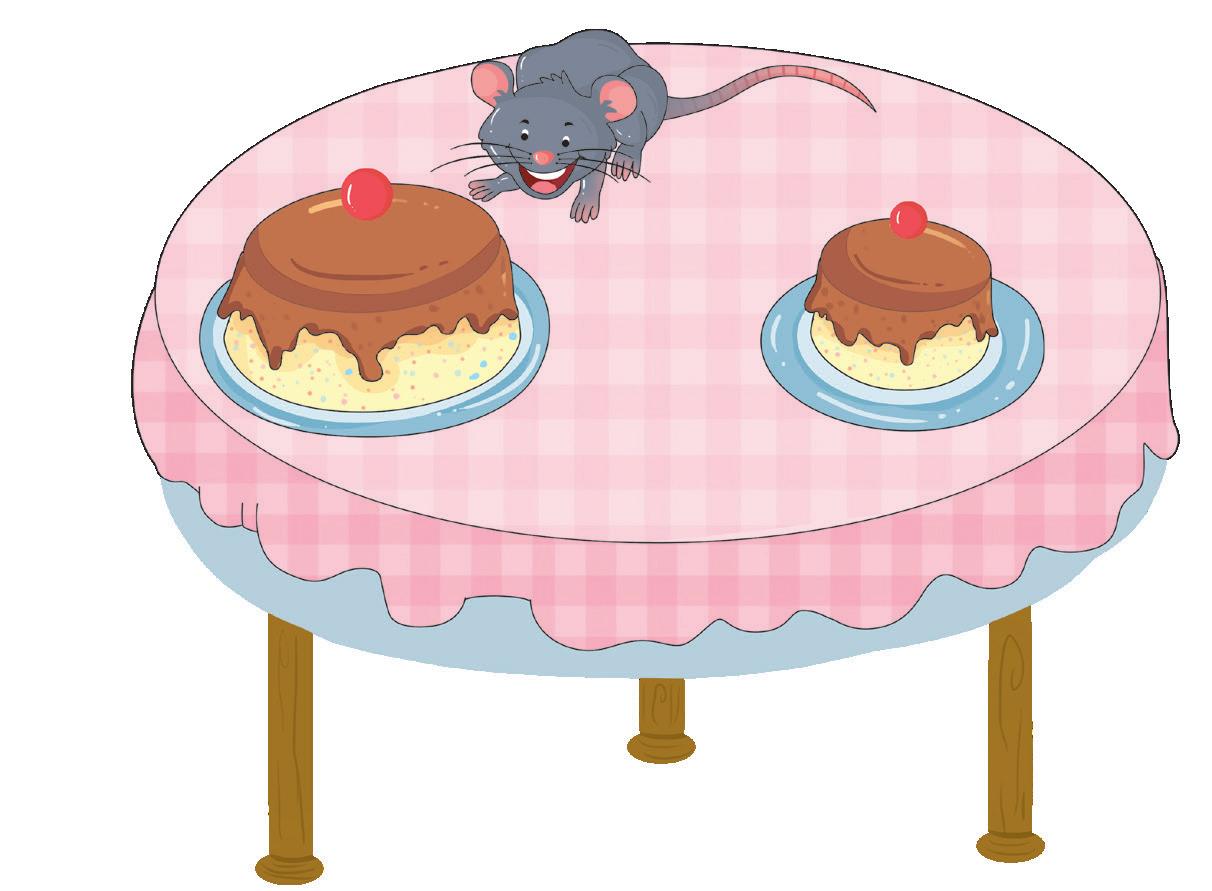
Anjali sees the rat and screams.
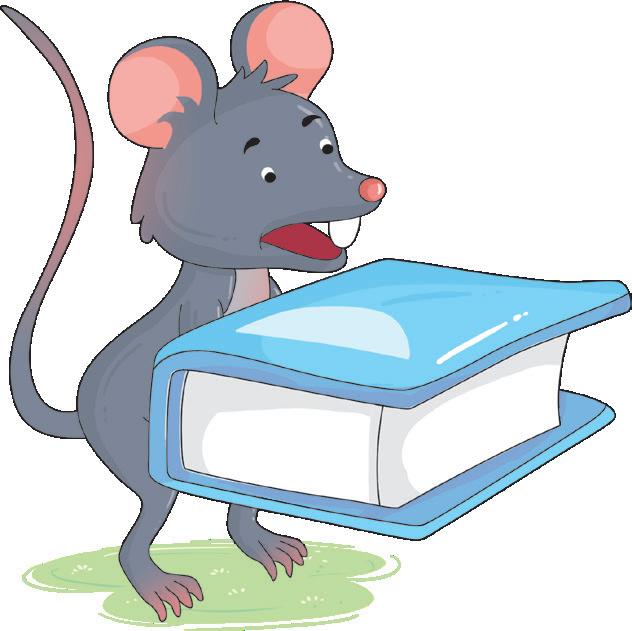


A small rat sees two cakes on a table. It goes to eat the bigger one.
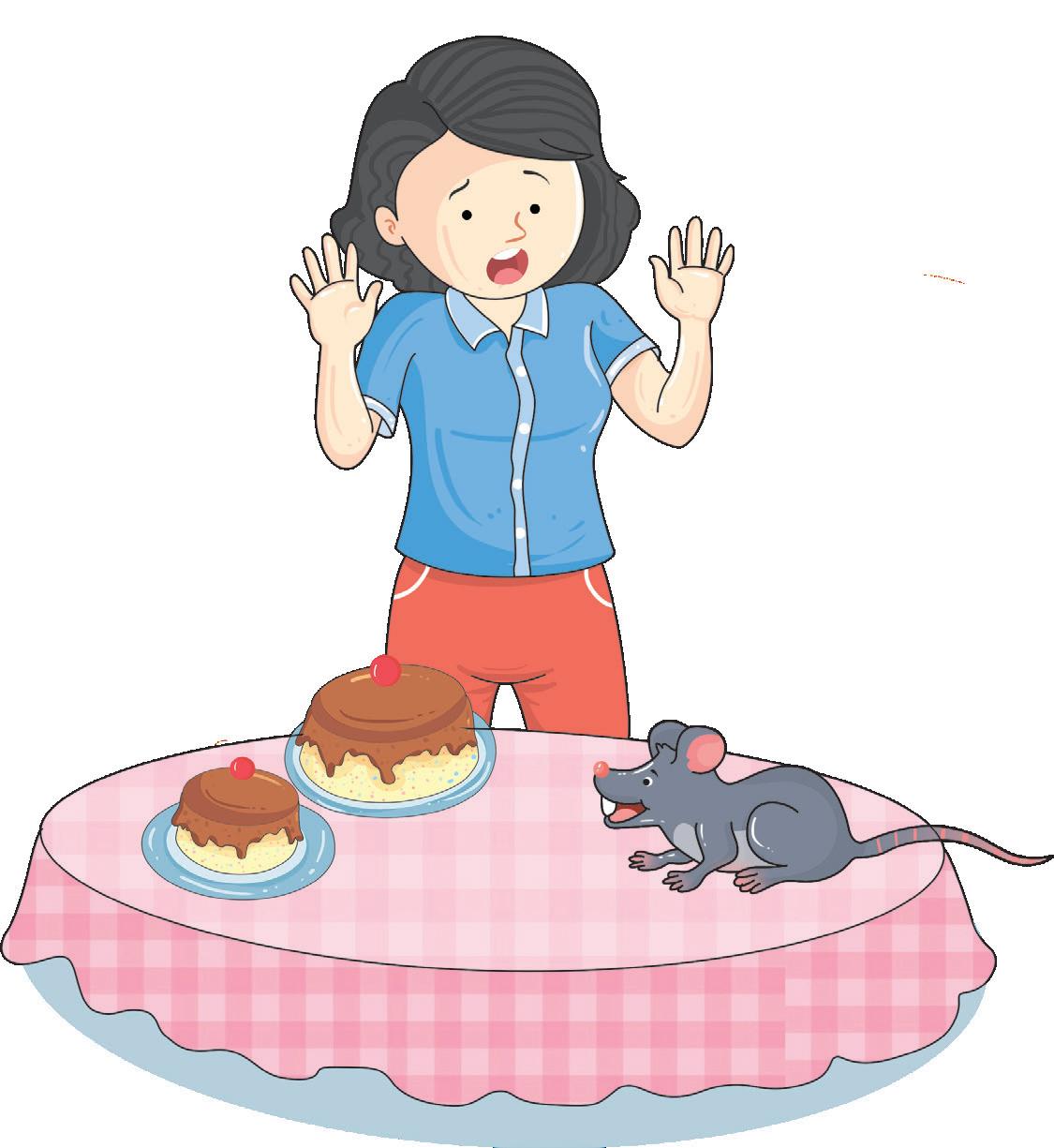
The rat tries to hide under a book. But the book is heavy.






It tries to hide under the dog’s bushy tail.

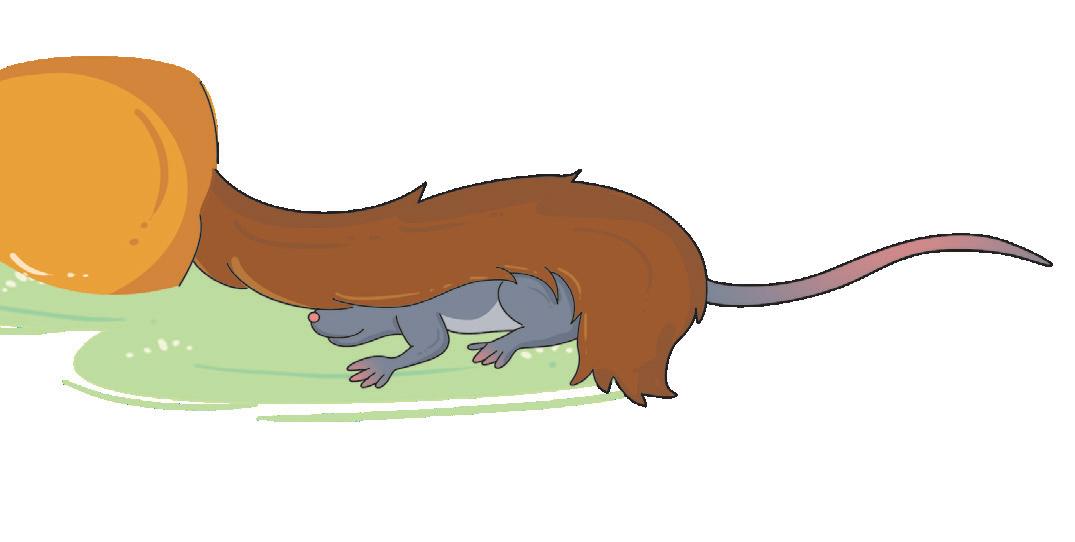
But
the rat’s tail is long. He cannot hide his long tail.
Anjali chases the rat out of the house. The poor rat could not eat the cake.
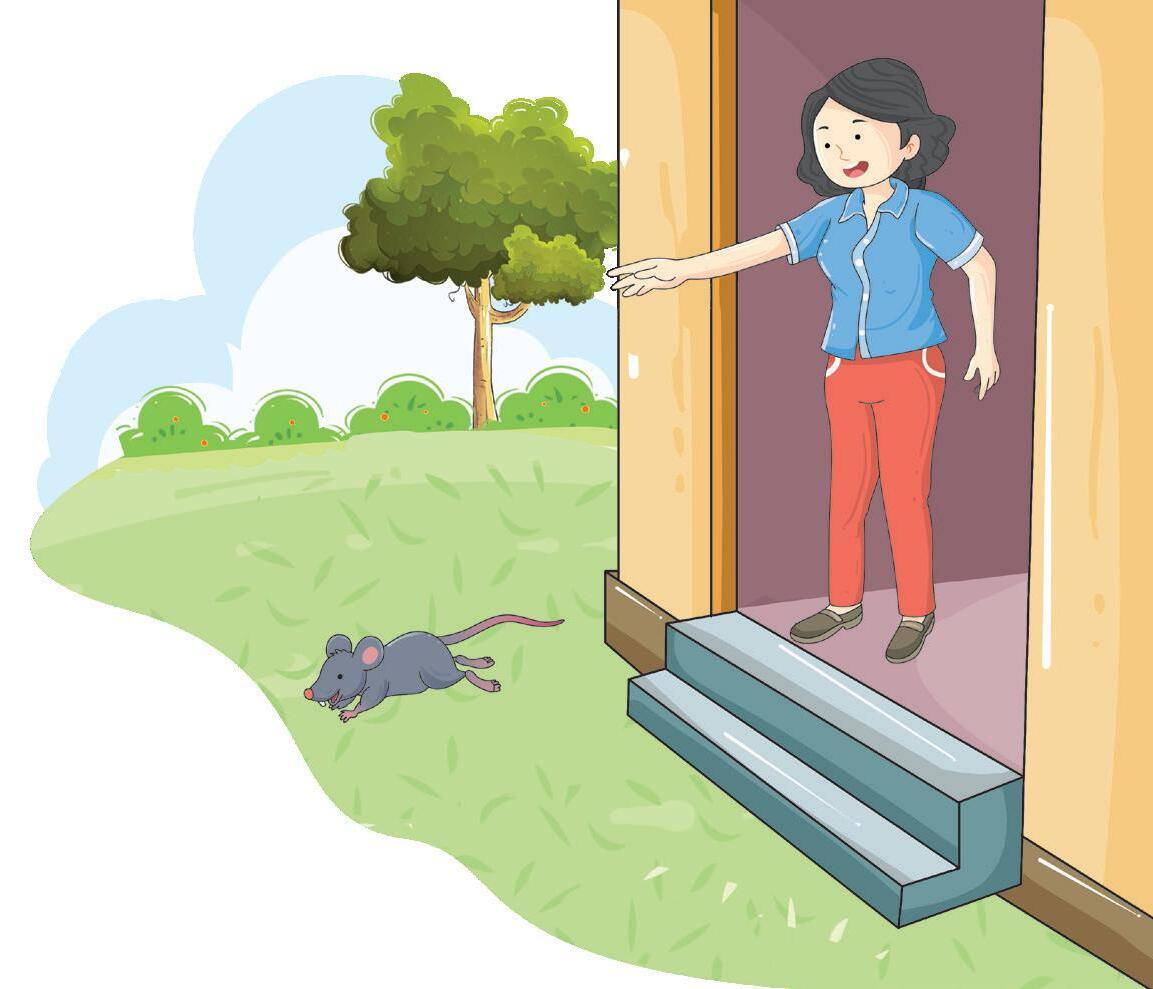
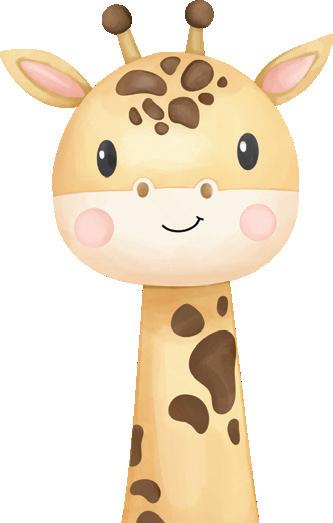

To emphasize pre-number concepts through the story, the following questions can be asked:
1. Which cake did the rat choose to eat?
2. Why couldn’t the rat hide under the book?
3. Why couldn’t the rat hide its tail?
4. Can you think of something else that is heavy?
5. What are some things in your classroom that are big or small?
Objectives Oral maths vocabulary development Observation








Look at the two balls. They are the same size. So, we can say, ‘Ball A is the same size as Ball B.’
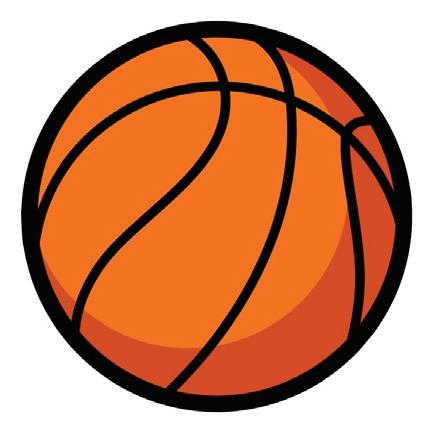
Ball A

Ball B
Ball C is not the same size as Ball D. The two balls are different in size.

Ball C
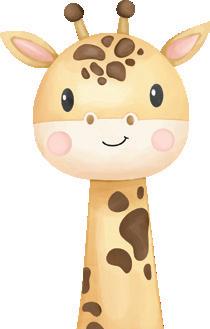
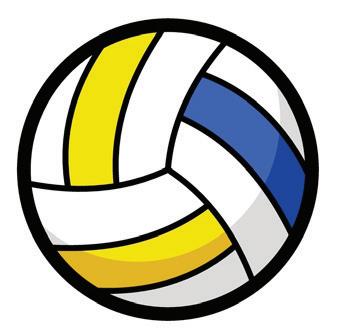
Ball D
Use visual aids like pictures or objects to demonstrate sameness and differences. Engage children in games or activities that involve sorting or matching objects based on similarities and differences. Encourage verbal communication by asking questions such as, “How are these two things the same?” and “How are they different?”



Objectives
Observation Visual discrimination Identify same and different objects






Tick () the ball that is the same size as the ball in the box.


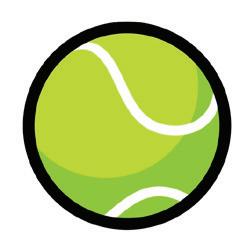
Join the dots to match the same objects.
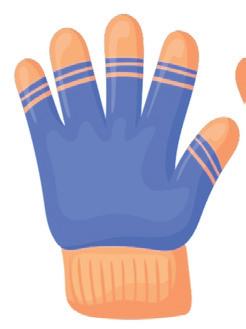
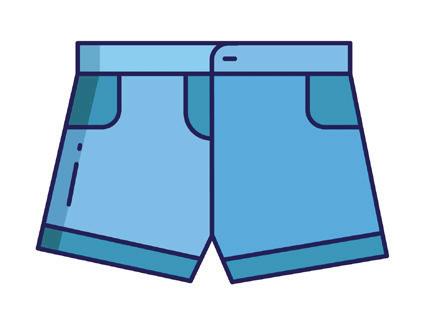
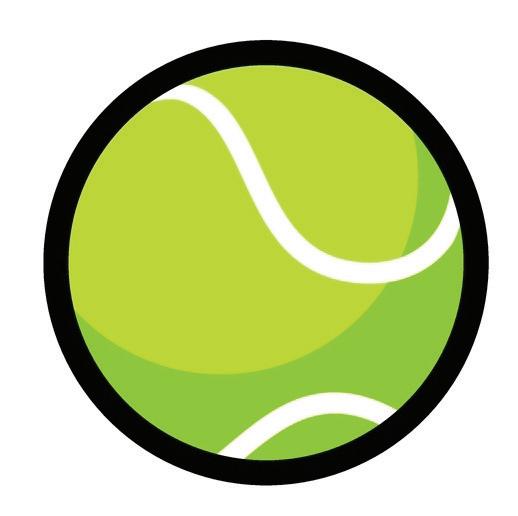
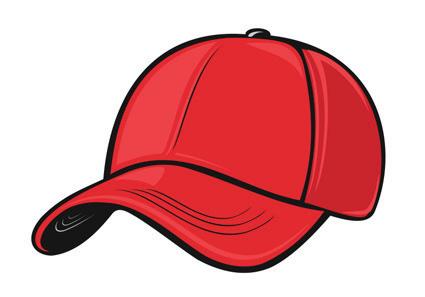
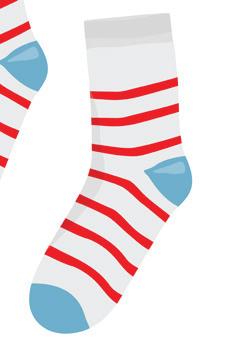





O bjectives
Observation Visual discrimination Identify same and different objects








These two blocks are exactly the same.
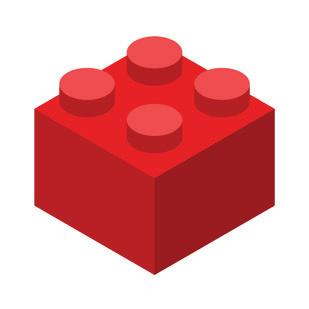

These two blocks are different.


Let us put these blocks together. Two are same and one is different. The different block is the odd one out.



Different
Let us see more examples of odd ones out.


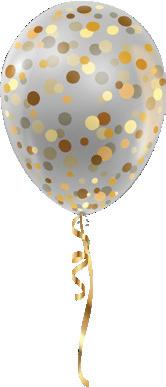



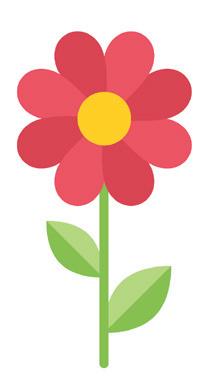

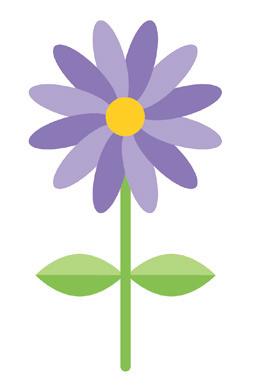
Objectives Observation Visual discrimination Identify odd objects






Circle the odd one out in each set.

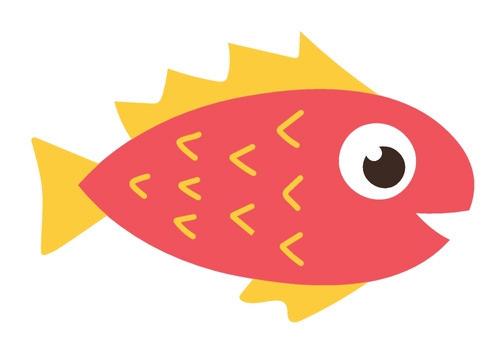

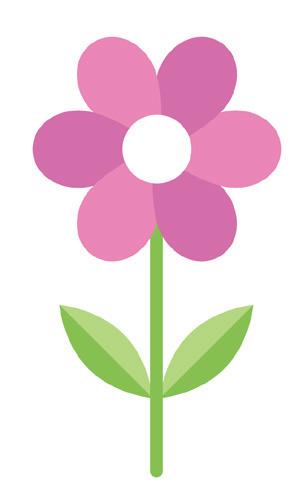
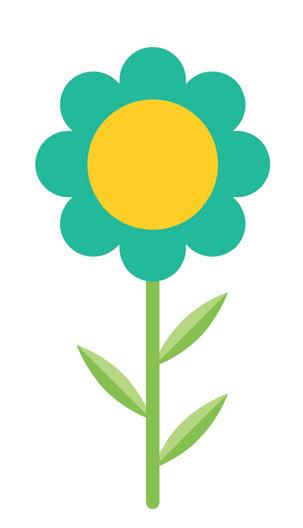

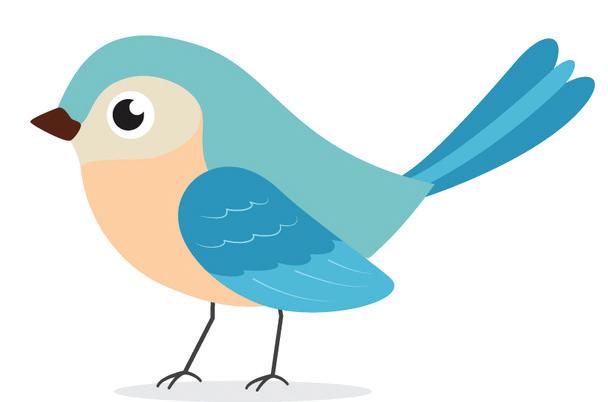
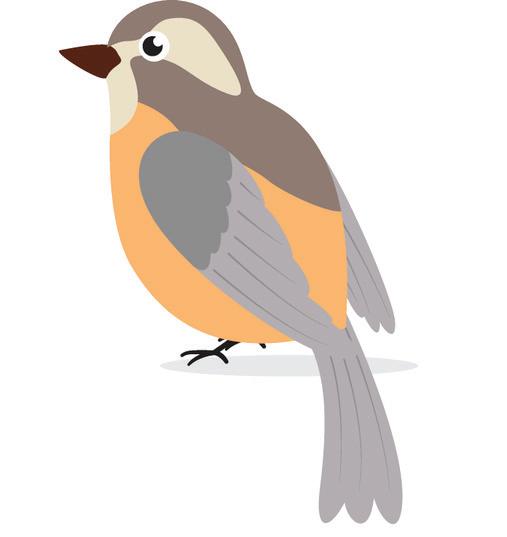

Objectives



Observation Visual discrimination Identify the odd objects
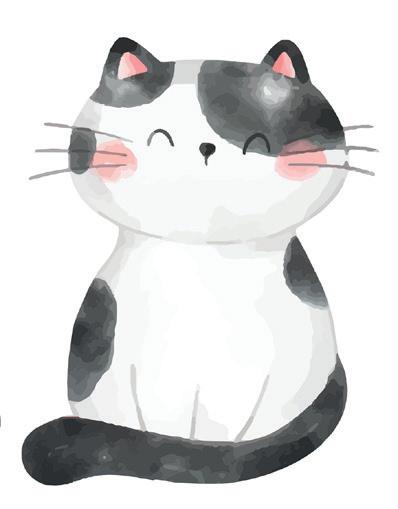







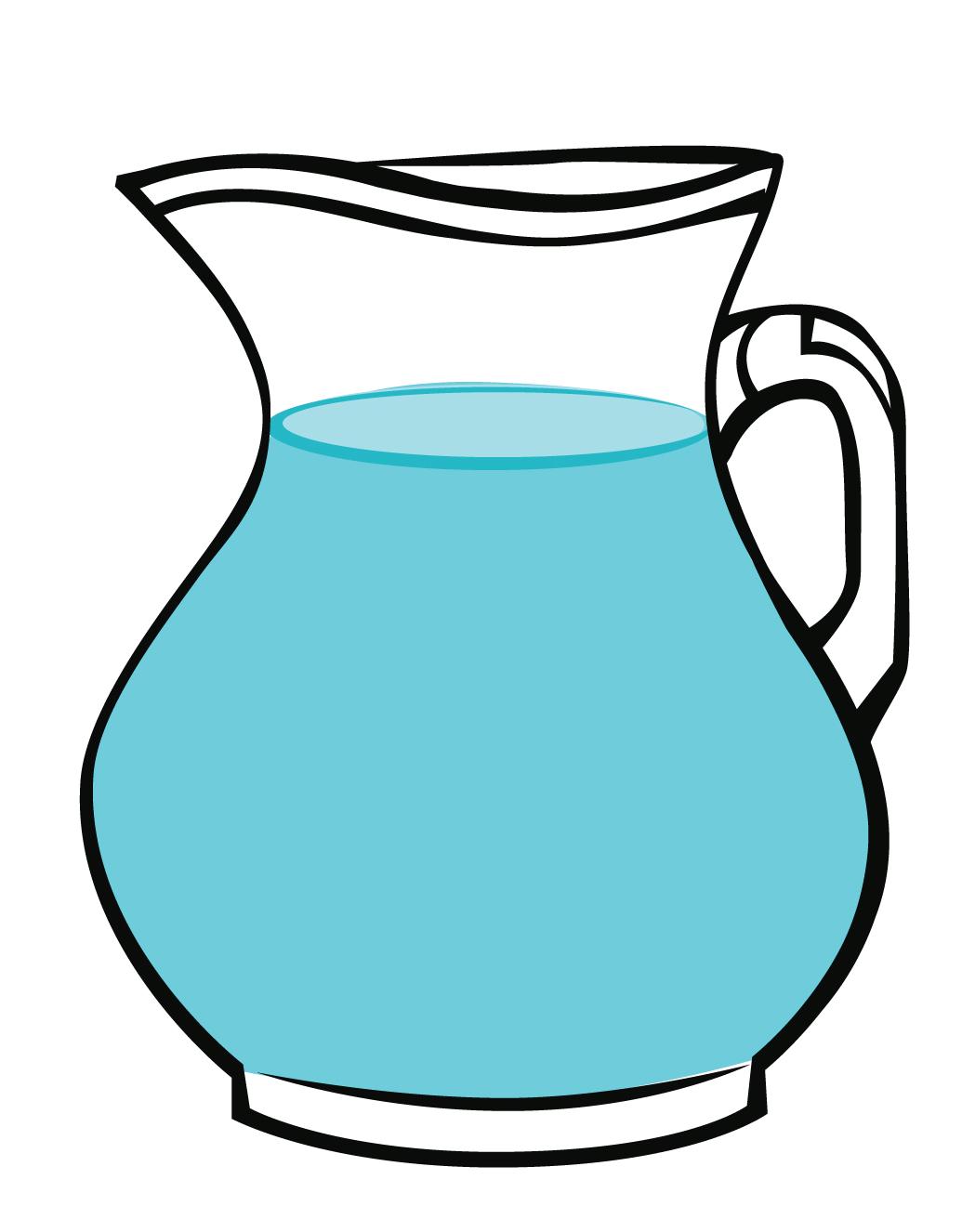



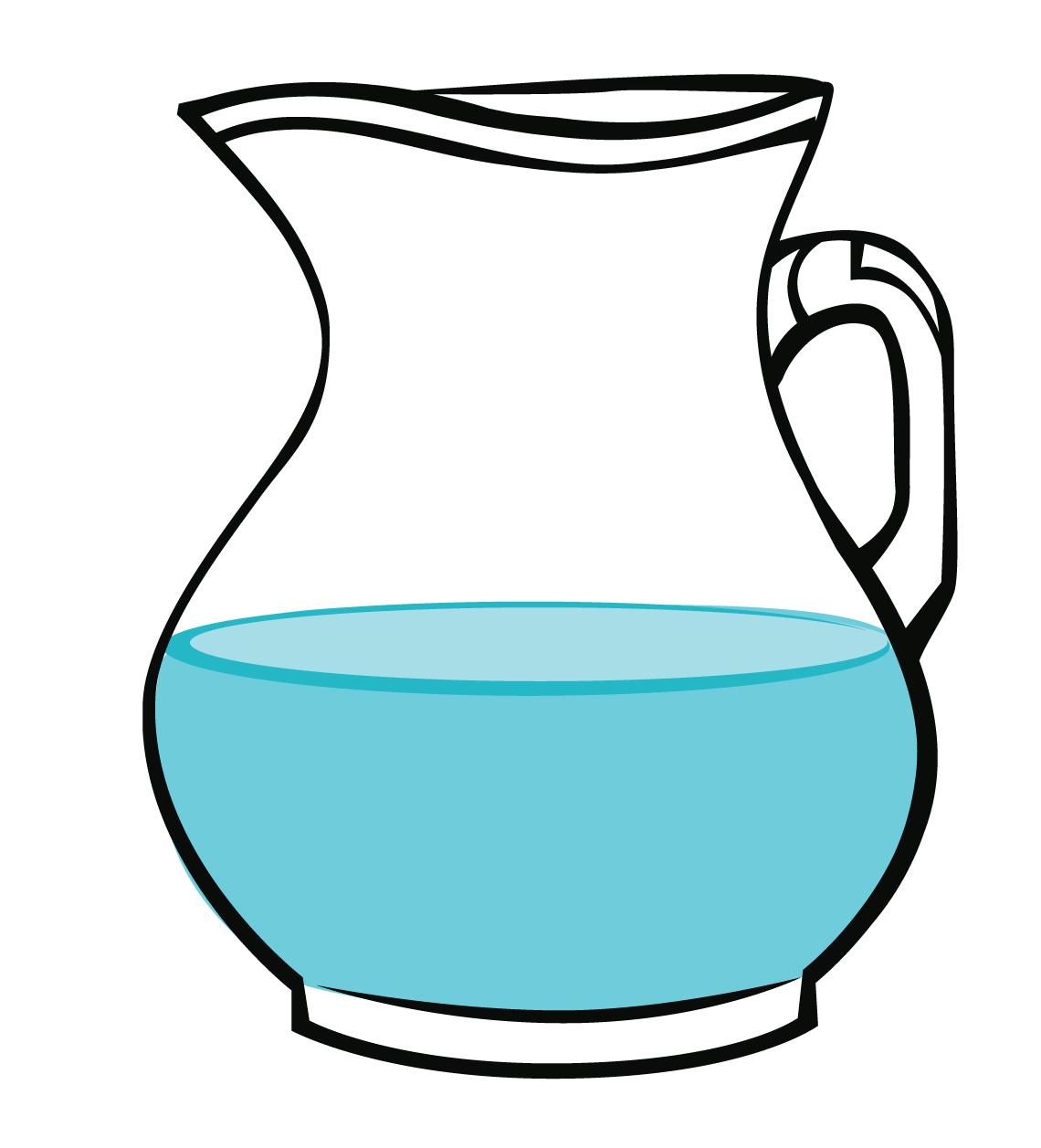
This jug has more water. This jug has less water.
This basket has less eggs. This basket has more eggs.

Objectives
Observation Visual discrimination Identify more and less






Colour one bucket to show more water. Colour the other bucket to show less water.
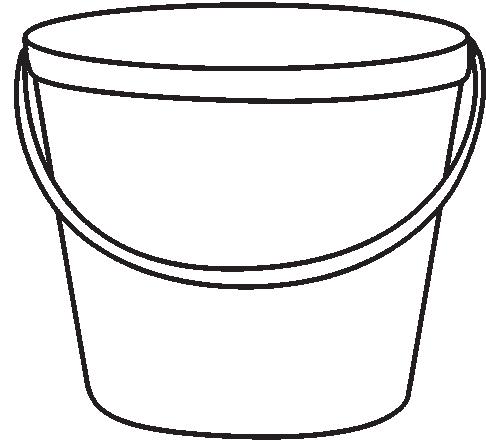
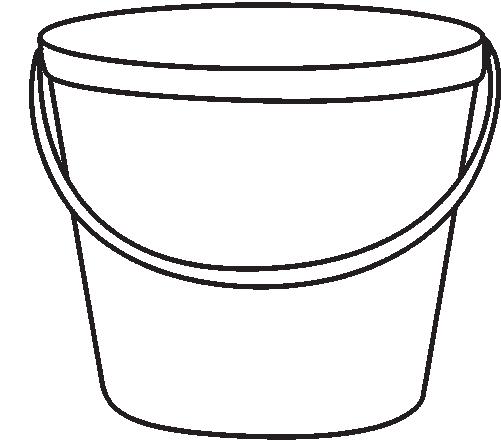

Objectives Fine motor skills Visual discrimination Identify more and less







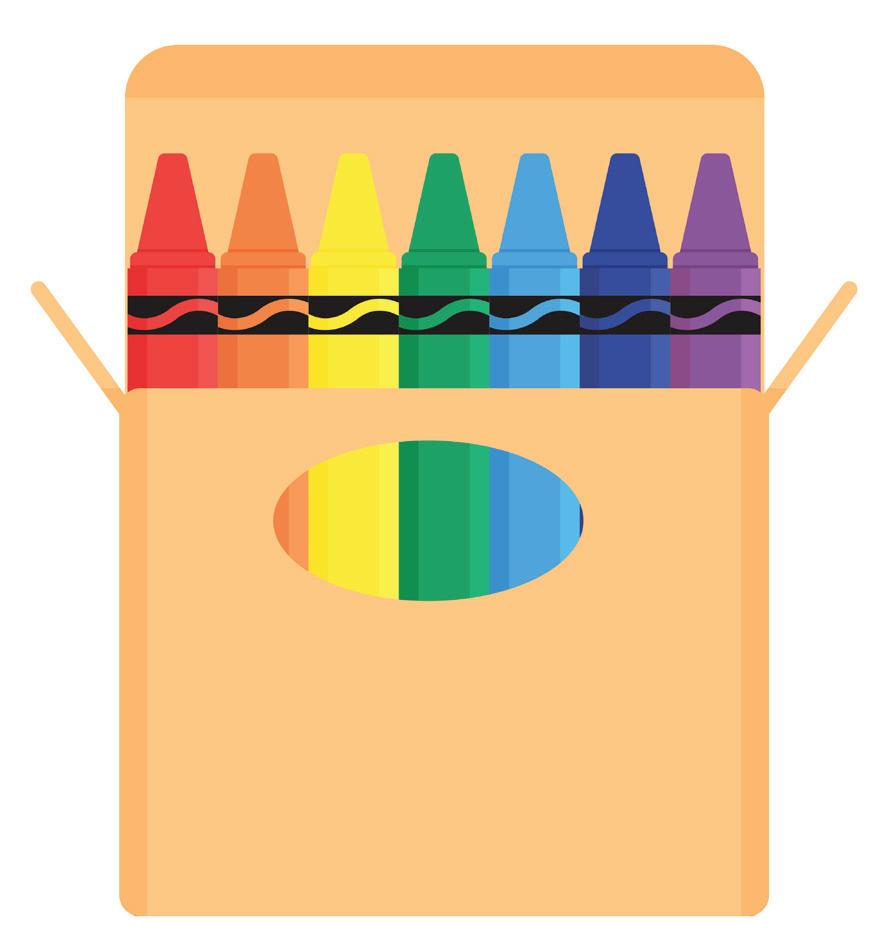
This crayon box is full.
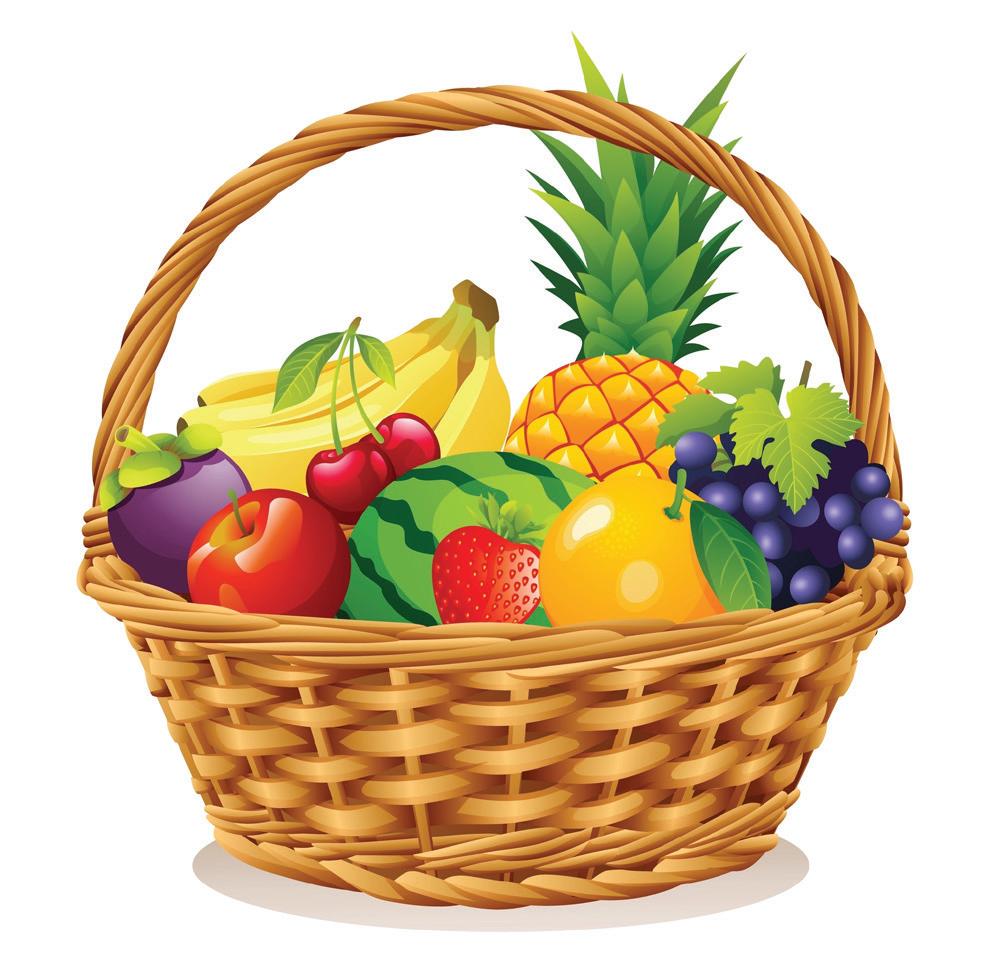




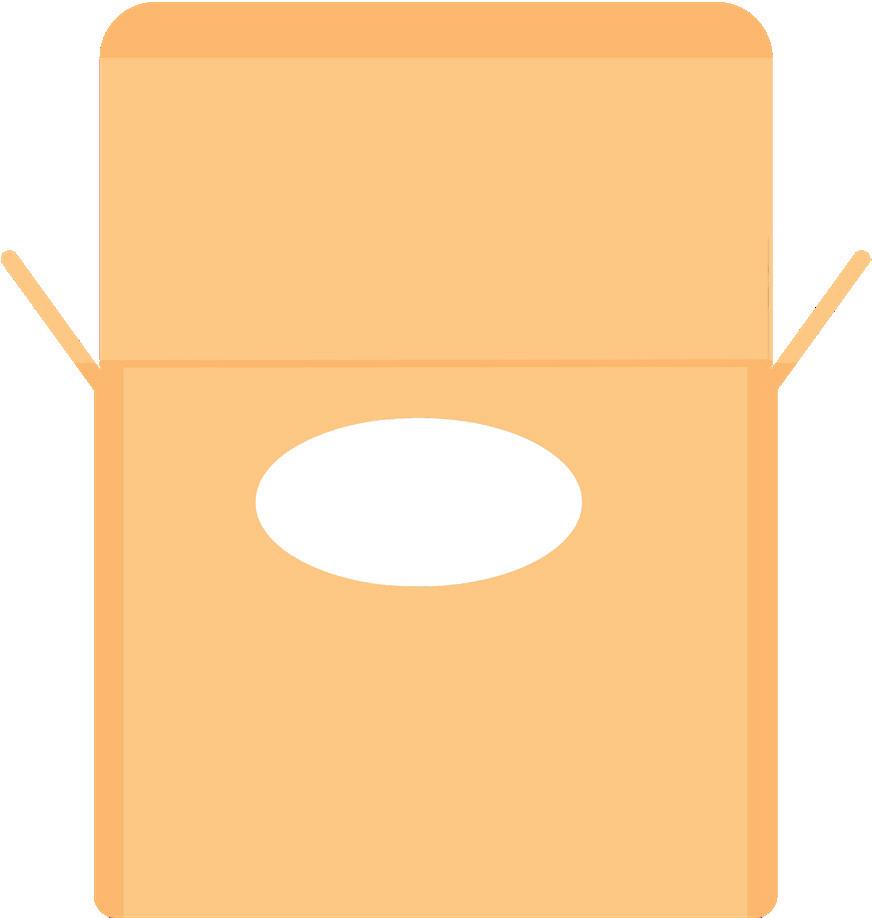
This basket is full. This basket is empty. This crayon box is empty.
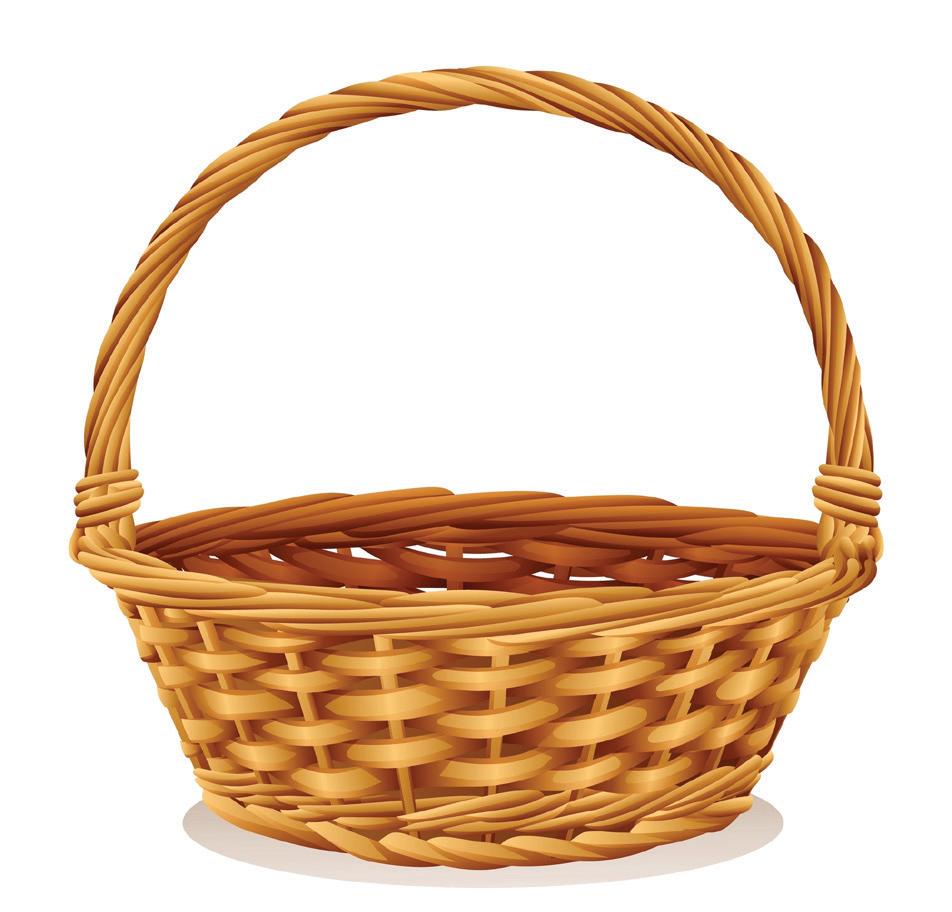
Objectives
Observation Visual discrimination Identify full and empty containers






Paste the stickers of mangoes to make the top basket full. Leave the bottom basket empty. (Use the sticker sheet.)
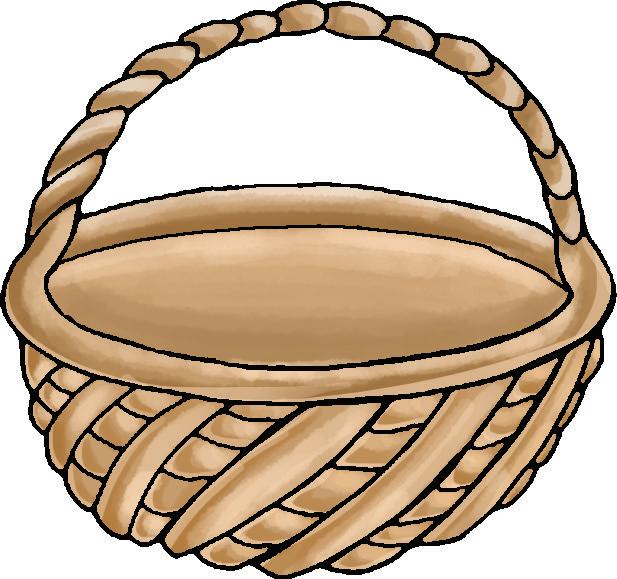


Objectives








Connect the dots so each monkey gets one mango.
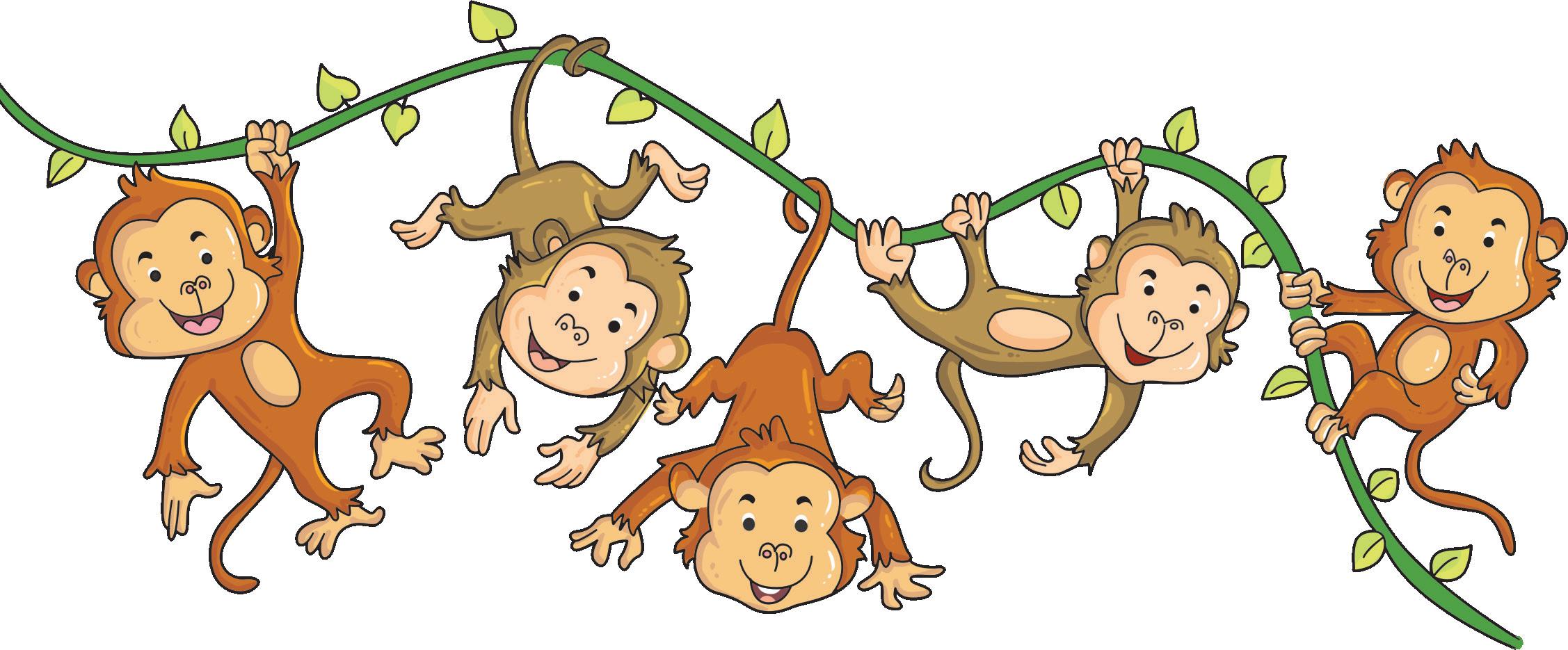


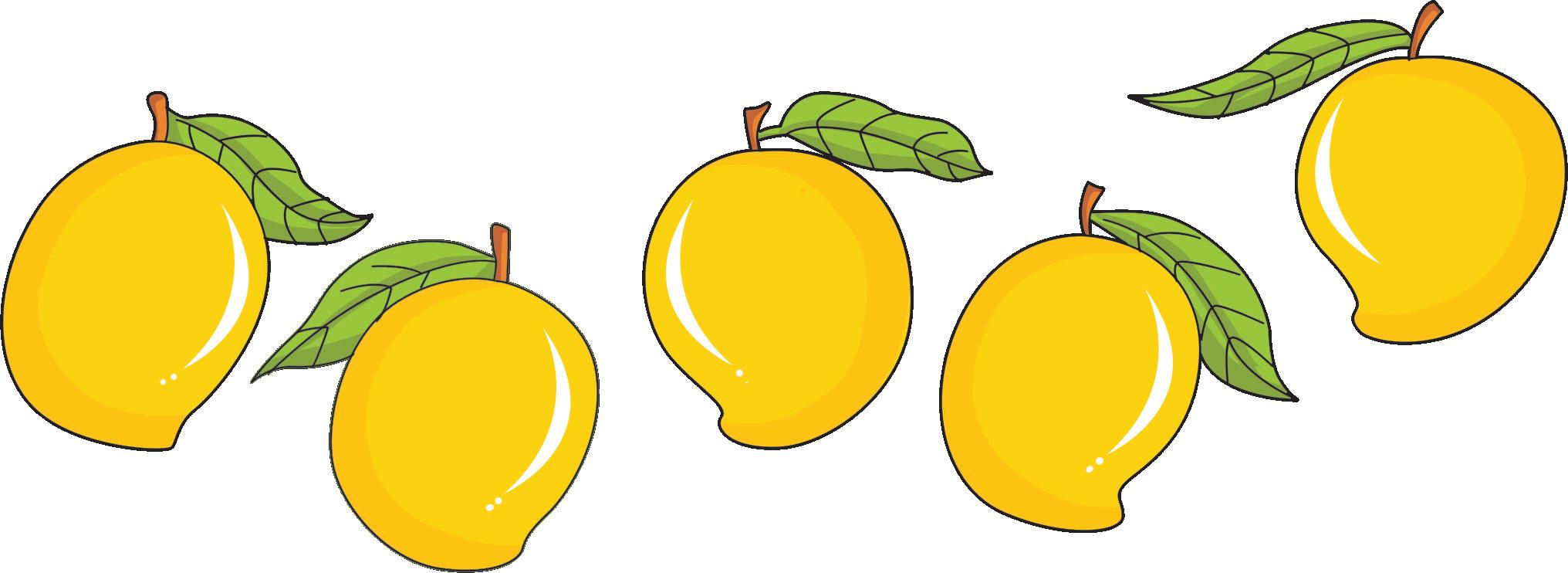

Objectives
• One-to-one correspondence









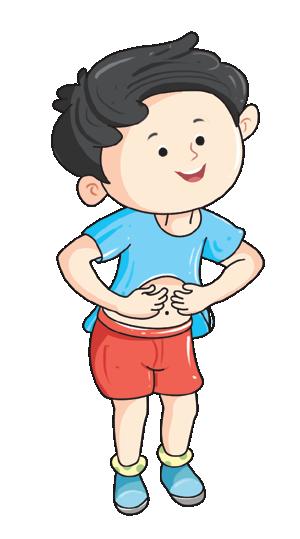
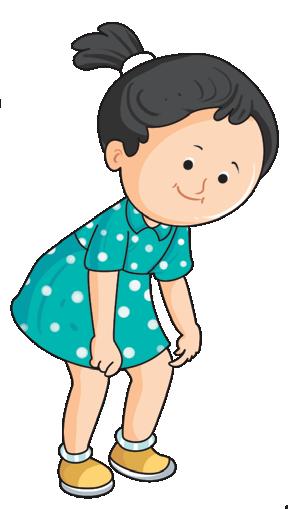
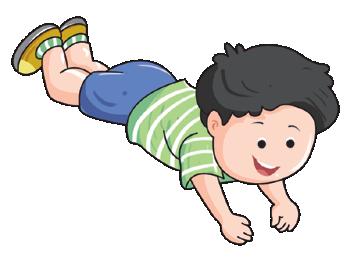

Number one, tickle your tum.
Number two, just say, ‘Boo!’
Number three, touch your knee.
Number four, touch the floor.
Number five, do a dive.
Number six, wiggle your hips.
Number seven, jump to heaven.
Number eight, stand up straight.
Number nine, walk in a line.
Number ten, do it all again.
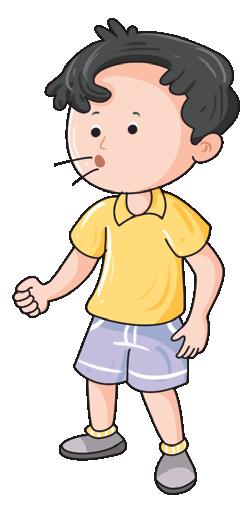
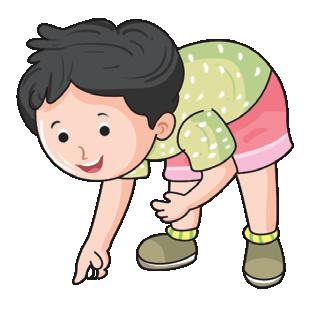
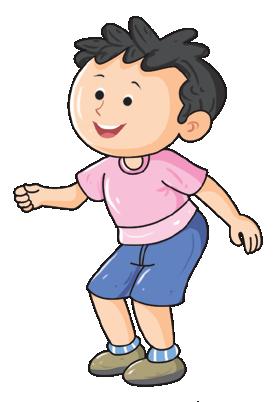

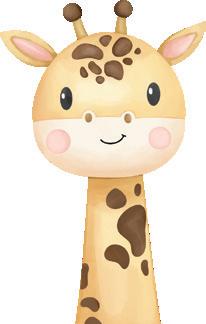

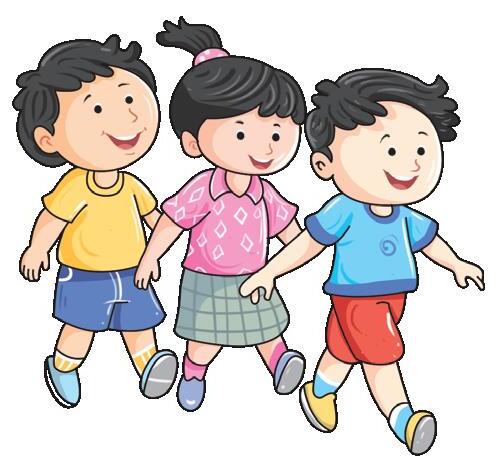
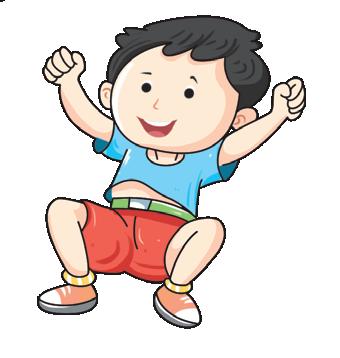
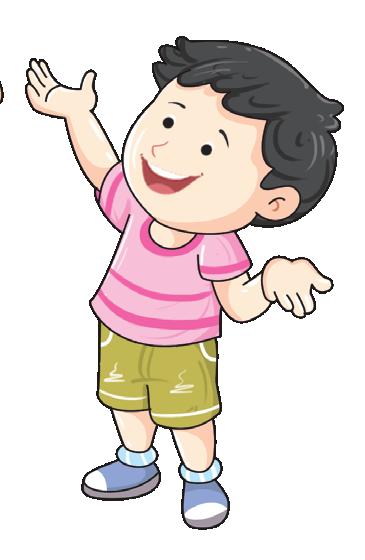
Teach numbers through catchy songs and rhymes to make learning fun and memorable. Integrate counting into daily activities, like counting steps, snacks, or toys during clean-up time. Engage children with handson activities like counting blocks, sorting toys, or using counting beads. Play number games such as number matching, hopscotch with numbers, or simple board games that involve counting spaces.
Objectives








Trace over the number 1 with your finger. Then, trace with crayons of different colours.

Objectives
Identification of number


Rainbow tracing Counting 1 one
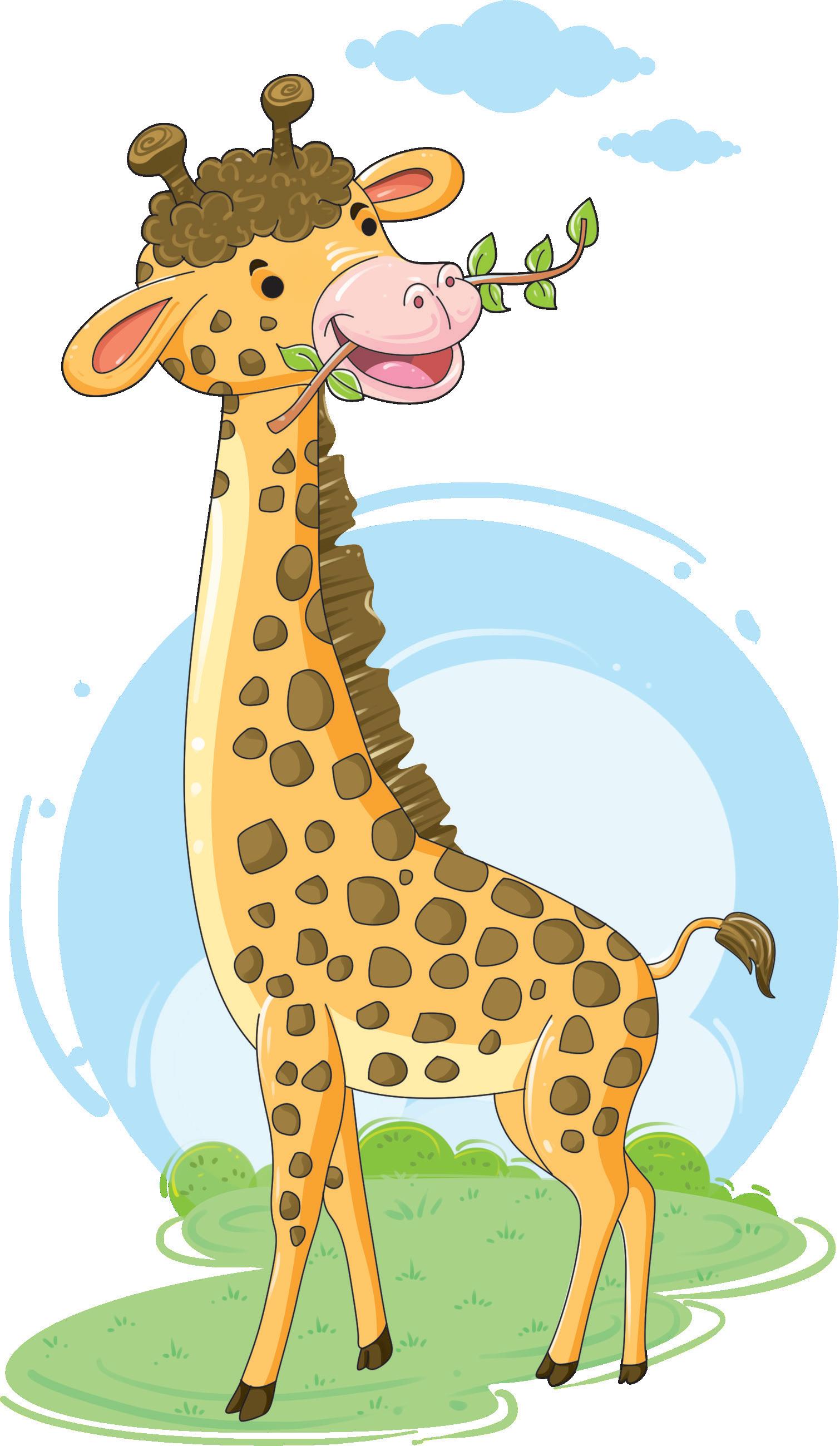








Trace over the number 2 with your finger. Then, trace with crayons of different colours.

Objectives
Identification of number
Rainbow tracing Counting
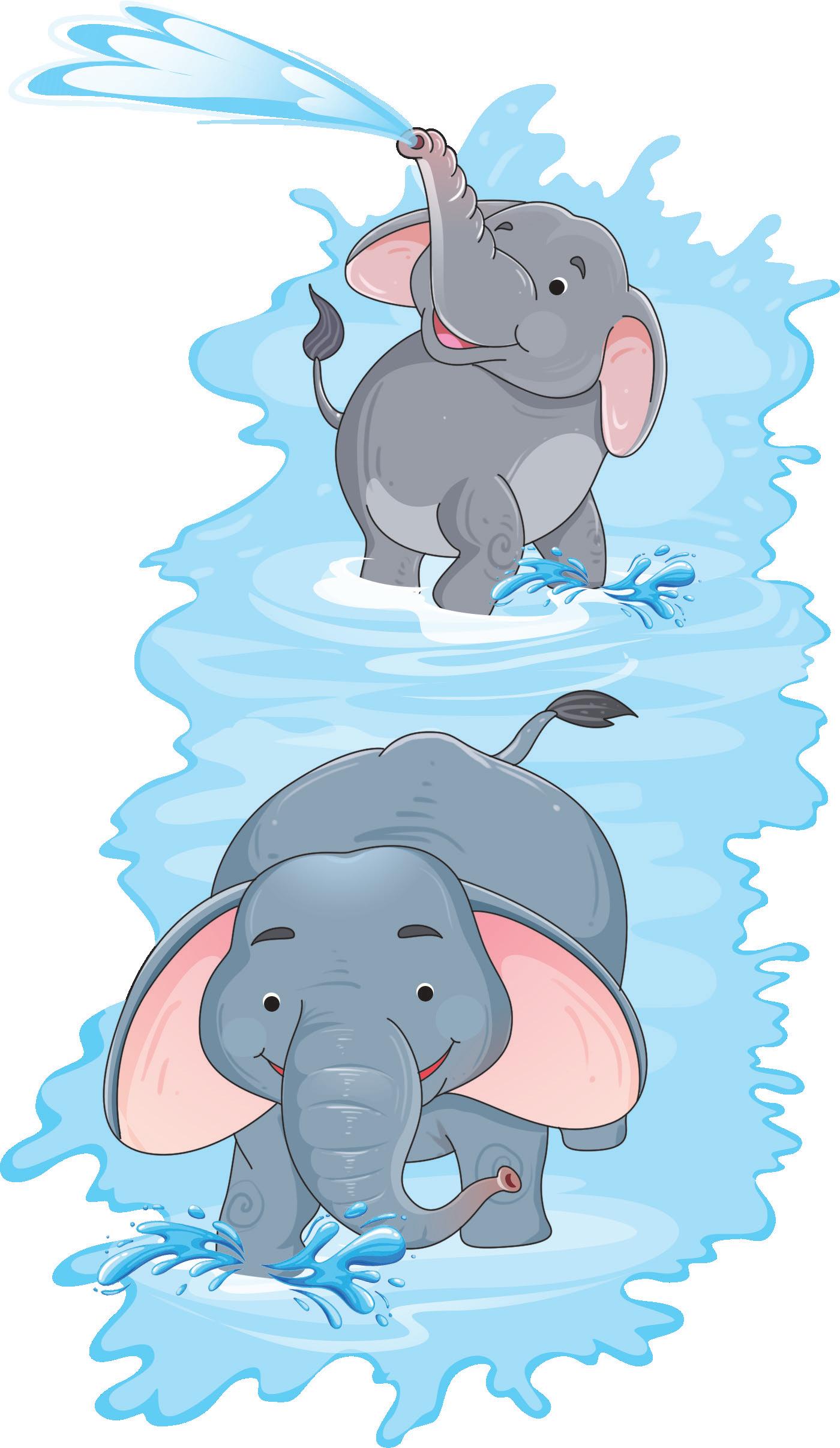








Trace over the number 3 with your finger. Then, trace with crayons of different colours.

Objectives
Identification of number
Rainbow tracing
Counting









Count and write.
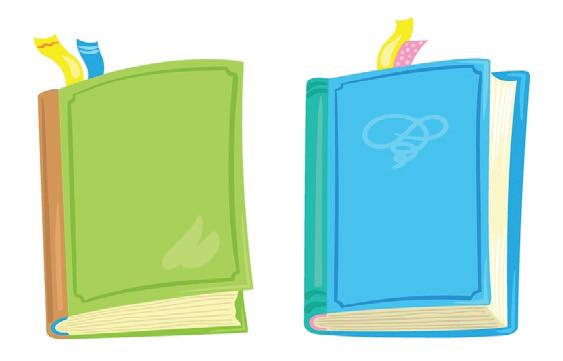
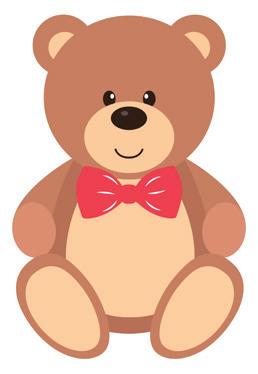

Connect the dots from 1 to 3 to complete the picture. Colour the triangle.
Cross () out the incorrect number.
1 2 2 2 2 2 2 2 3 3 3 3 3 3 3

Objectives








Trace over the number 4 with your finger. Then, trace with crayons of different colours.

Objectives
Identification of number
Rainbow tracing Counting


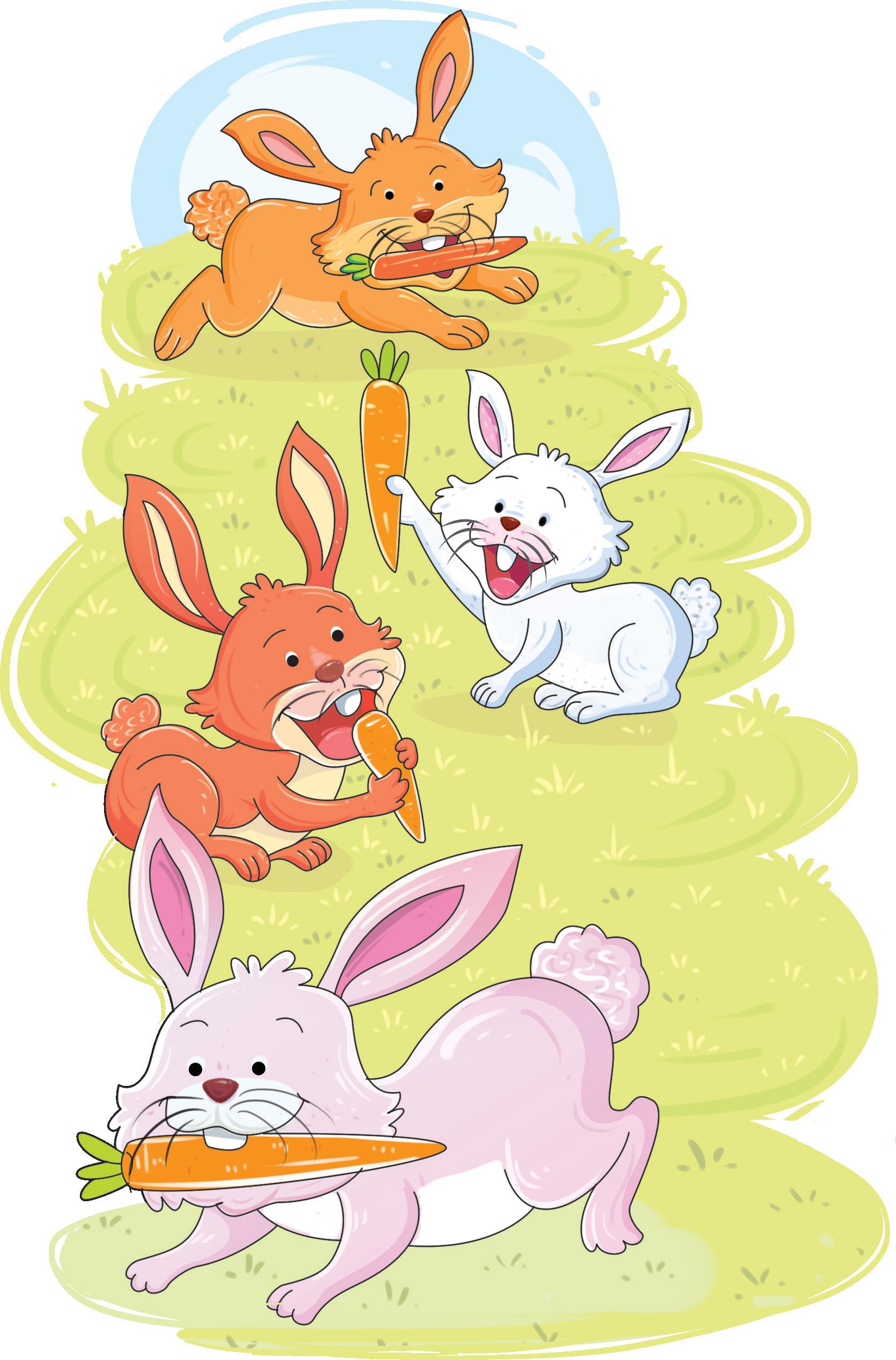
four








Trace over the number 5 with your finger. Then, trace with crayons of different colours.

Objectives
Identification of number
Rainbow tracing Counting
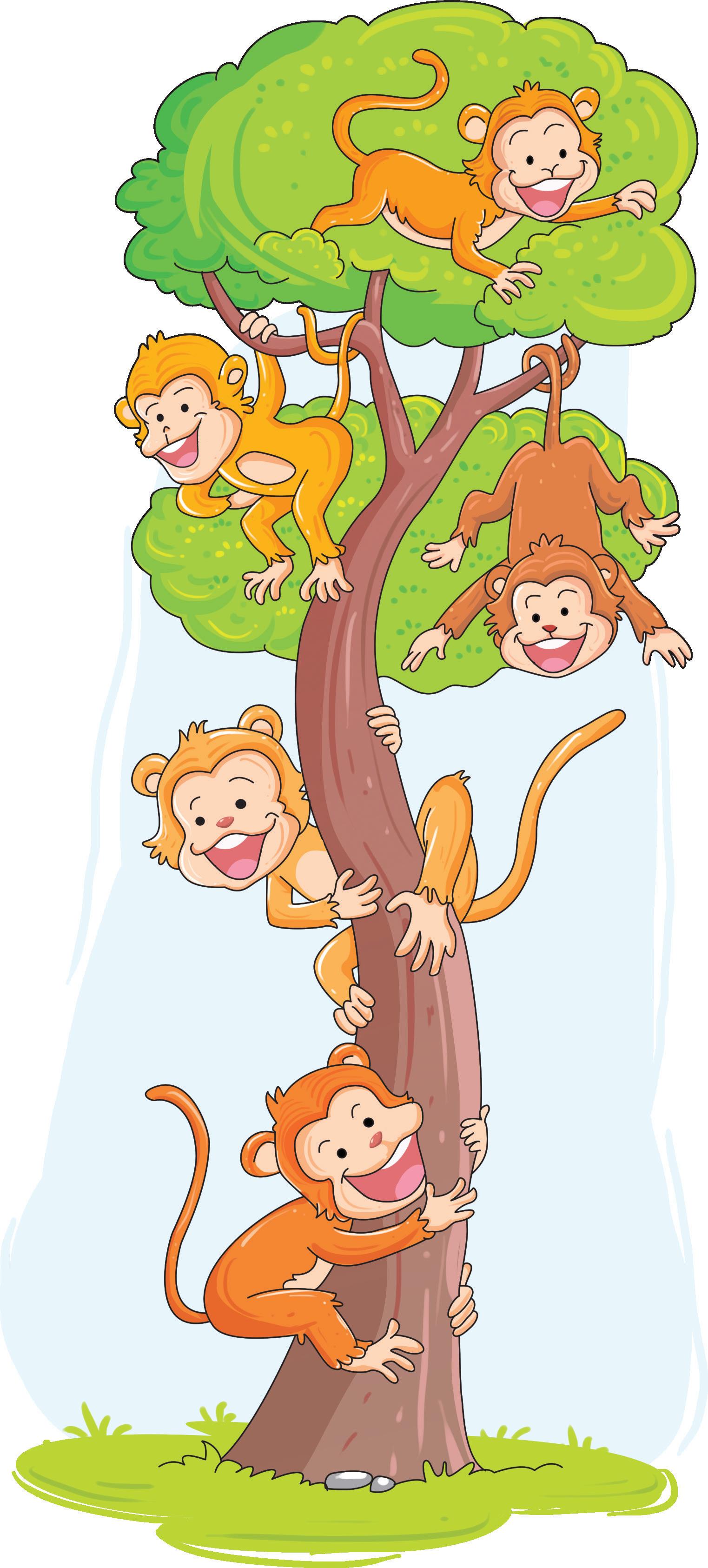




Count and write.


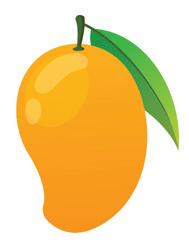



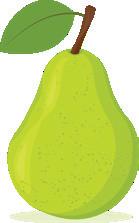





Count the children. Paste the same number of caps. (Use the sticker sheet.)

Write the missing numbers.
1



Objectives Identification of number
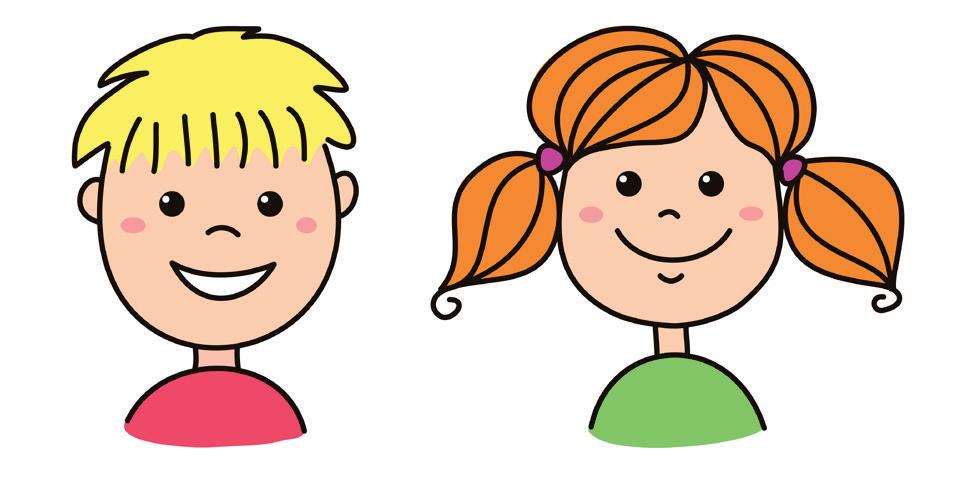
4






Draw the correct number of apples on the tree.
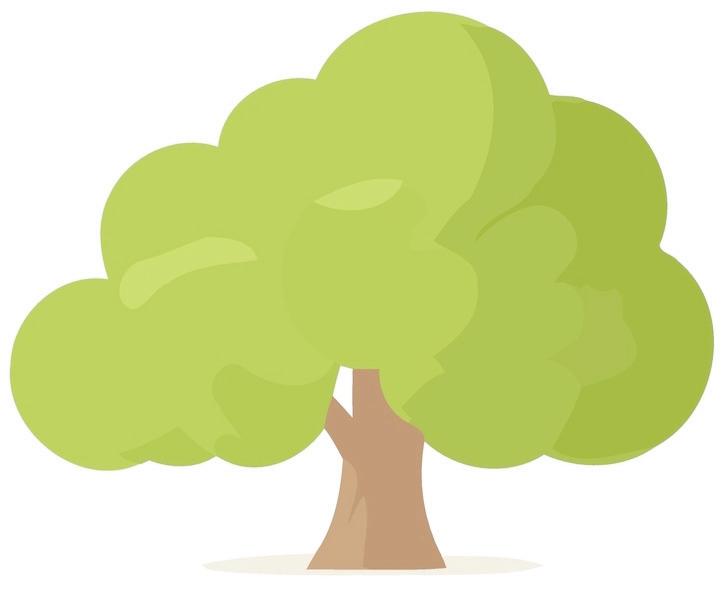
3
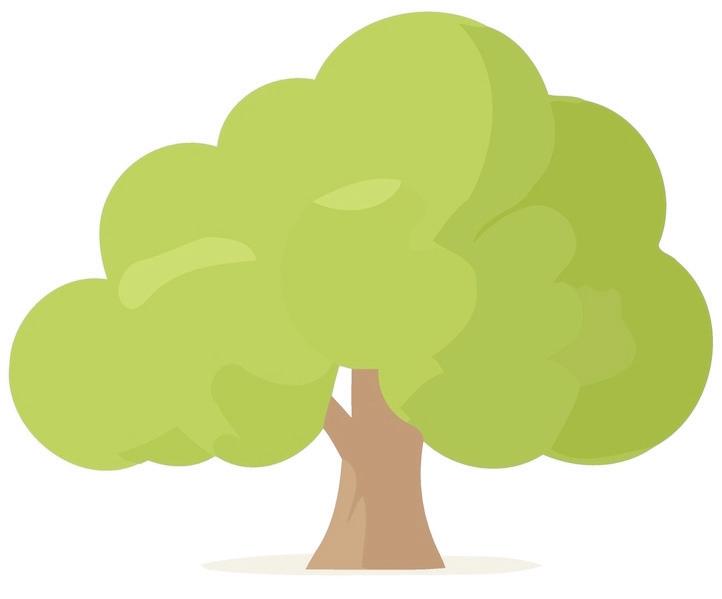
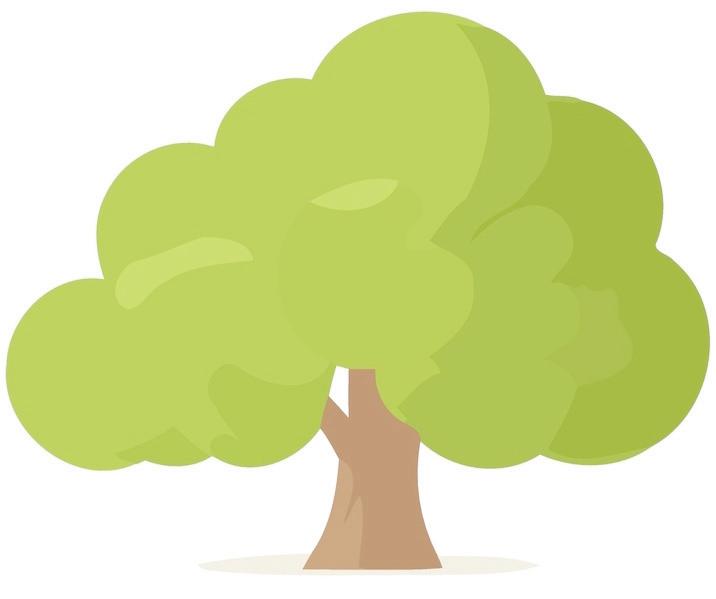
5 1
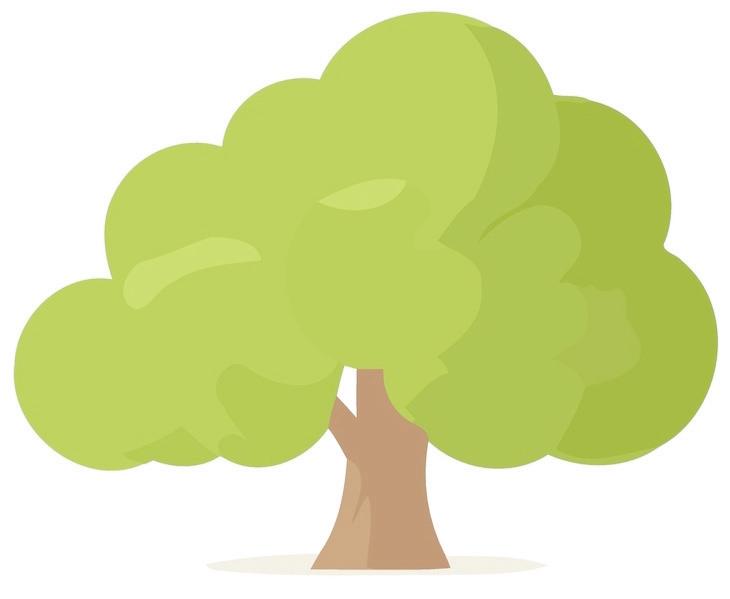
4
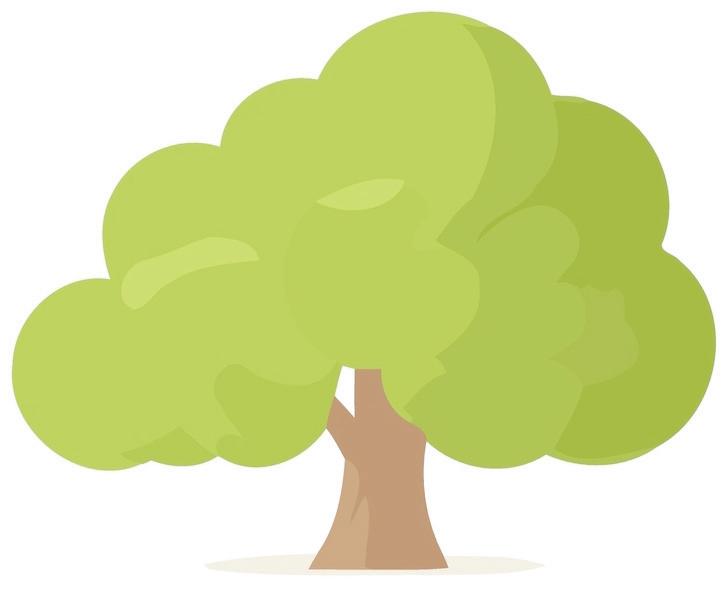
2
Write numbers 1 to 5.

Objectives Identification of number Counting
Fine motor skills









A circle has no sides or corners, it is round. Trace the dots below.

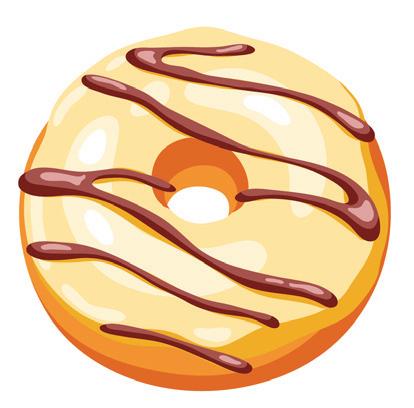
We can see a circle in these things. button doughnut bangle wheel



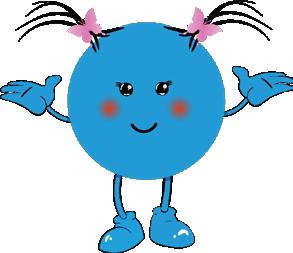

Objectives
Identification of the shape Fine motor skills
Matching Oral maths vocabulary development


I am a Circle I am a circle, Big and round. I have no corners, I roll around.






Take a bottle cap, dip it in paint and stamp circles in the space below.
Paste stickers of the objects that look like a circle. (Use the sticker sheet.)

Objectives









A square has four sides and four corners. All its sides are the same length. Trace the dots below.
We can see a square in these things.
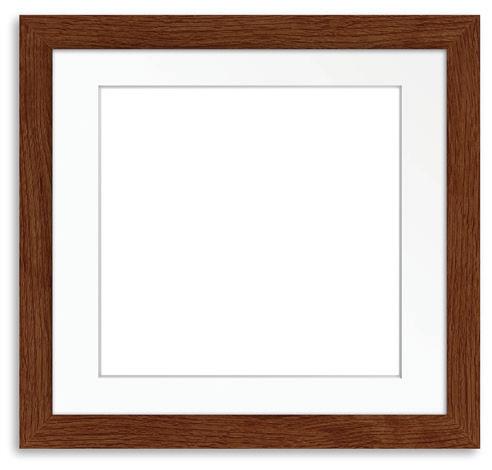
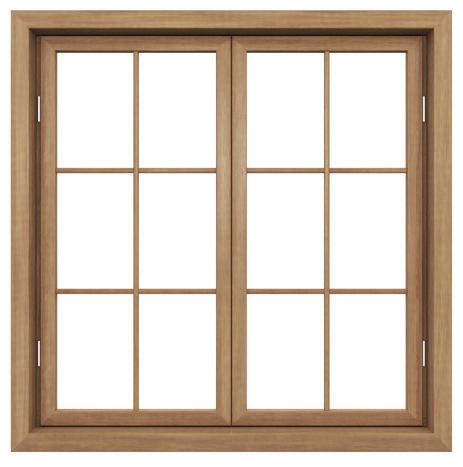
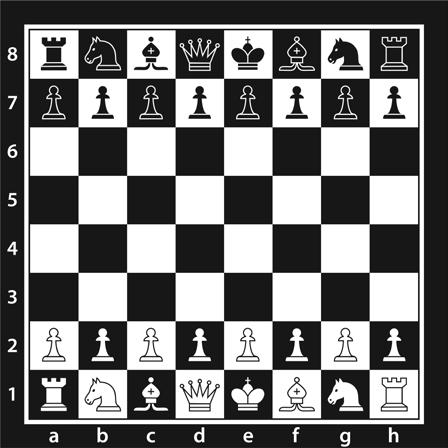
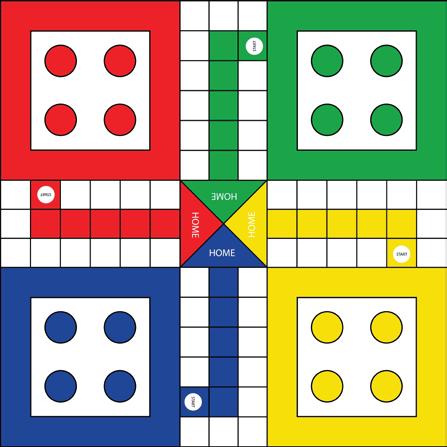
photoframe window chess ludo
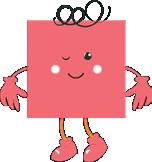



Objectives
Identification of the shape
Fine motor skills
Matching
Oral maths vocabulary development
I am a Square I am a shape, Square is my name. My four sides are All the same.






Look at the image on the side. Then, dip your finger in colours and print them on all the sides of the square.

Paste stickers of the objects that look like a square. (Use the sticker sheet.)

Objectives









A triangle has three sides and three corners. Trace the dots below.
We can see a triangle in these things.
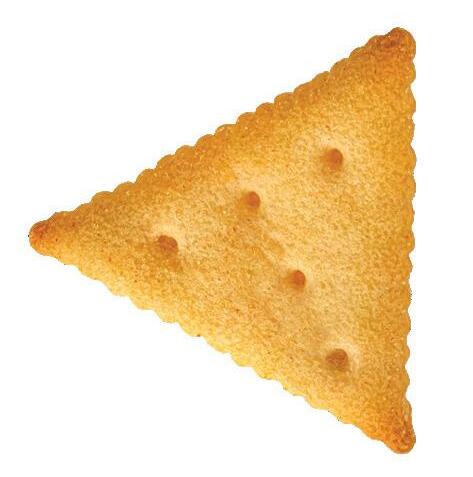
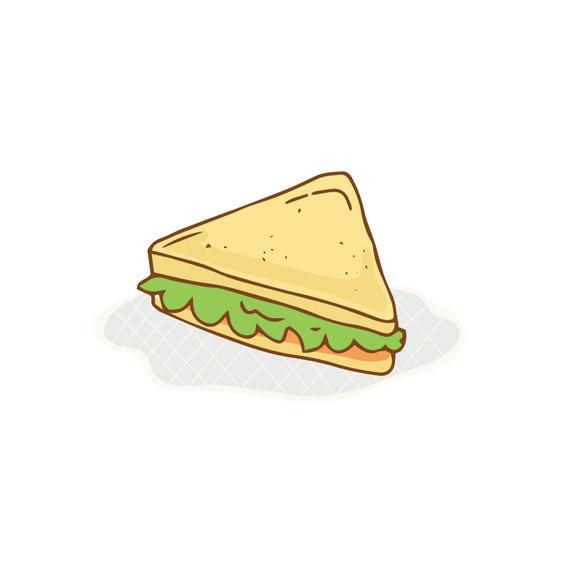



Objectives
Identification of the shape Fine motor skills Matching Oral maths vocabulary development
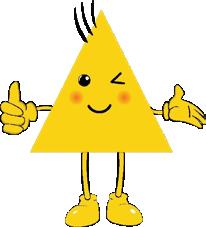
I am a Triangle I am a triangle, Yes, its me.
Count my sides: One, two, three.






Trace the triangles on the fish. Colour the fish.

Paste stickers of the objects that look like a triangle. (Use the sticker sheet.)

Objectives
Identification of the shape Fine motor skills Matching








Trace over the number 6 with your finger. Then, trace with crayons of different colours.

Objectives
Identification of number Rainbow tracing
Counting











Trace over the number 7 with your finger. Then, trace with crayons of different colours.

Objectives
Identification of number
Rainbow tracing
Counting
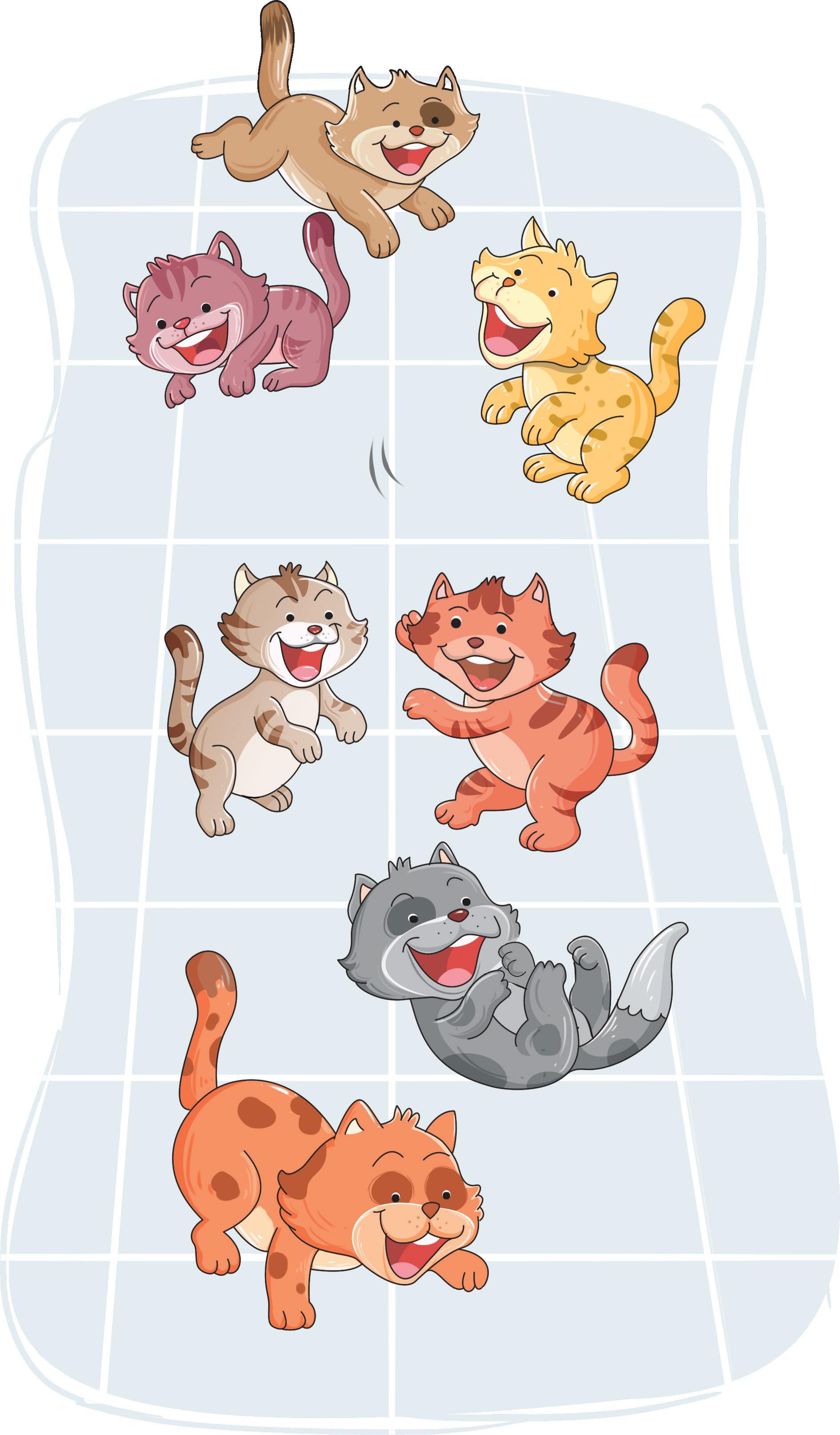










Trace over the number 8 with your finger. Then, trace with crayons of different colours.

Objectives
Identification of number
Rainbow tracing
Counting







Count and write.
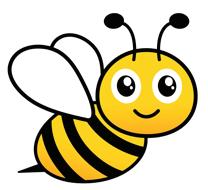







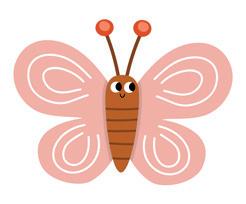





Read the number. Draw the same number of cherries on the cake.
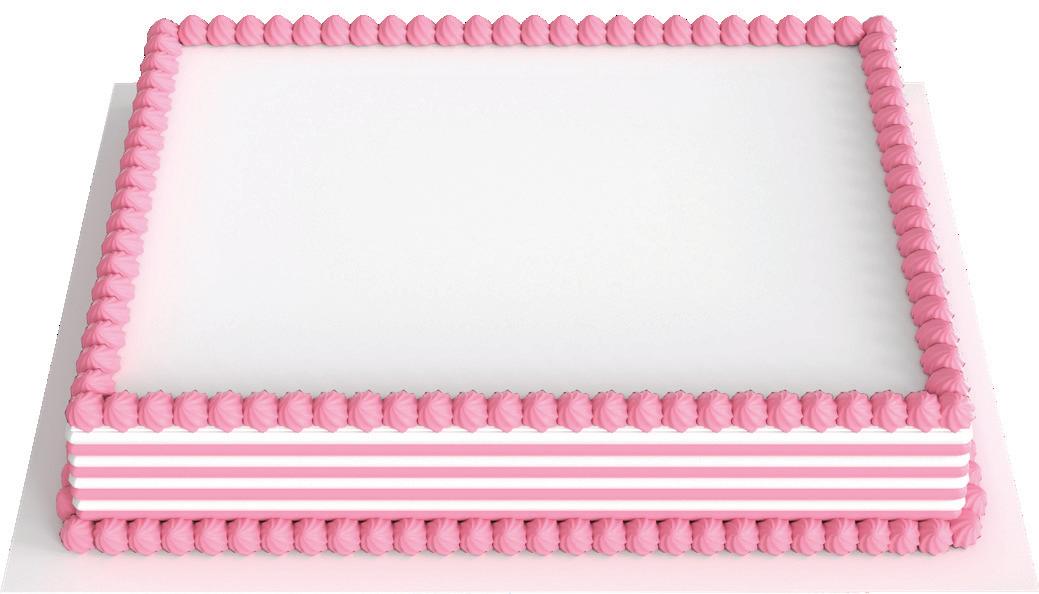
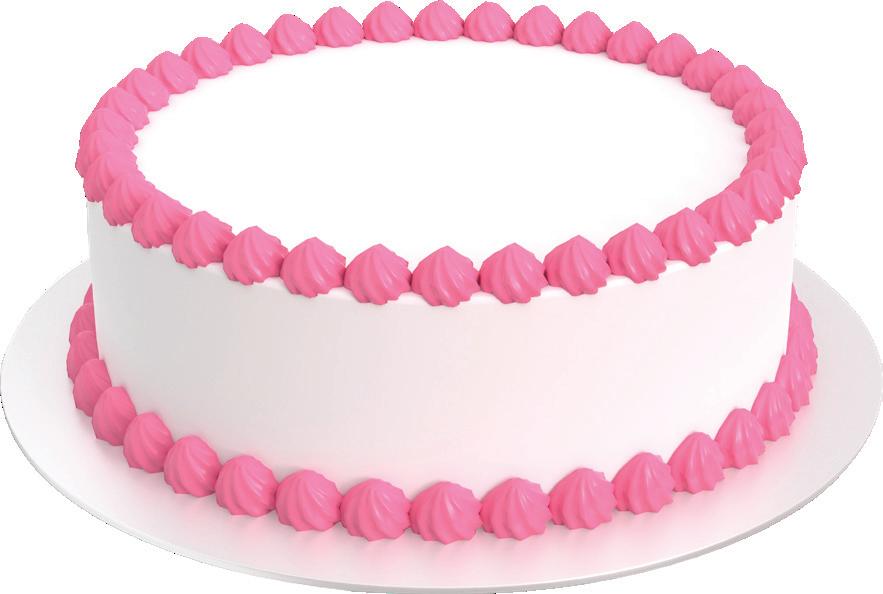

Objectives Identification of number Counting
Fine motor skills








Trace over the number 9 with your finger. Then, trace with crayons of different colours.

Objectives
Identification of number
Rainbow tracing Counting











A baby bear places two pastries on a plate and goes to wash his hands.
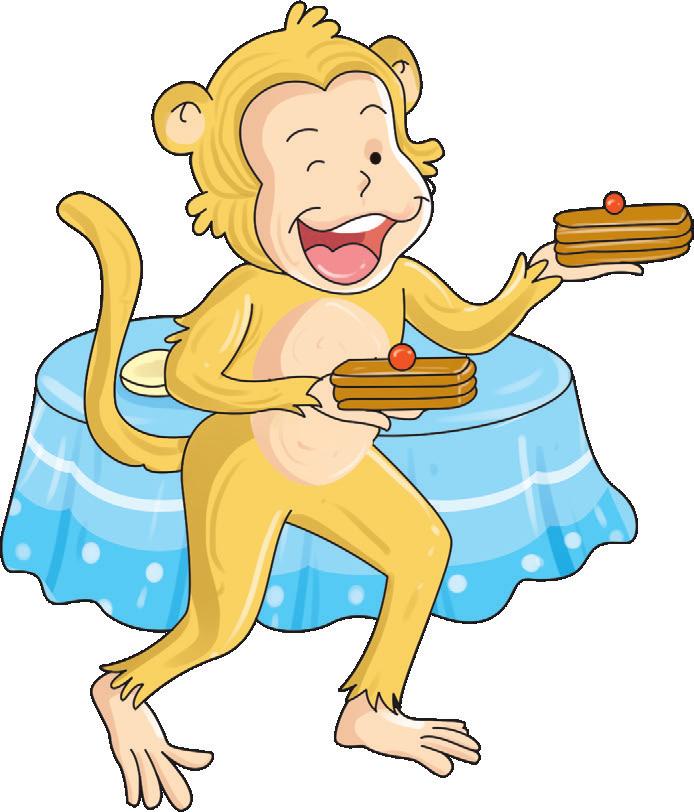
When the baby bear returns, he doesn't find his pastries.

While he is away, a naughty monkey picks up the pastries and hides them.
Somebody has taken my pastries! I have zero pastries on my plate.
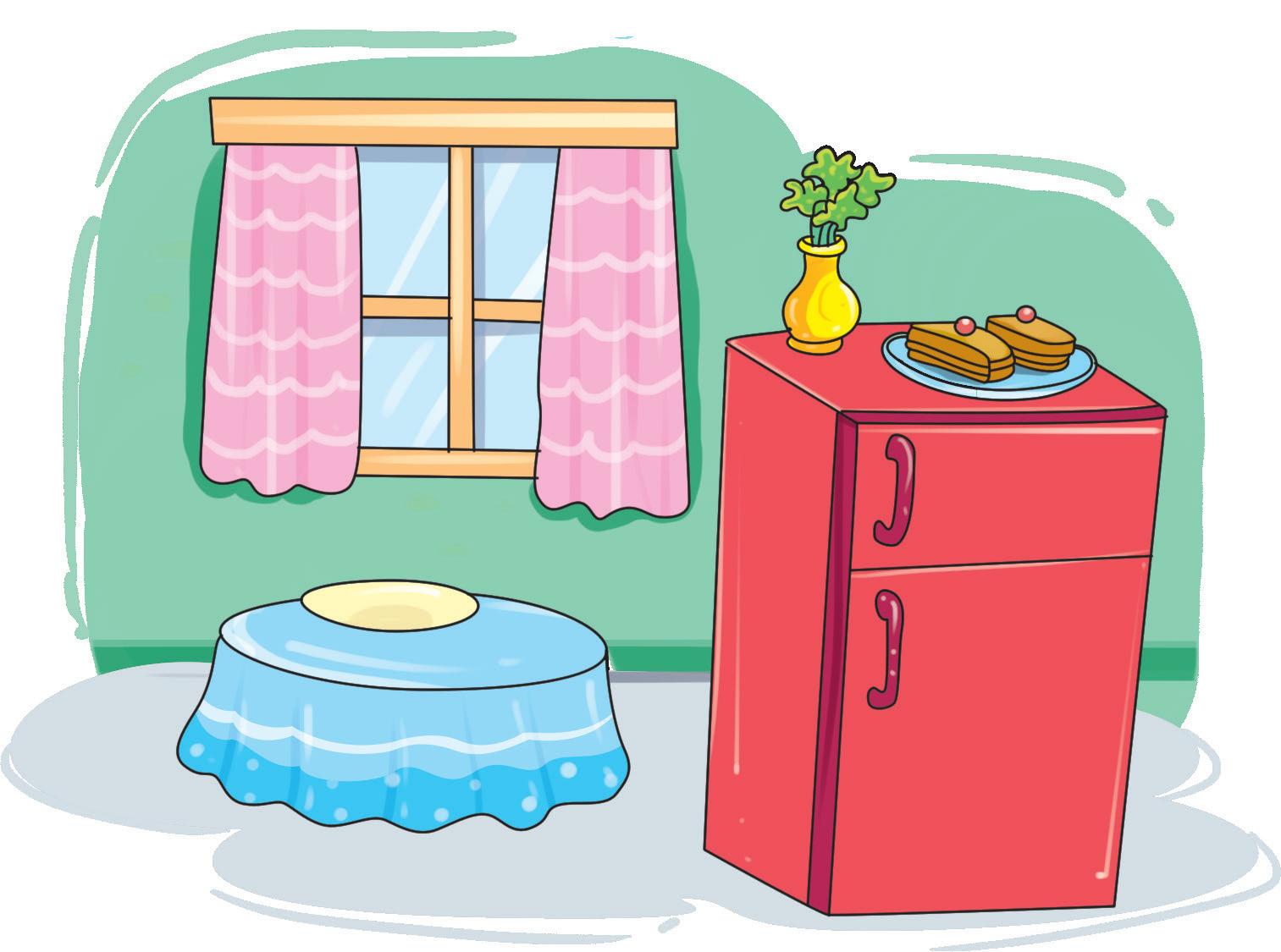

Can you help the baby bear find his pastries?

Objectives
Oral maths vocabulary development Observation








Trace over the number 0 with your finger. Then, trace with crayons of different colours.
0 1
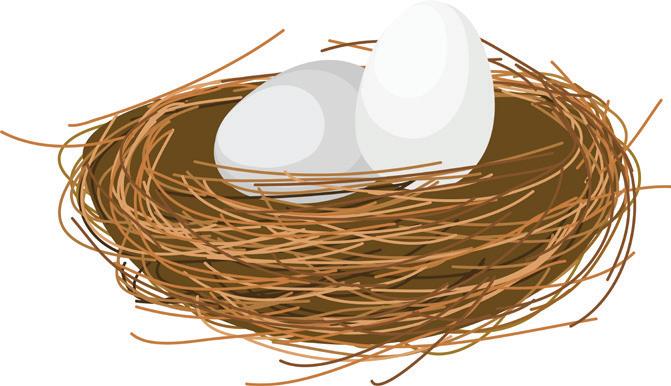
2

0
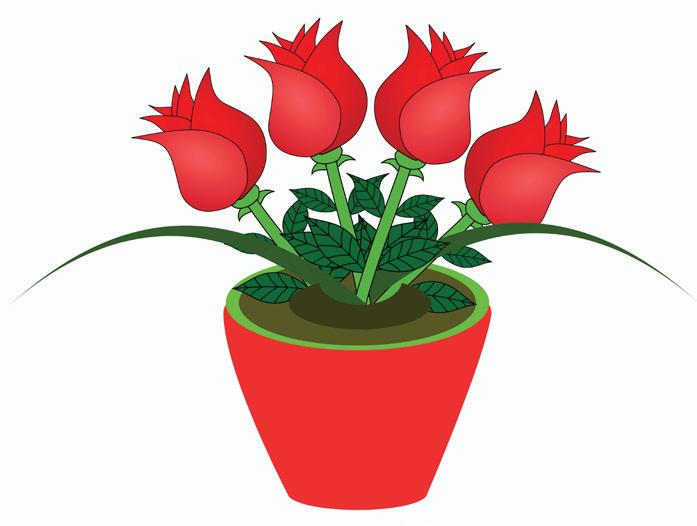
4
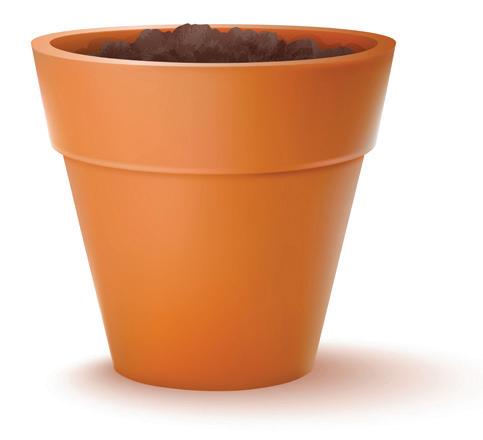
0



Show them groups of objects and then an empty group. Explain that the empty group represents zero. Incorporate zero into daily activities. For example, “We have zero apples left in the basket. Let’s go get some apples.”

Identification of number
Rainbow tracing
Counting








Trace over the number 10 with your finger. Then, trace with crayons of different colours.

Objectives
Identification of number
Rainbow tracing Counting
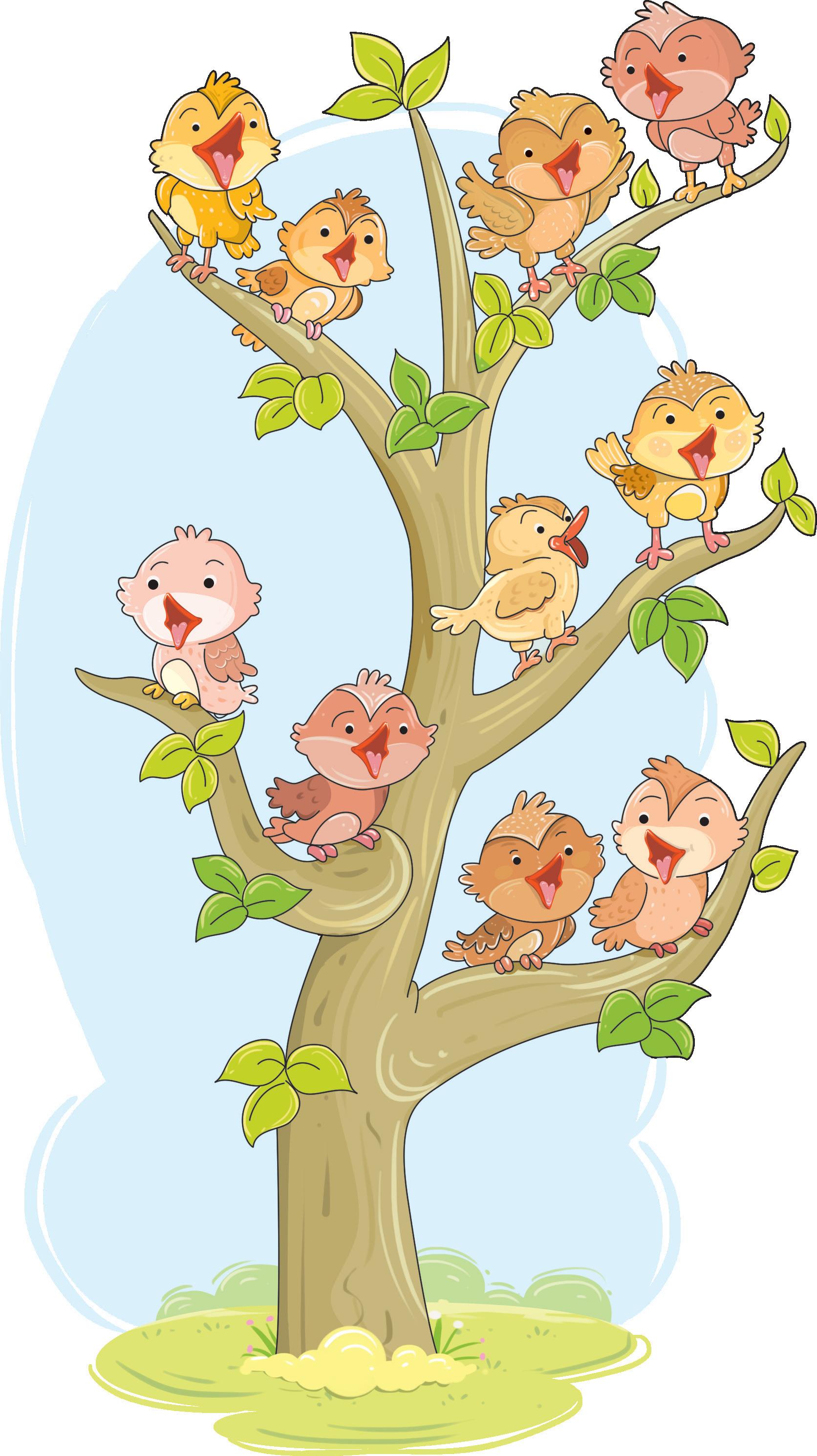




Count and write.



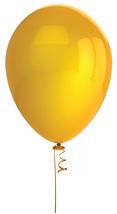










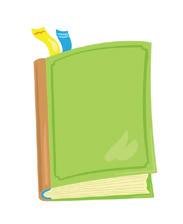
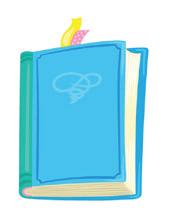



Help the busy bee buzz back to the hive. Count from 1 to 10 and draw a line to her hive.
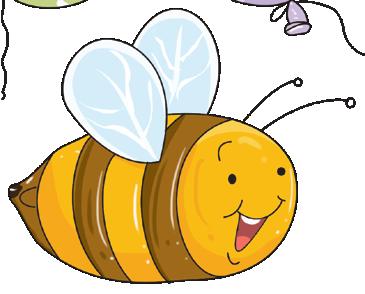



Objectives
1
3 2
9 10 5 8 6 7
4
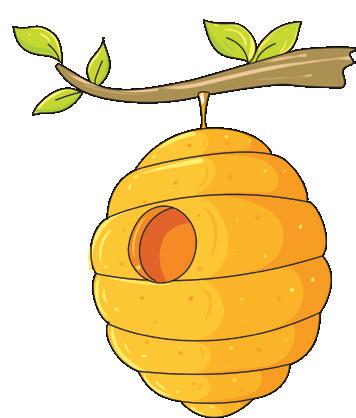





Count the number below each jar. Draw the same number of cookies in that jar.



Write the missing numbers.

6 0 3 7 1 3 6 7 10

Objectives Identification of number Counting Fine motor skills






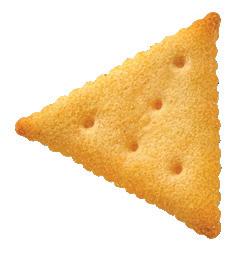


Count the objects and circle the correct number.








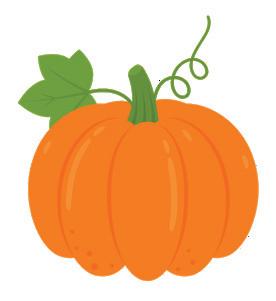



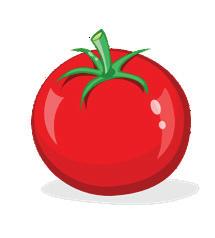









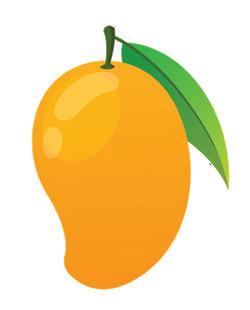







Objectives



Write the numbers from 1 to 10.




Objectives
Identification of number
Counting
Fine motor skills








Count the things and write their numbers in the boxes given below.
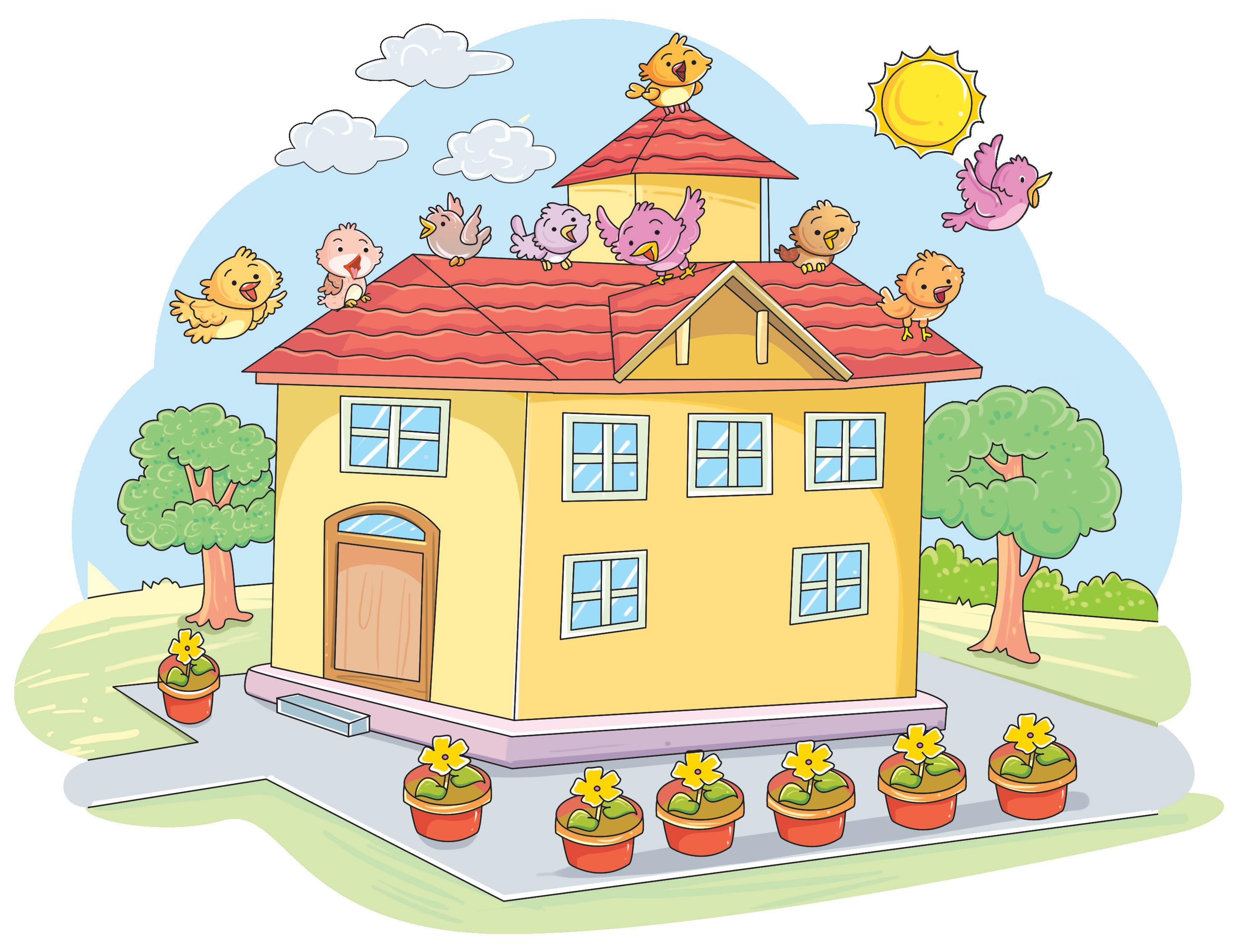
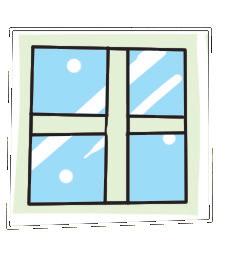




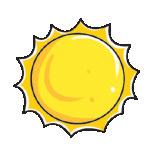
Objectives
Identification of number Counting Fine motor skills
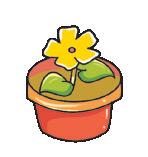
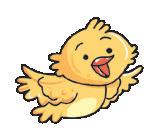
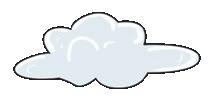








A rectangle has four sides and four corners. Two sides are long and two are short. Trace the dotted lines below.
We can see a rectangle in these things.

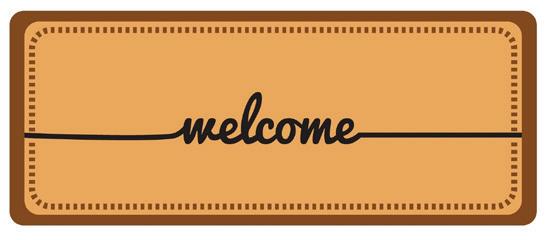


mobile phone door mat door television
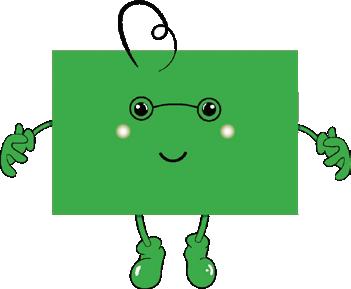

Objectives
• Identification of the shape
• Fine motor skills
• Oral maths vocabulary development
I am a Rectangle
I
am a rectangle, Sing my song. I have two sides short And two sides long.







Cut two rectangle shapes (one big, one small) from any coloured paper and paste them in the space below.



Objectives
• Identification of the shape
• Fine motor skills








Trace and colour the ovals.
We can see an oval in these things.
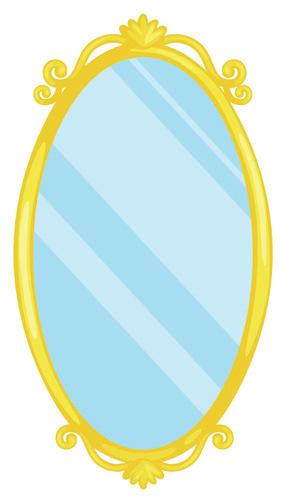
oval mirror egg

Objectives
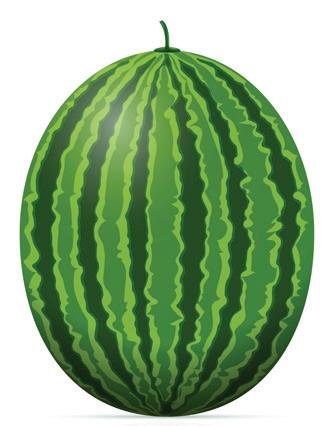
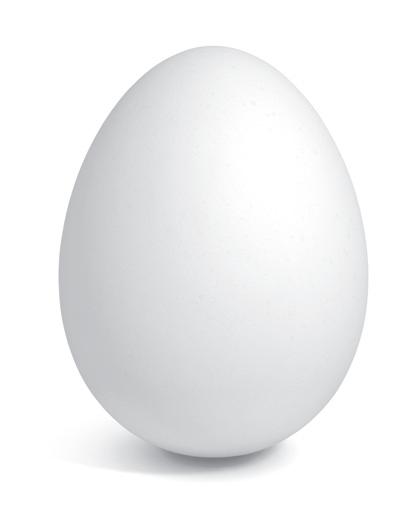
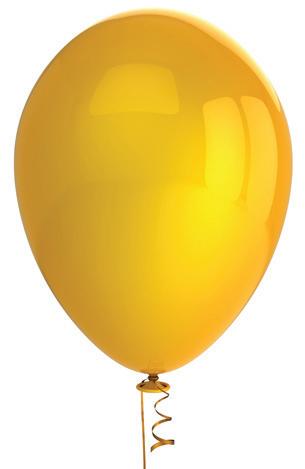
watermelon balloon
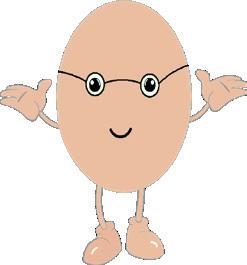
• Identification of the shape
• Fine motor skills
• Oral maths vocabulary development
I am an Oval I am an oval, Hear my tune. I am shaped like an egg, or a balloon.









Trace and colour the semicircles.
We can see a semicircle in these things.
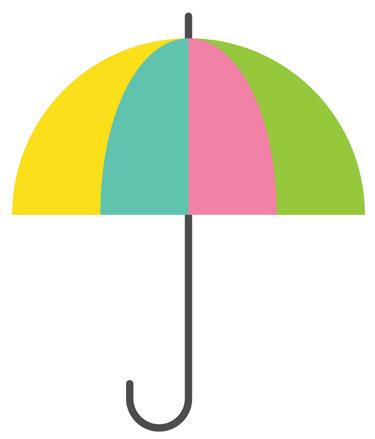
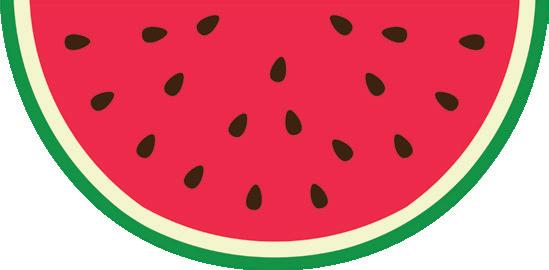
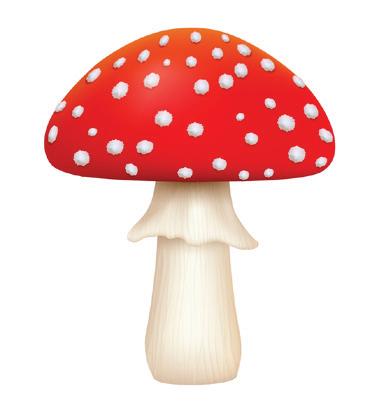
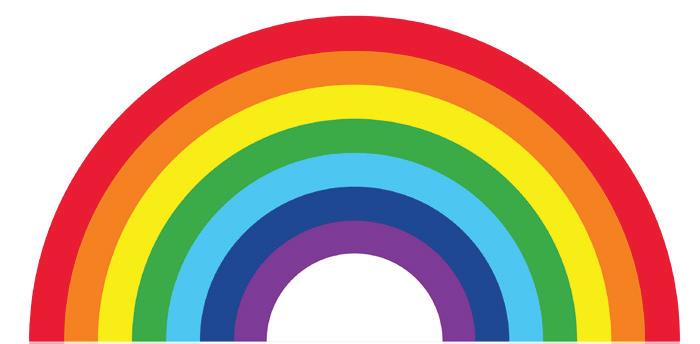



Objectives
• Identification of the shape • Fine motor skills • Oral maths vocabulary development






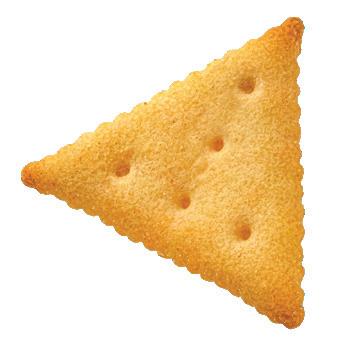
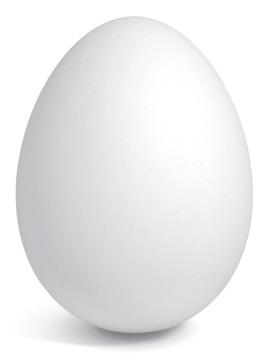
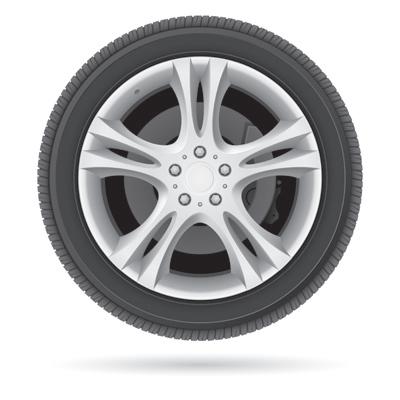
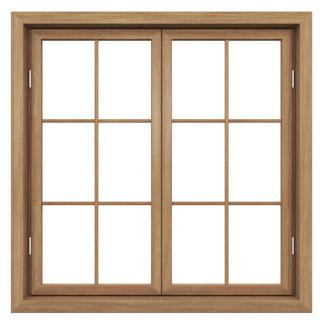
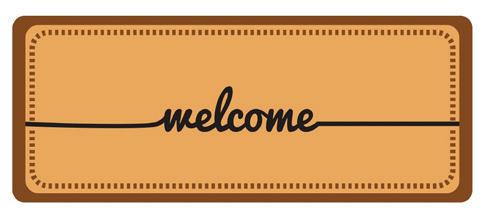
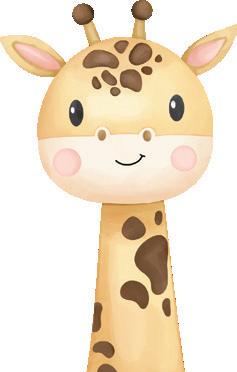
Provide a variety of objects or cut-out shapes. Have children sort them into groups based on their shape. Organise a shape scavenger hunt where children find objects around the classroom that match specific shapes. For example, they might find a circular clock or a rectangular book.

• Identification of the shapes
• Visual discrimination
• Matching









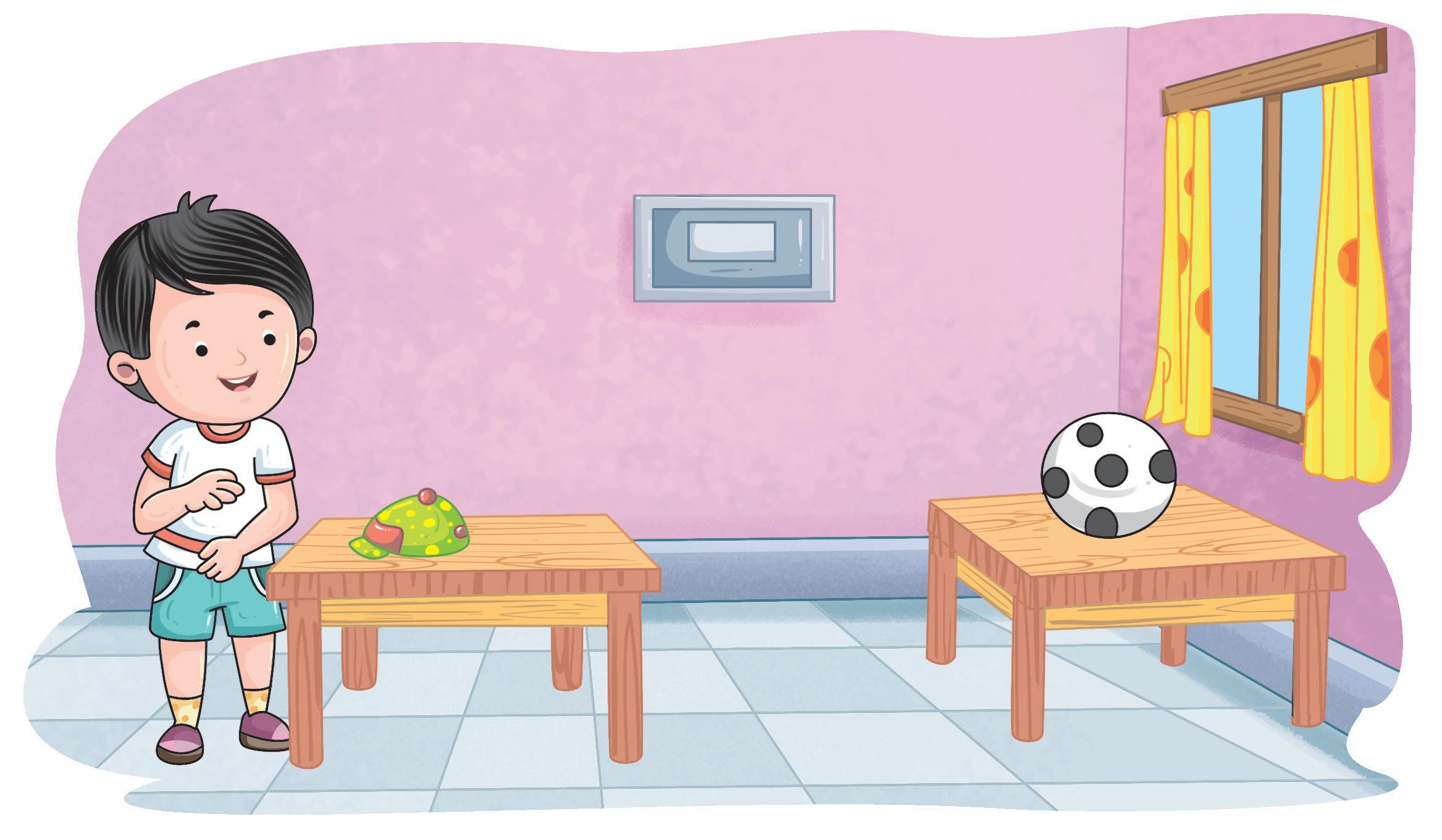
The cap is near the boy.

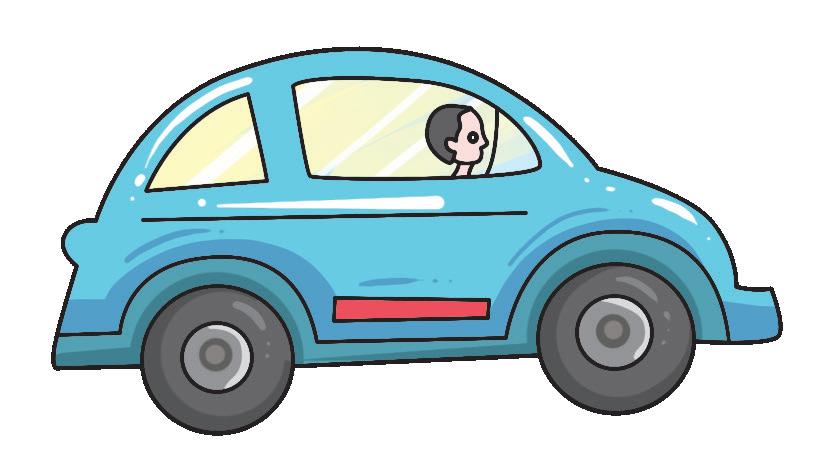
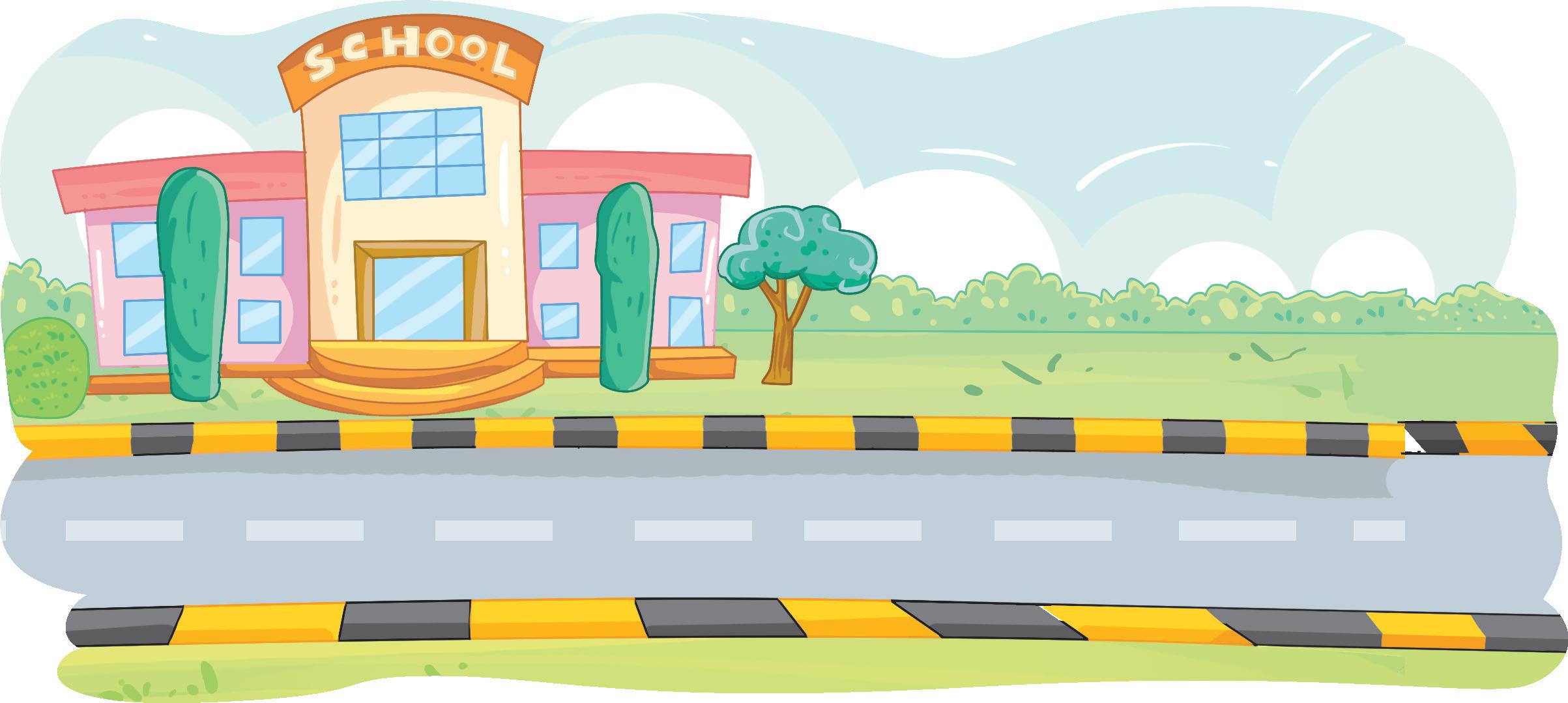
The blue car is near the school. The ball is far from the boy. The red car is far from the school.


Objectives
Understand the concept of near and far Visual discrimination
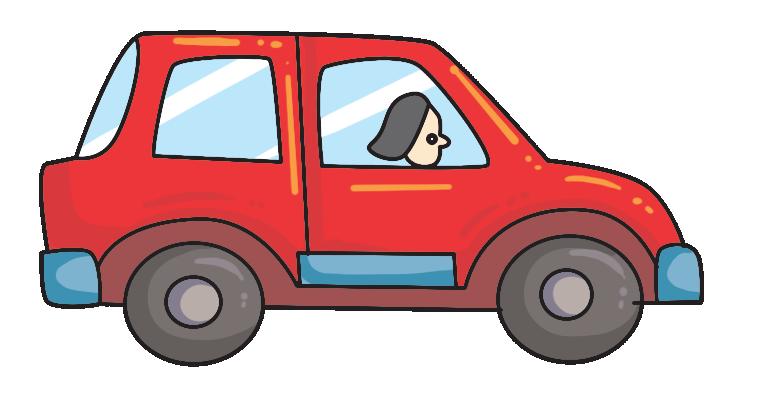






Paste the stickers of these things. Say which are near the ground, and which are far.
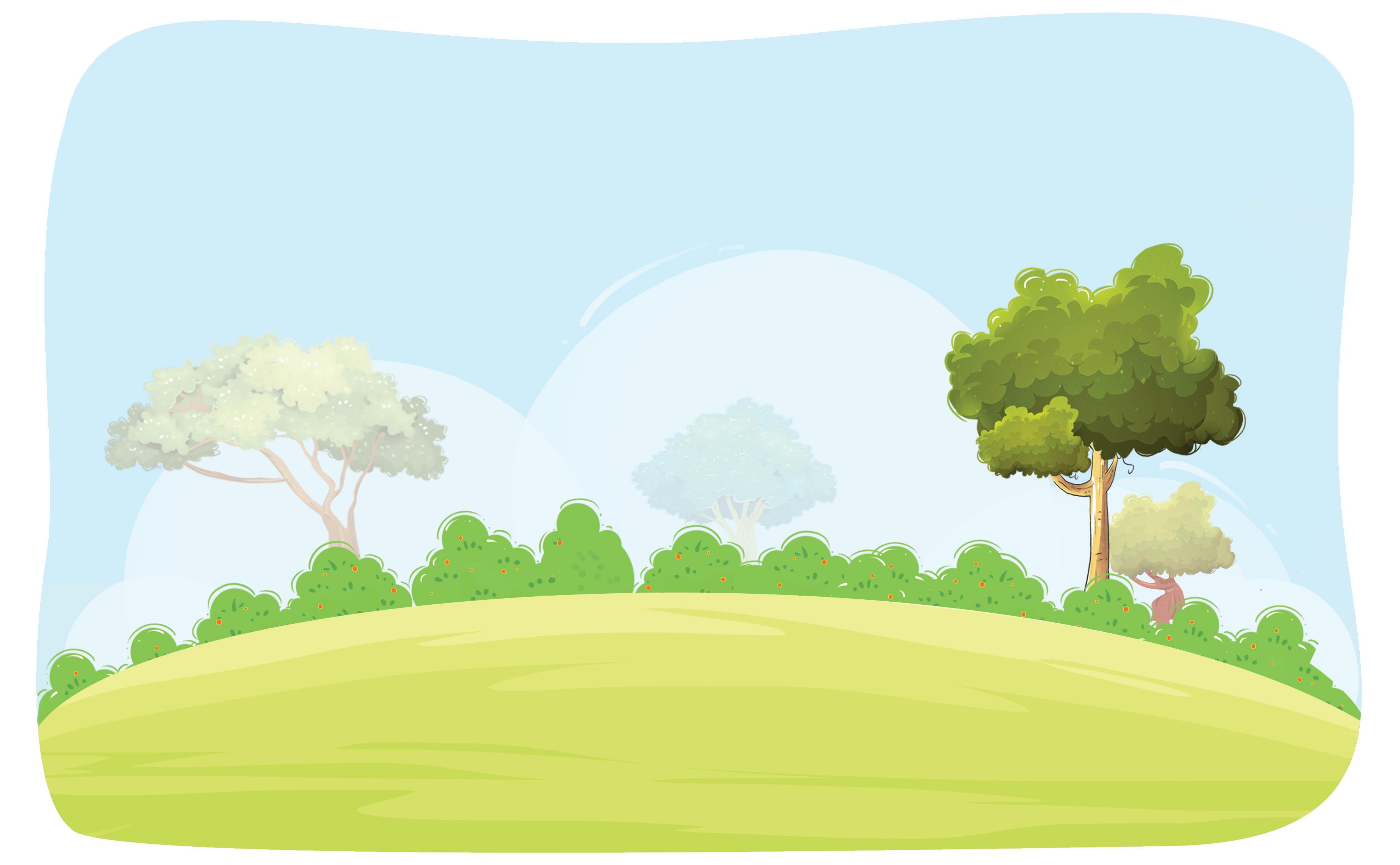
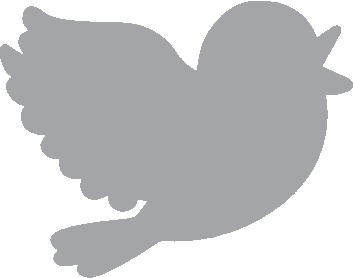
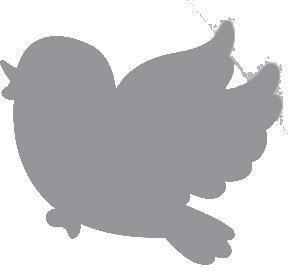
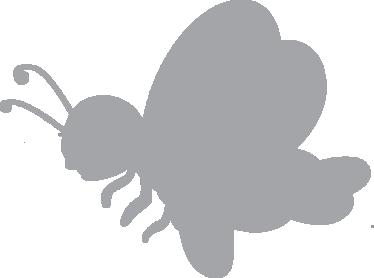
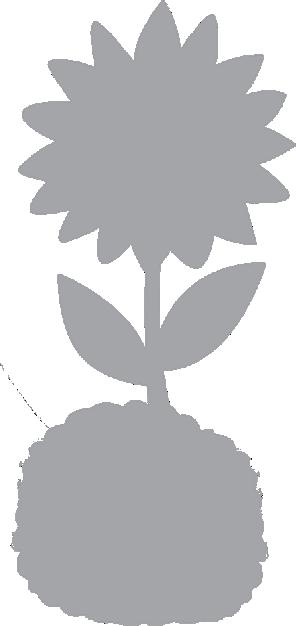
Teddy Bear, Teddy Bear
Teddy Bear, Teddy Bear, Come to me.
Now we are near The big green tree.
Teddy Bear, Teddy Bear, Run to the car.
Now you and me Are very, very far.
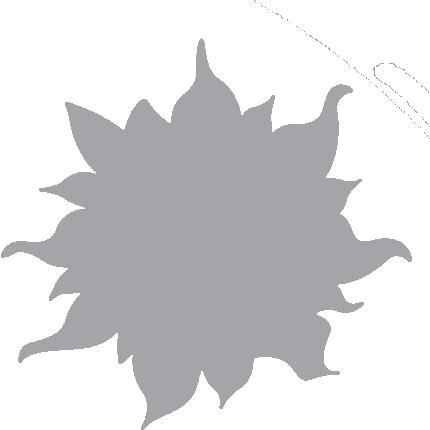
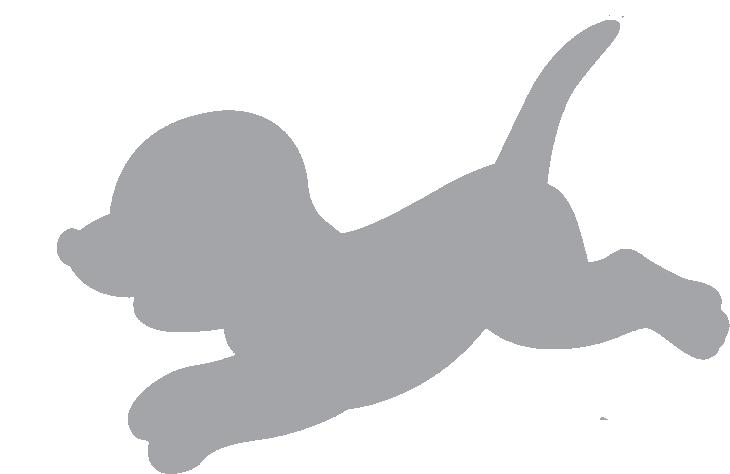

Objectives
Oral maths vocabulary development










The pencil is in the box.
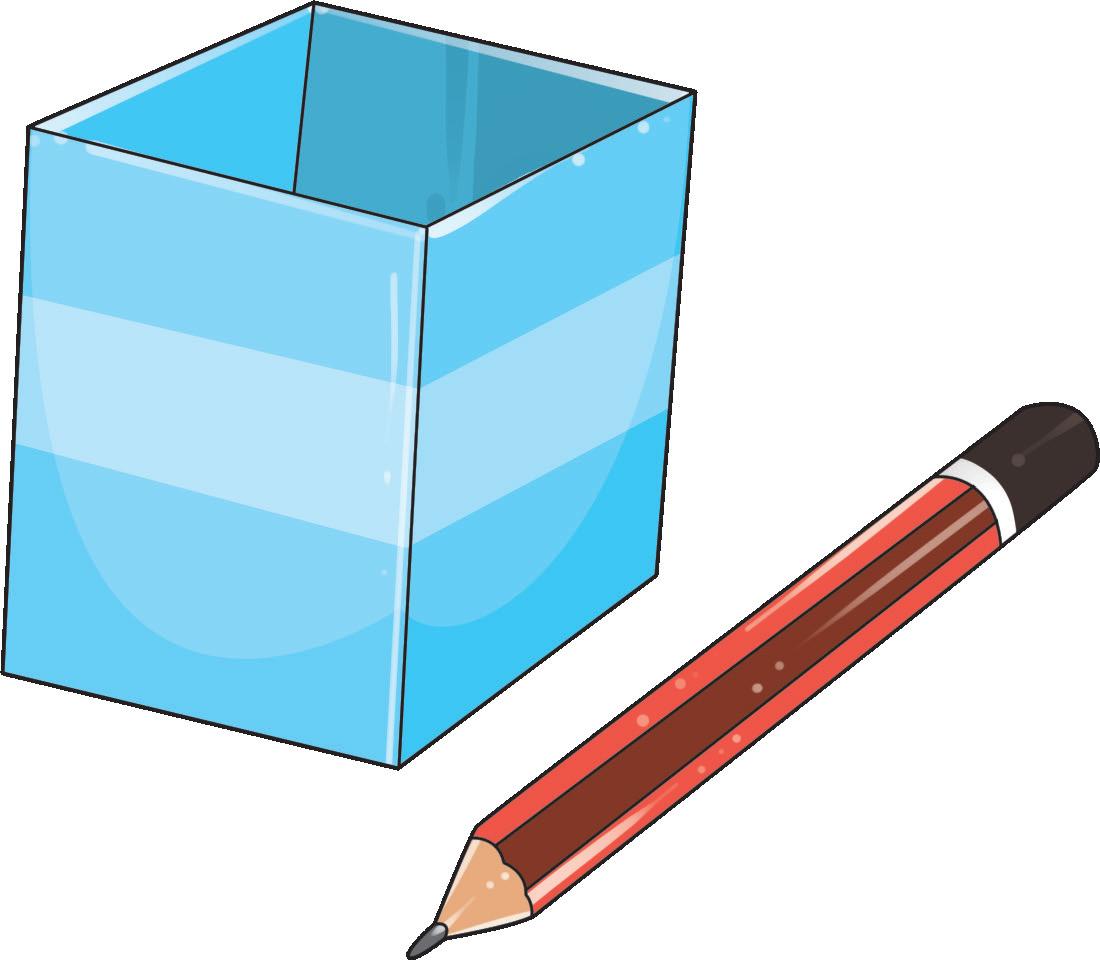
The pencil is out of the box.
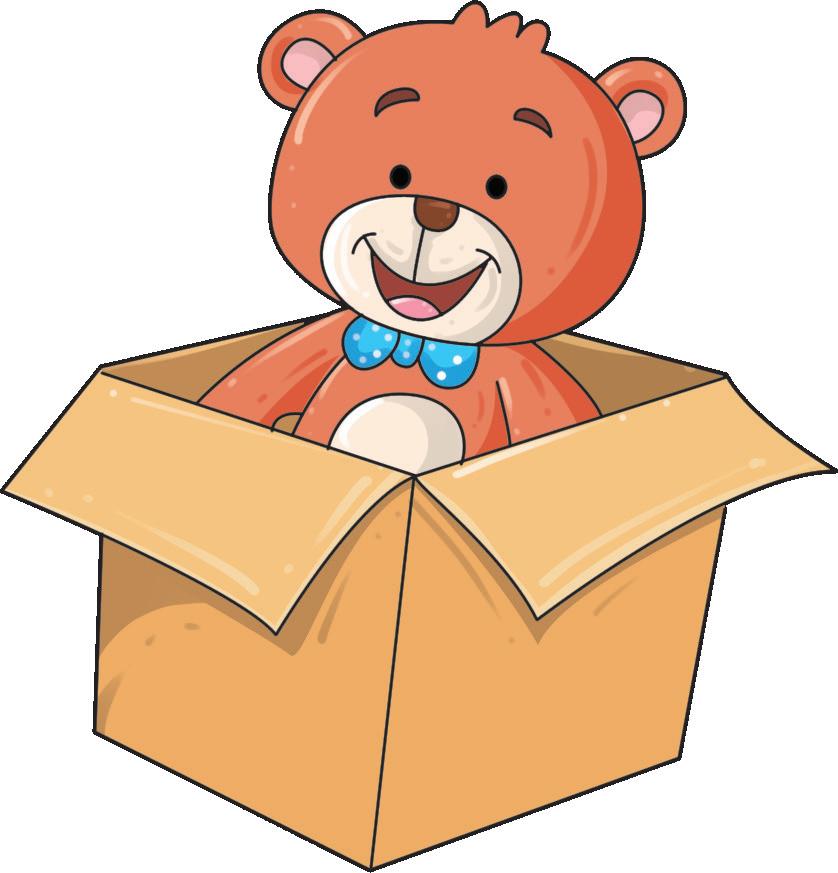
The teddy bear is in the box.
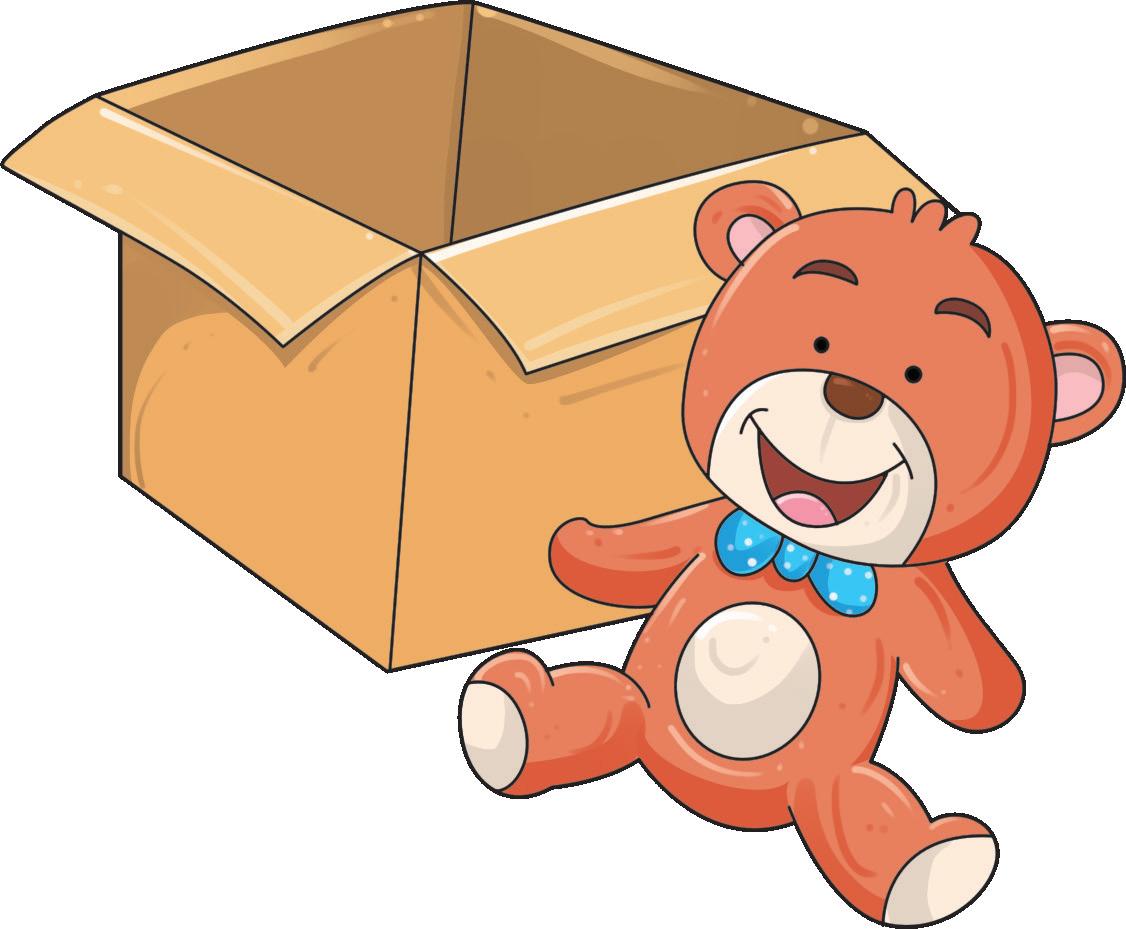
The teddy bear is out of the box.



O bjectives
Observation Visual discrimination Understand in and out






Draw a ball in the box. Draw a pencil out of the box.
Circle the fruits that are out of the basket.

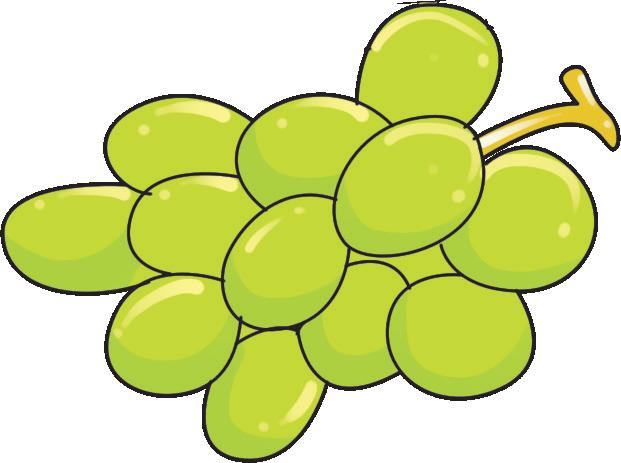

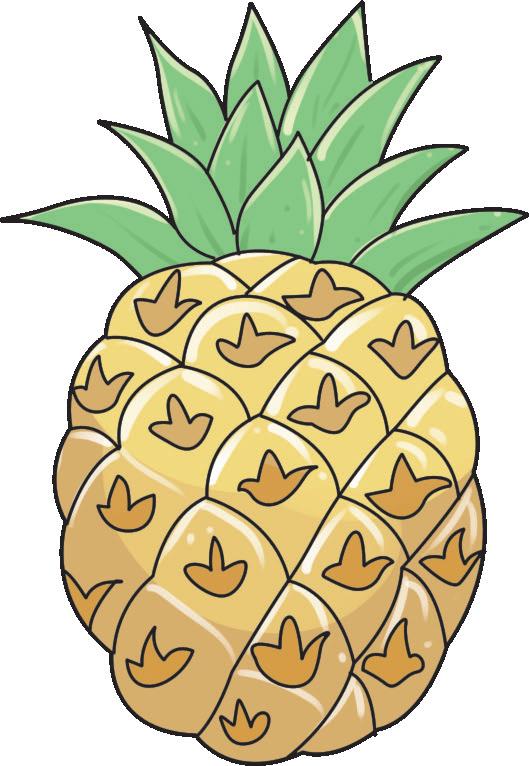

Objectives
Fine motor skills
Let’s go in-in-in, Let’s go out-out-out, Let’s go in-in-in, With a hurray and a shout. Let’s have fun together, Let’s have fun together, By moving in and out.









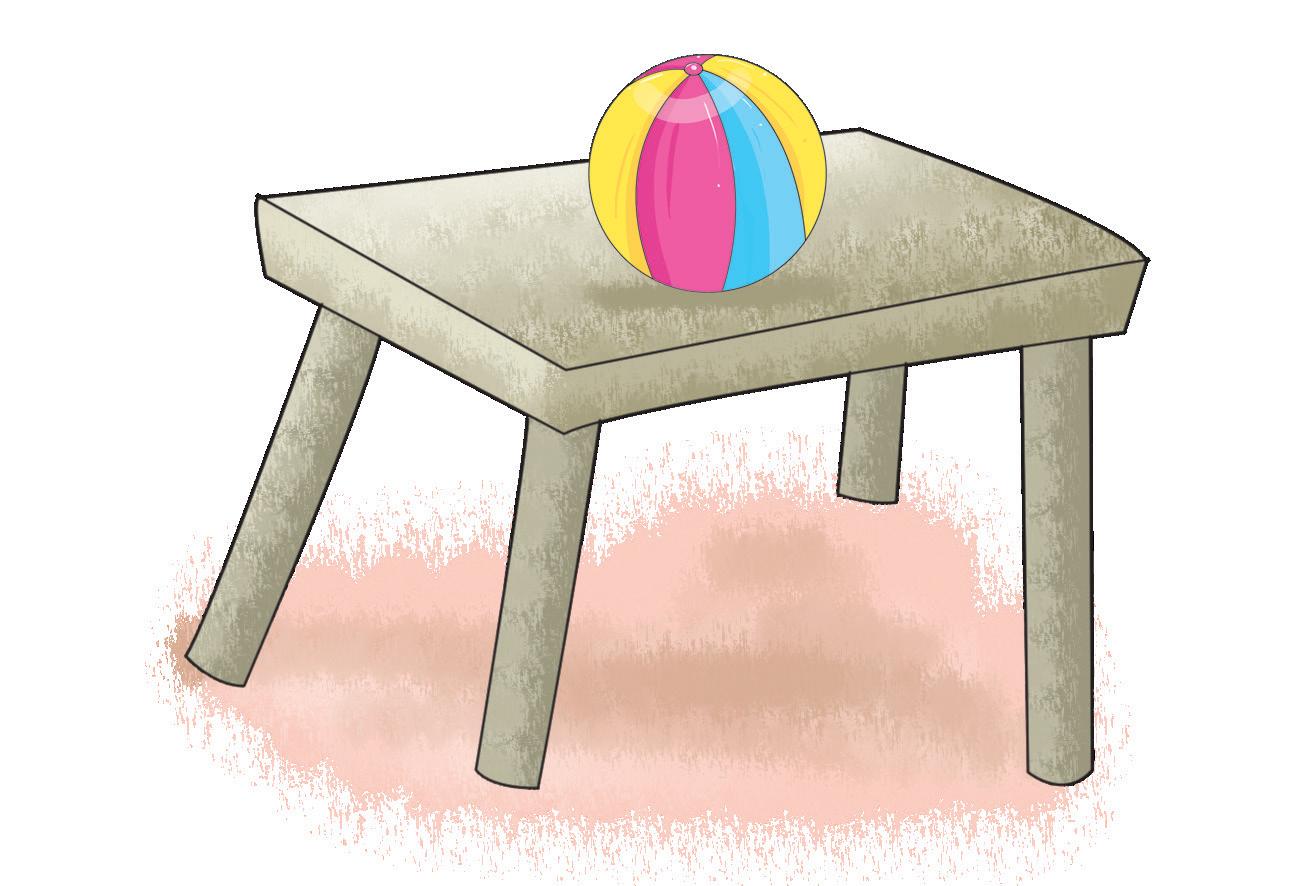
The ball is on the table.
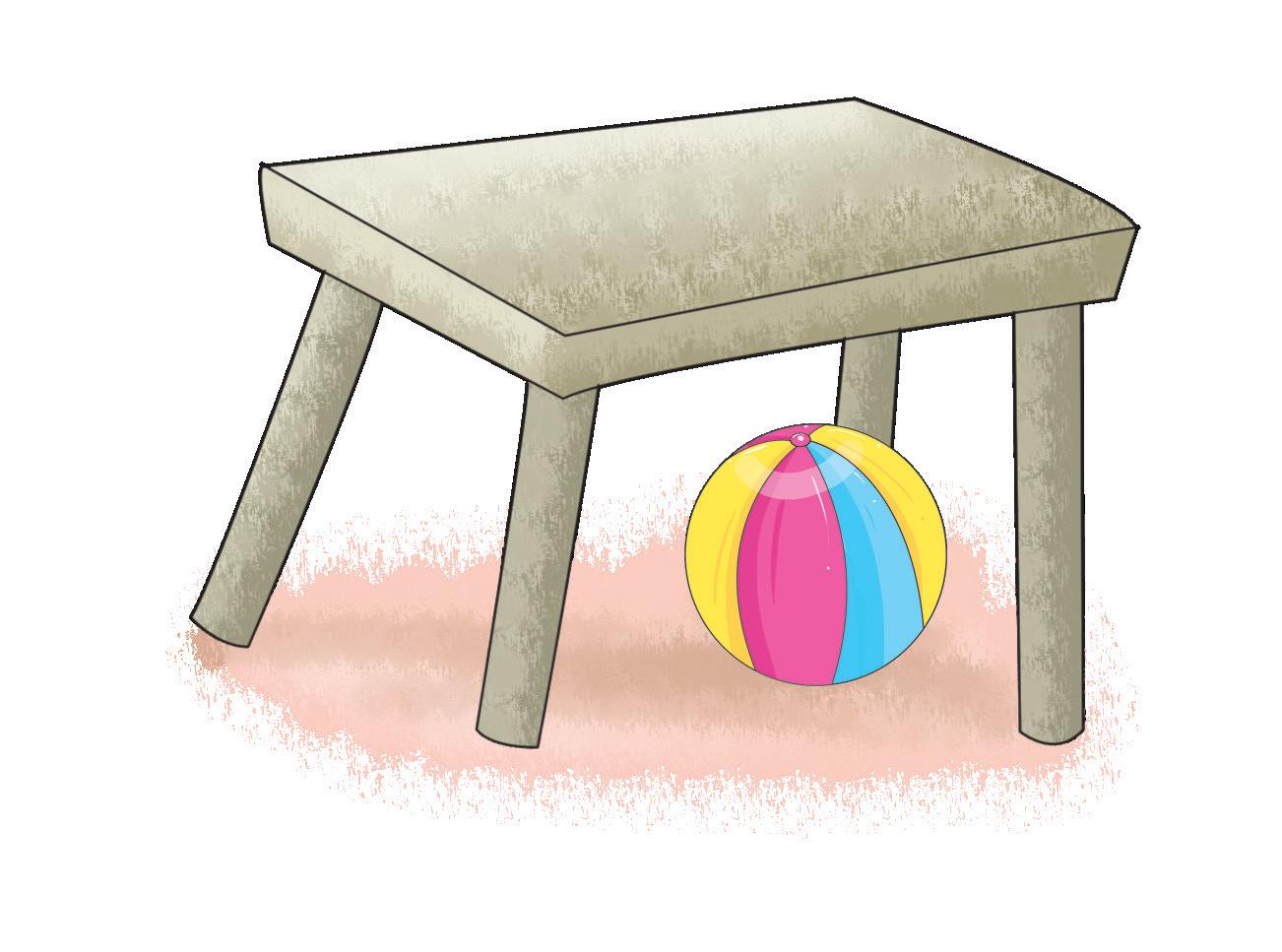
The ball is under the table.
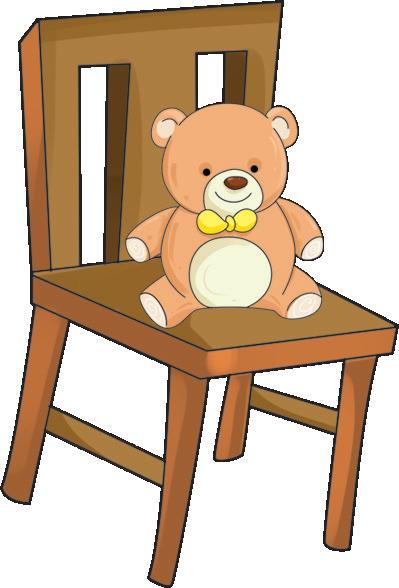
The teddy bear is on the chair.

Objectives



The teddy bear is under the chair.
Observation Visual discrimination Understand on and under








A little worm sleeps on a leaf.
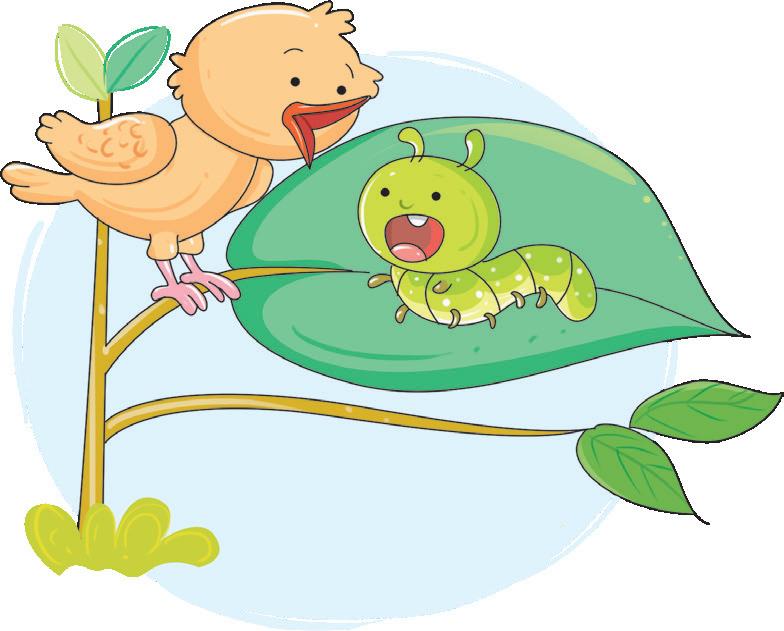
The worm hides under the leaf.
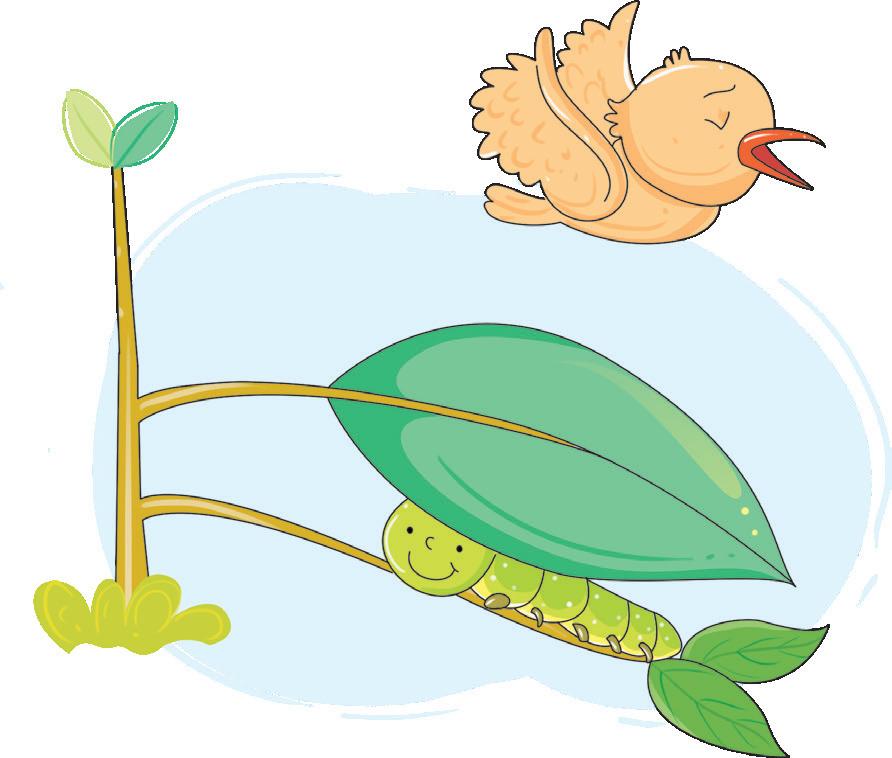
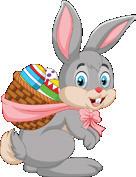
Objectives

A bird tries to pick it up and eat it.
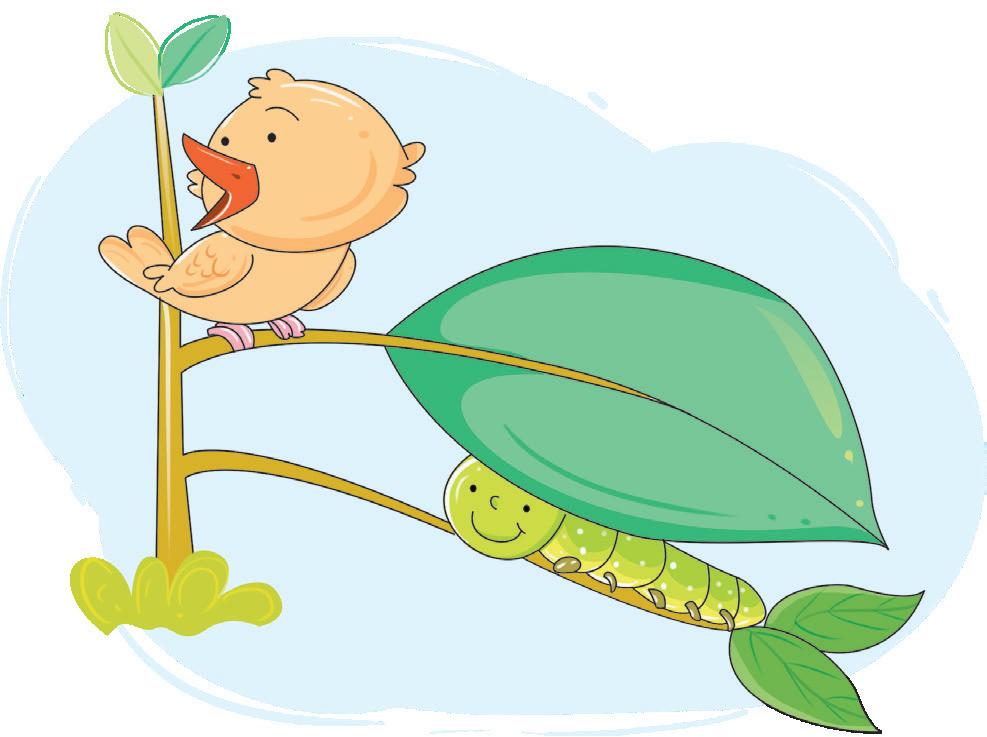
The bird cannot see the worm. It flies away.
Observation









See and understand.
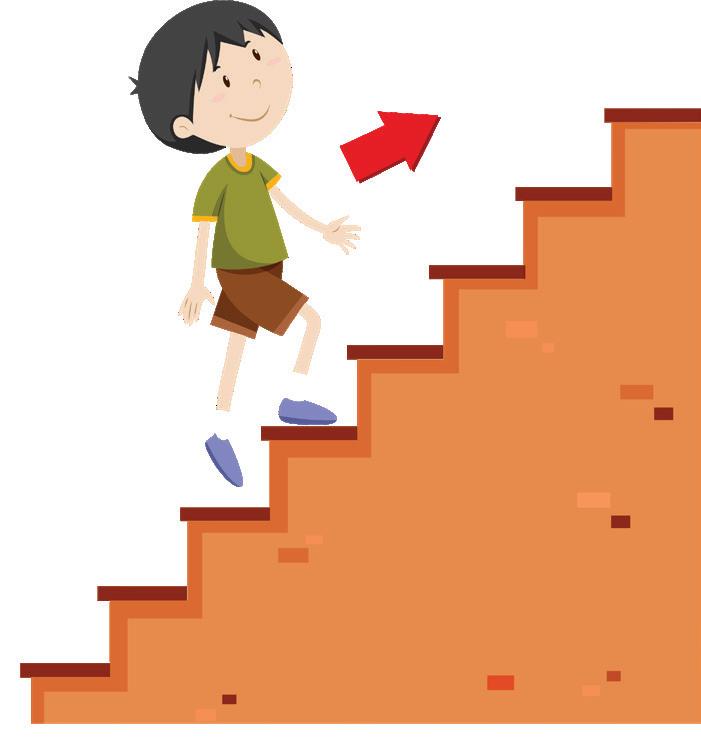
The boy is going up.
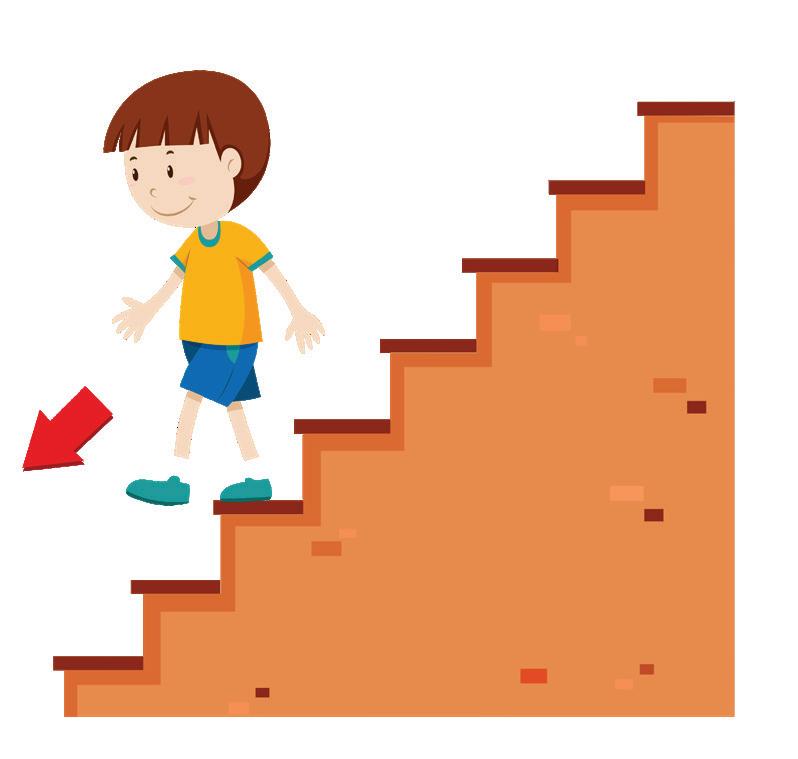
The boy is going down.




Objectives
Observation
Visual discrimination
Understand up and down






Circle the pictures that show something that is up with a crayon. Tick () the ones that are down.
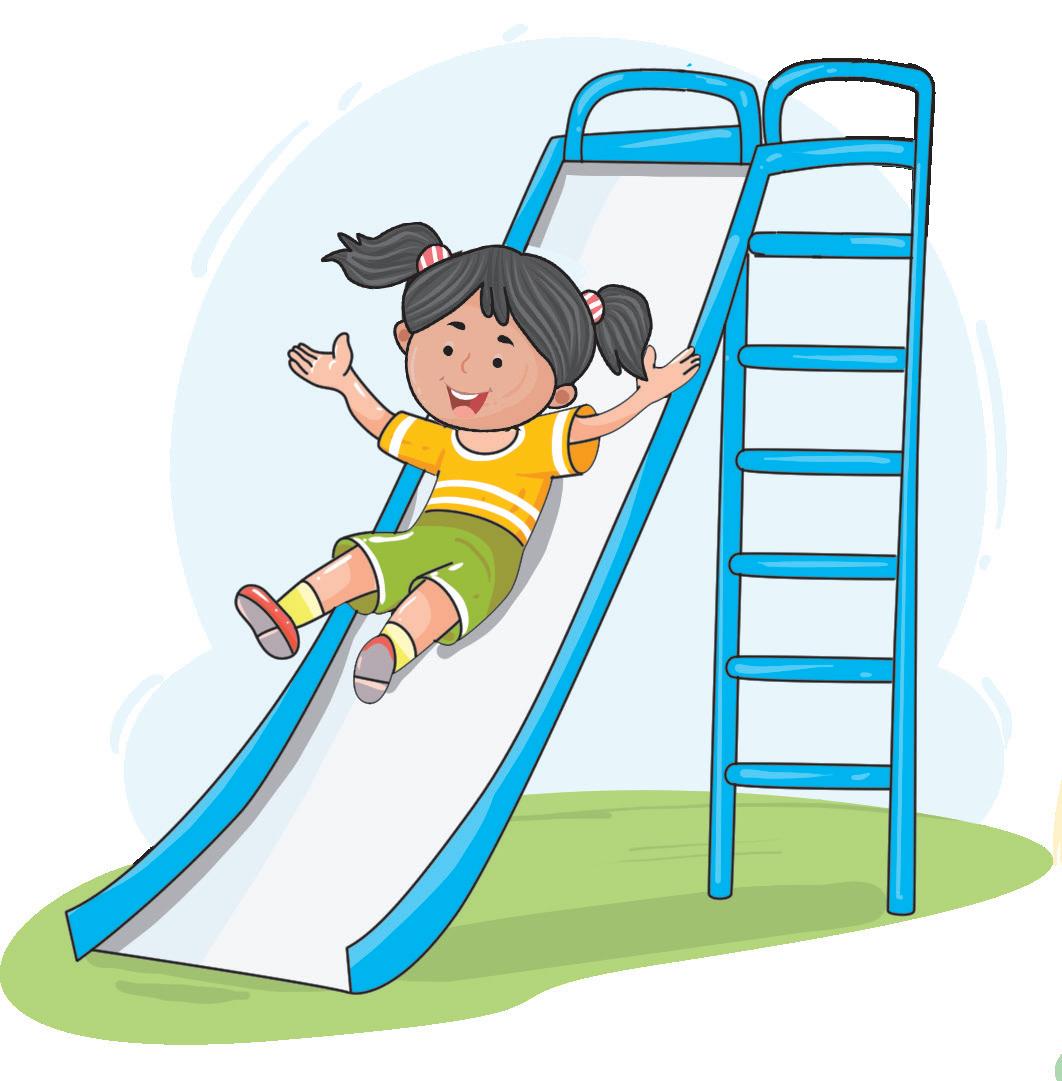
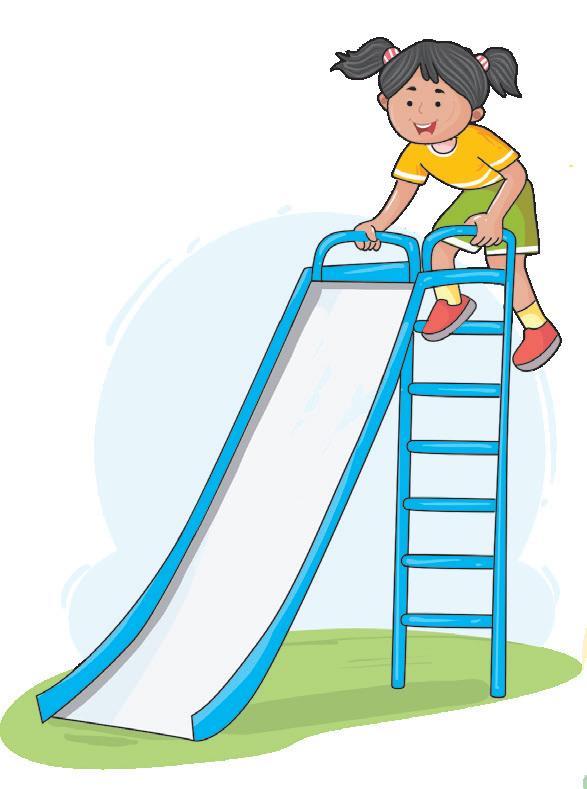
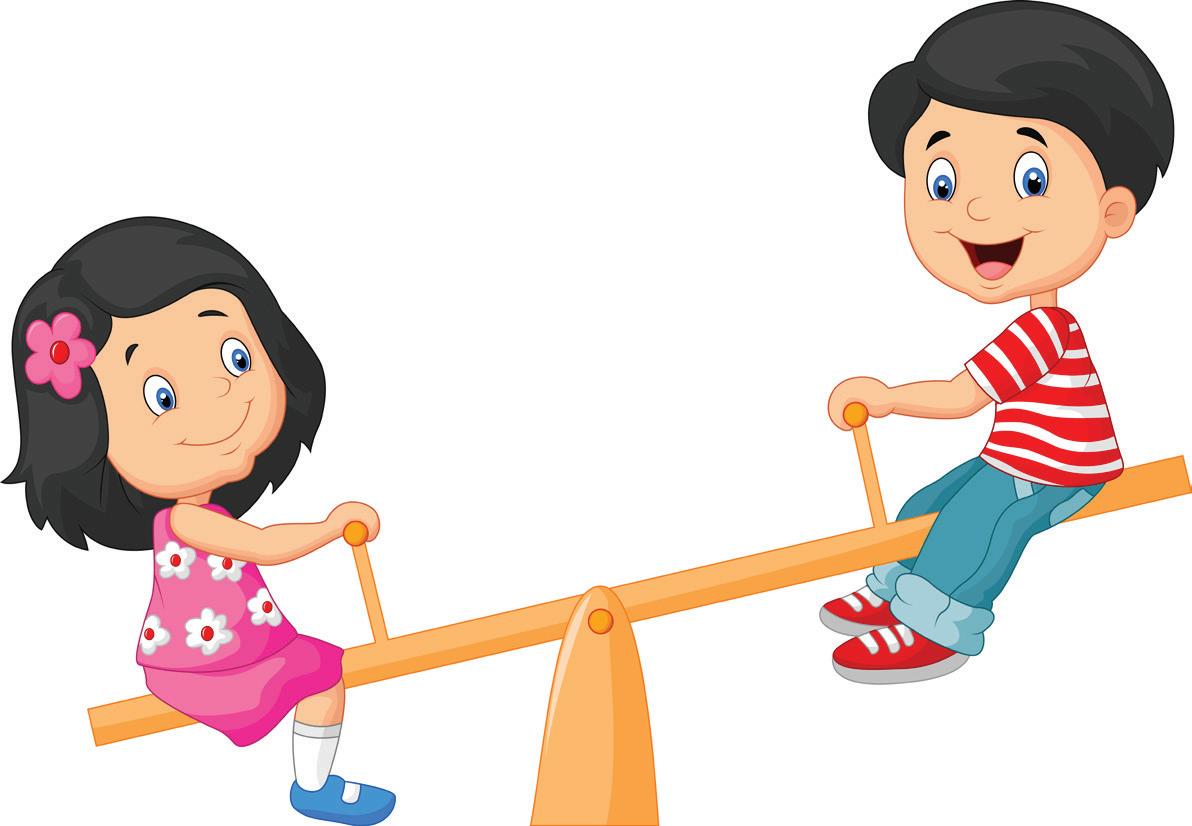
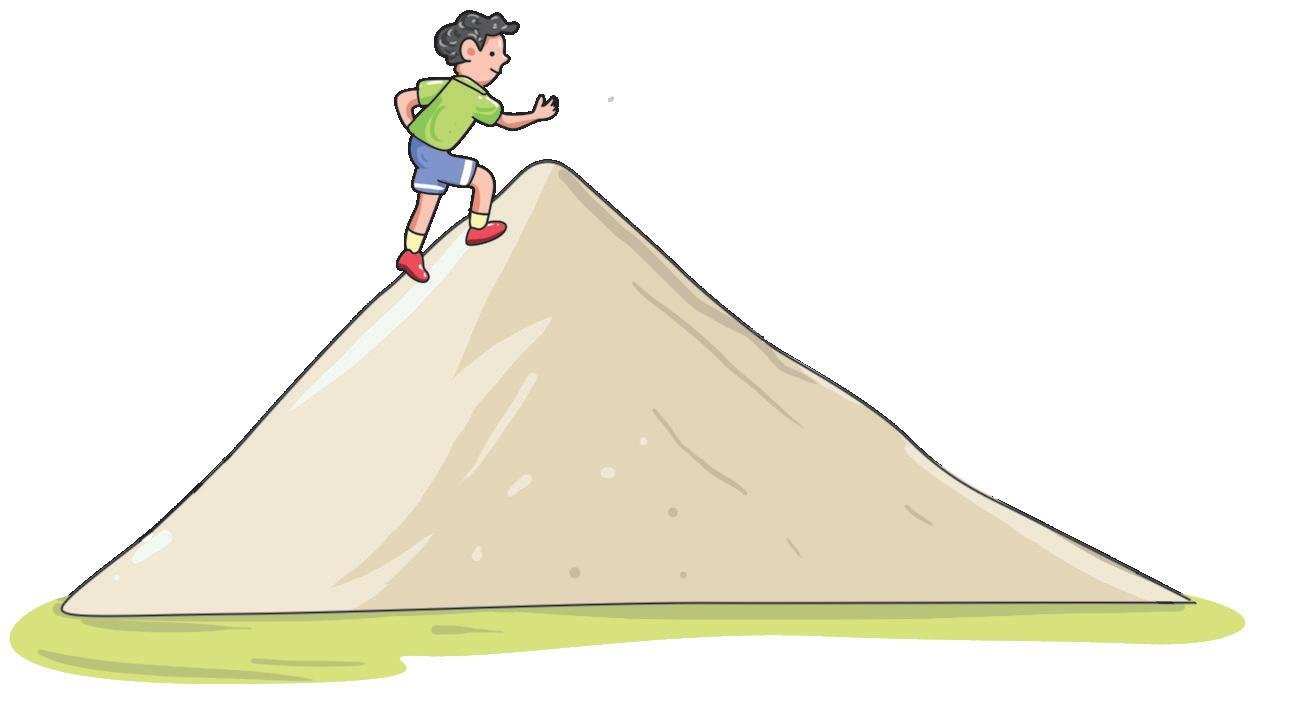

Objectives
Observation
Visual discrimination
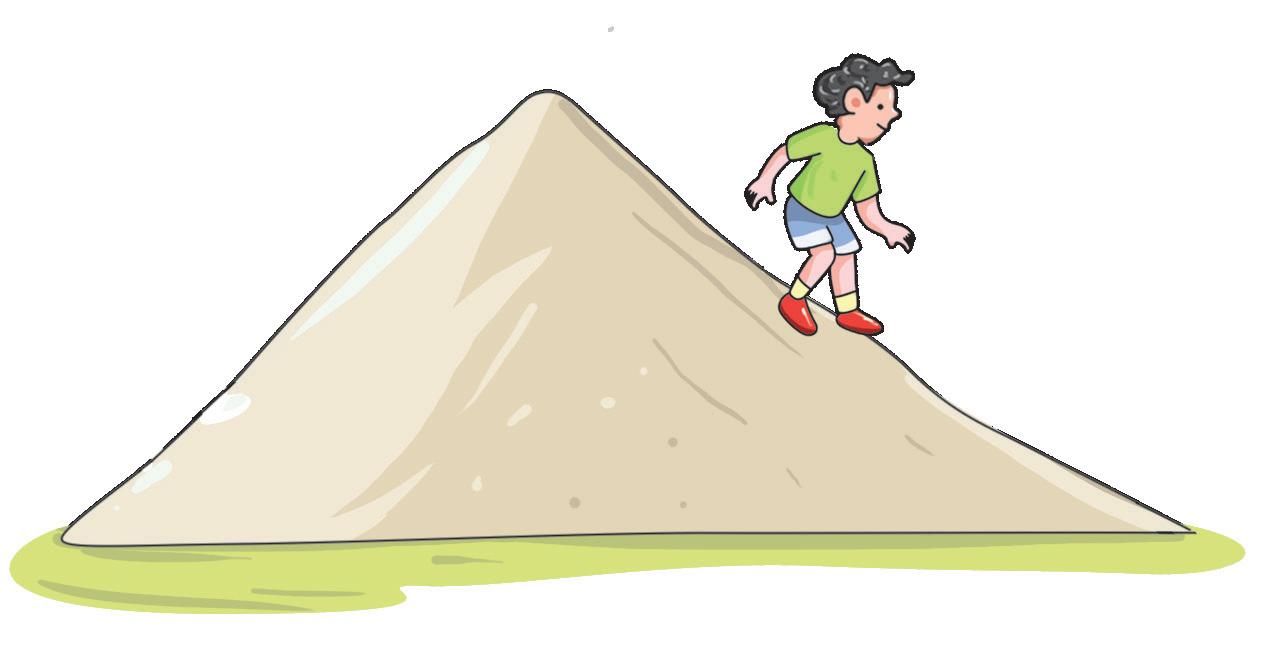
Understand up and down









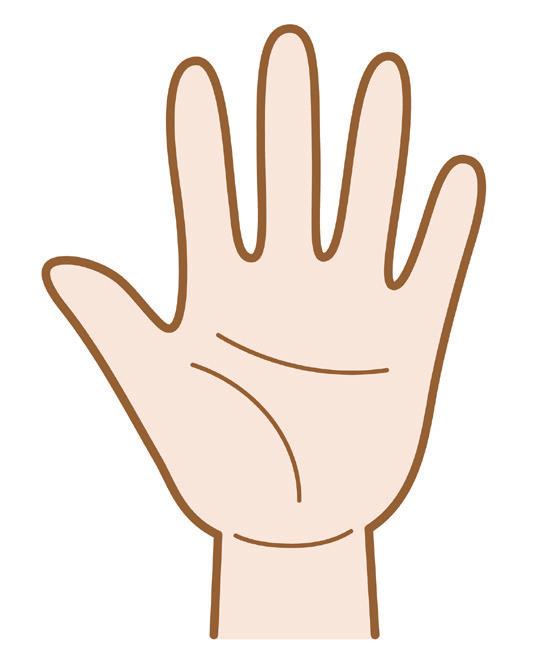
This is the front of the palm.
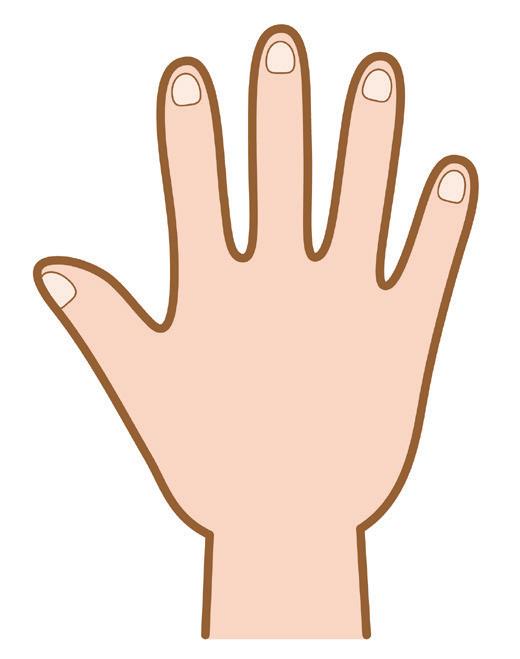
This is the back of the palm.
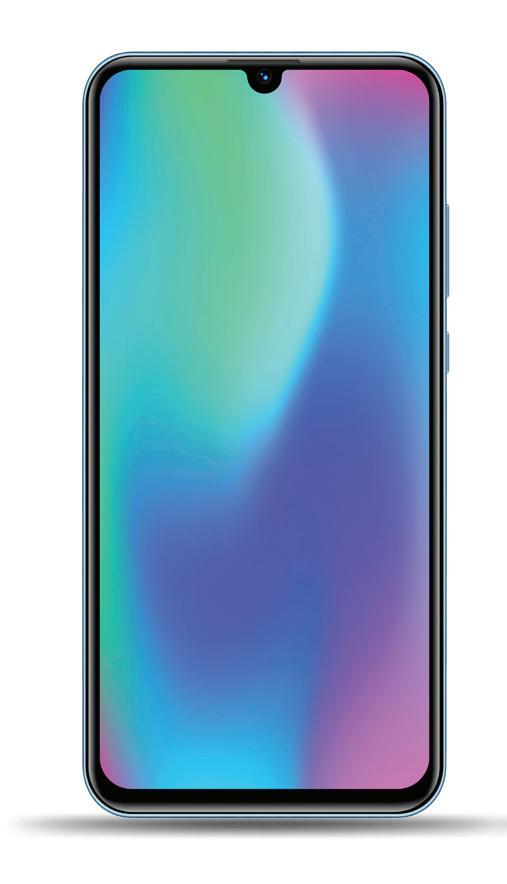
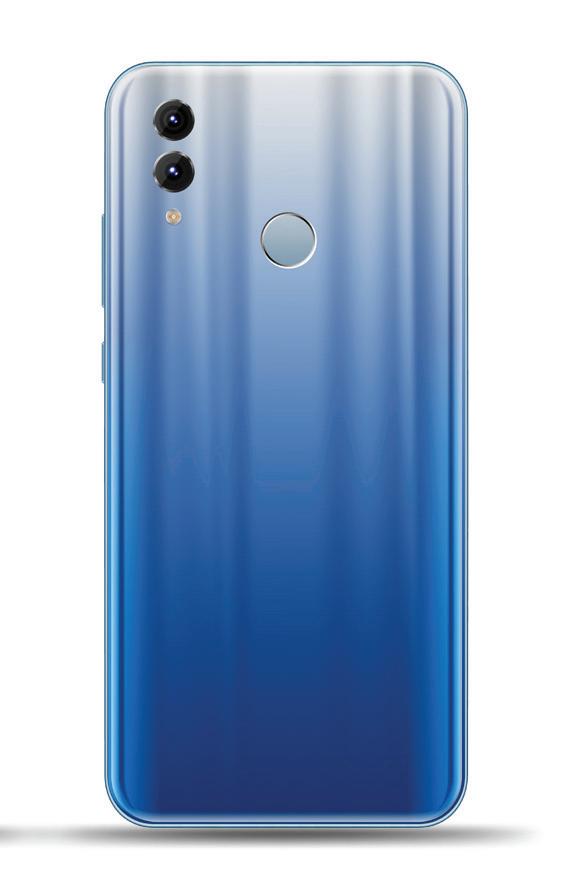
This is the front of the mobile phone. This is the back of the mobile phone.

Objectives
Observation Visual discrimination Understand front and back








Circle the back of the things given below.
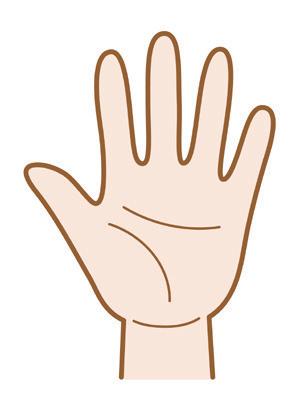
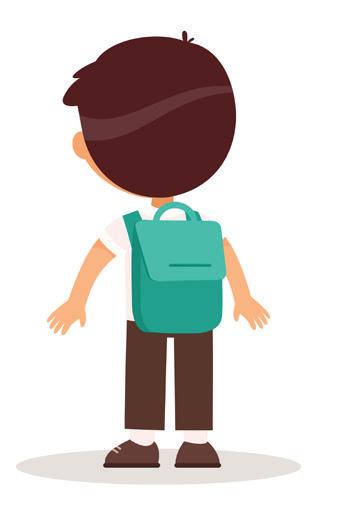
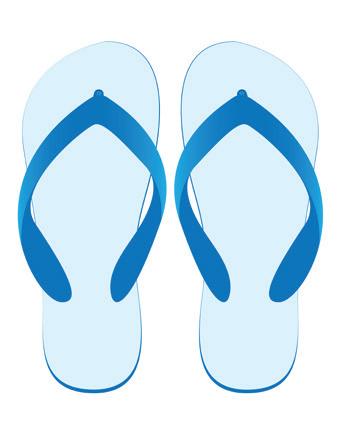
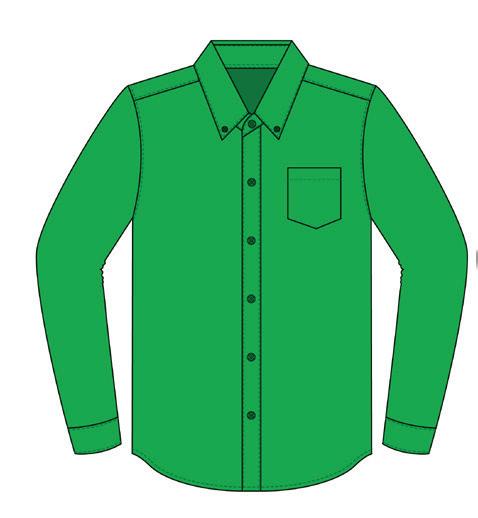

Objectives



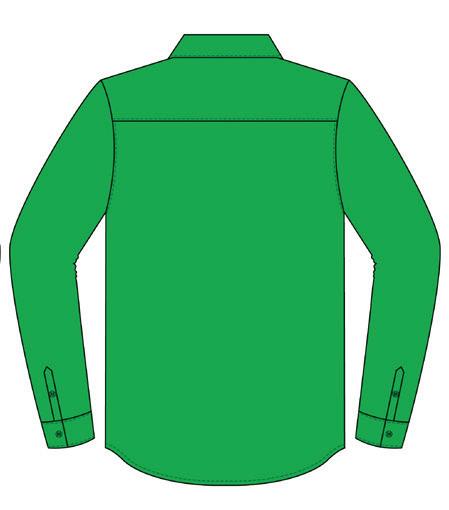
Observation Visual discrimination Understand front and back









The red car is moving left. The green car is moving right.
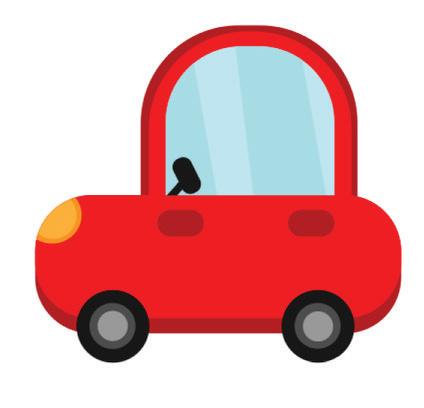
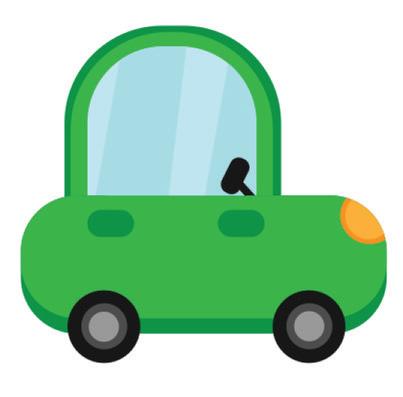
Circle the right arrows in green and left arrows in red.



Objectives
Observation Visual discrimination Understand left and right








Look at the things in the box below.
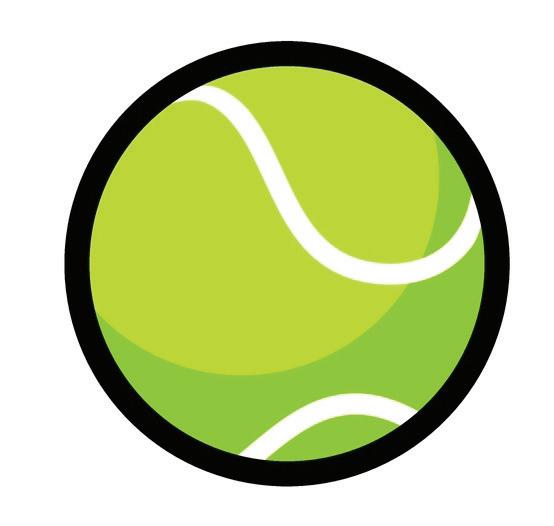
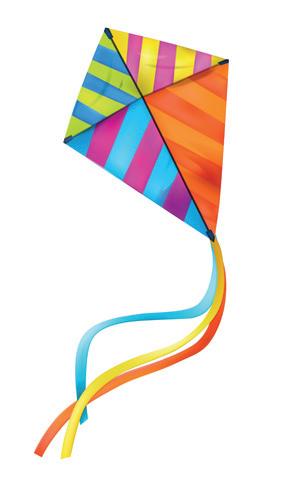
The kite comes after the ball. The balloon comes after the kite.
Circle the thing that comes after the cloud.
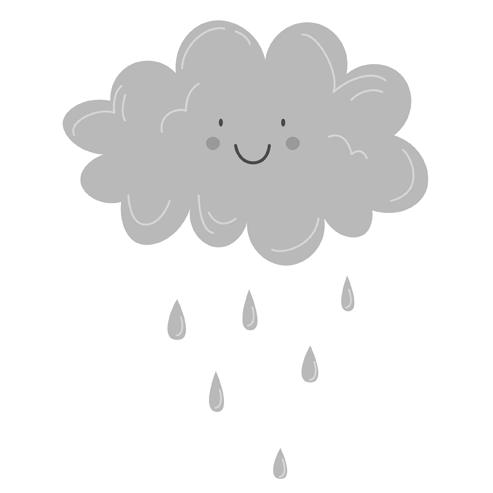
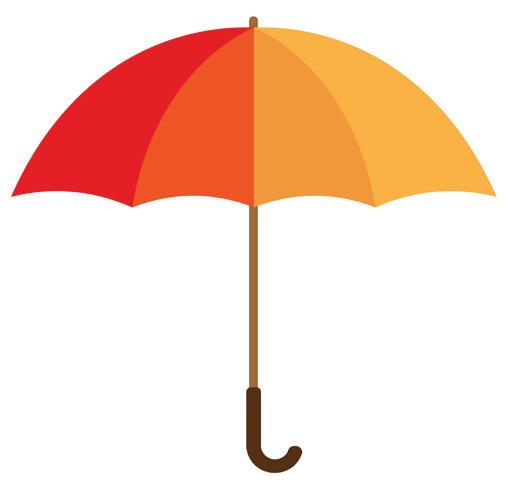
Circle the thing that comes after the car.
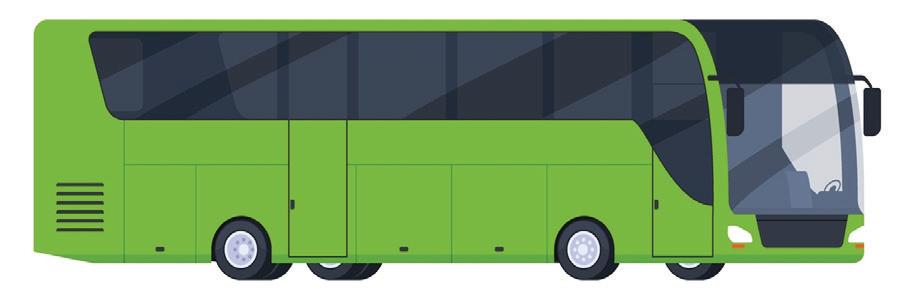

Objectives Sequencing skills
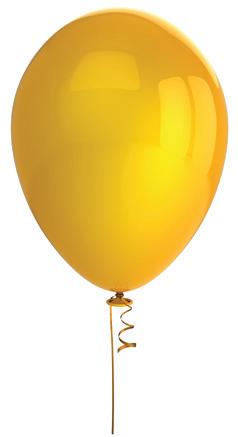
Cognitive development


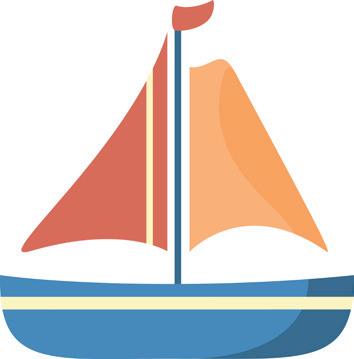







See and understand.
1 2 3 4 5 6 7 8 9
3 6



6 4 8 1 5 3 4 7
Objectives Sequencing skills Cognitive development The number 4 comes after the number 3. The number 7 comes after the number 6.
See and write the numbers that come after the given numbers.







Look at the shapes in the box below.
The circle comes before the triangle. The triangle comes before the square.
Circle the thing that comes before the tree.
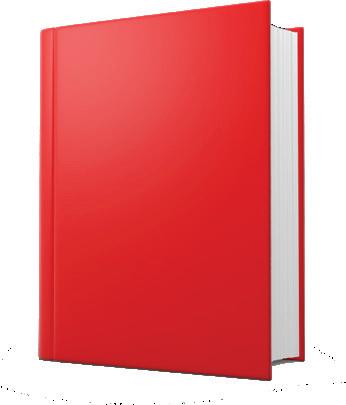
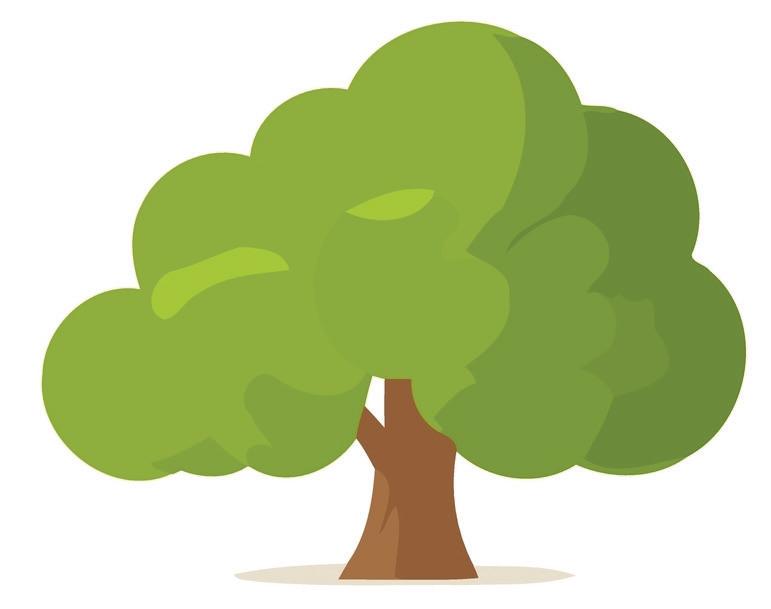
Circle the thing that comes before the snail.
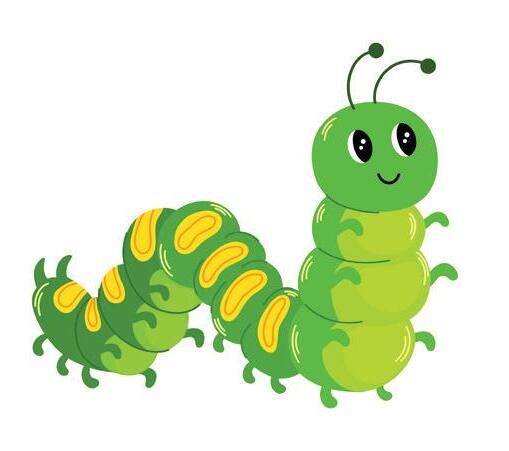
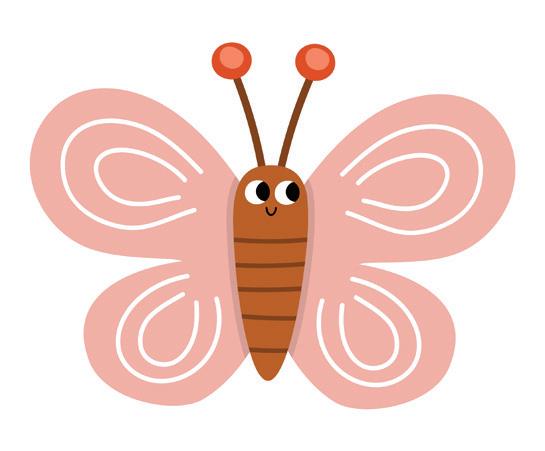

Objectives
Sequencing skills Cognitive development
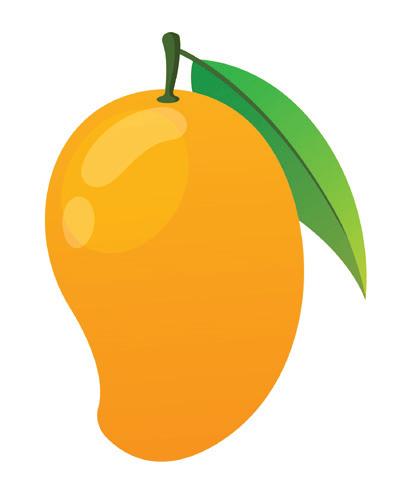
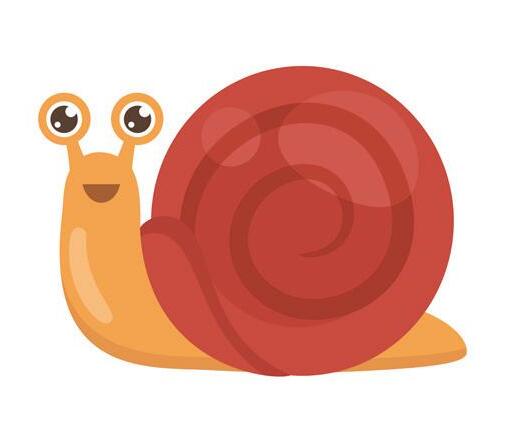








See and understand.
1 2 3 4 5 6 7 8 9
3 8 4 9
See and write the numbers that come before the given numbers.
2
6 5 9
7
3


Objectives Sequencing skills Cognitive development The number 3 comes before the number 4. The number 8 comes before the number 9.








Look at the pictures in the box below.
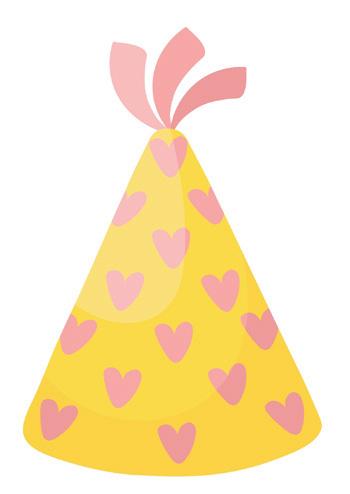
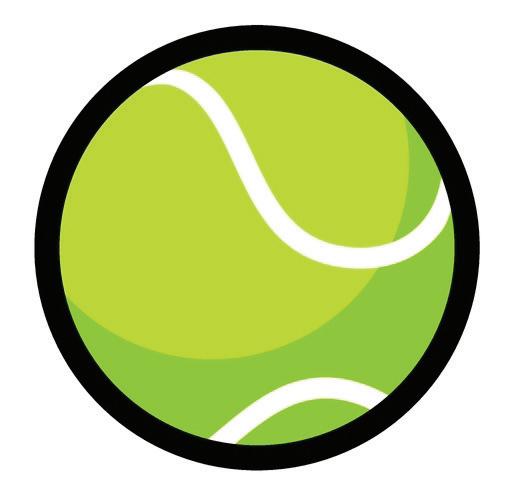
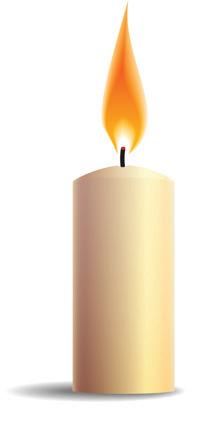
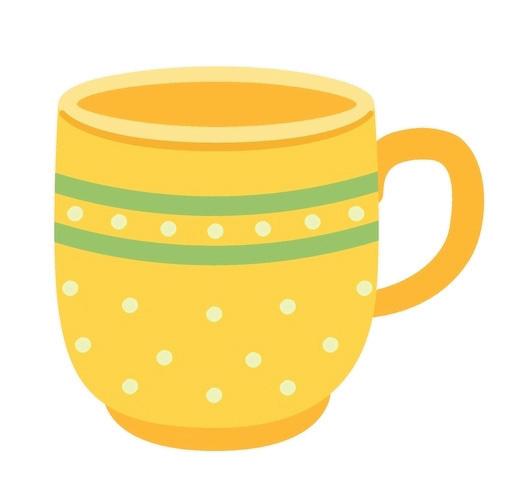
The ball is between the cap and the candle. The cup is between the candle and the pencil.
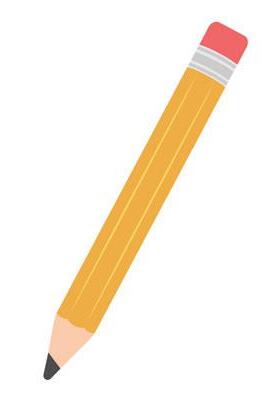
Circle the thing that is between the tree and the sun.

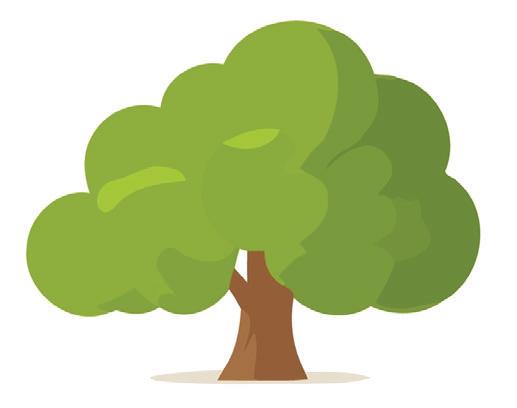
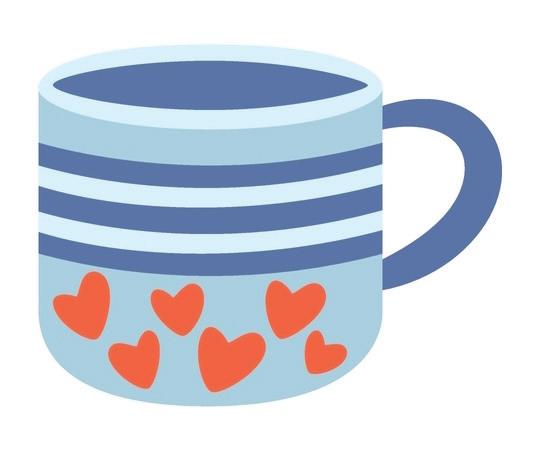

Circle the animal that is between the rabbit and the cat.
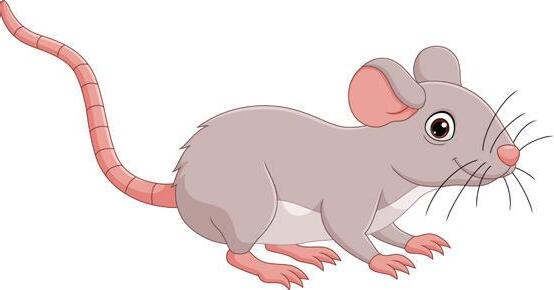

Objectives
Sequencing skills
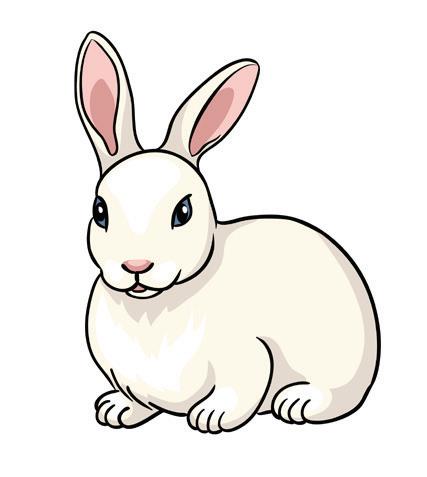
Cognitive development
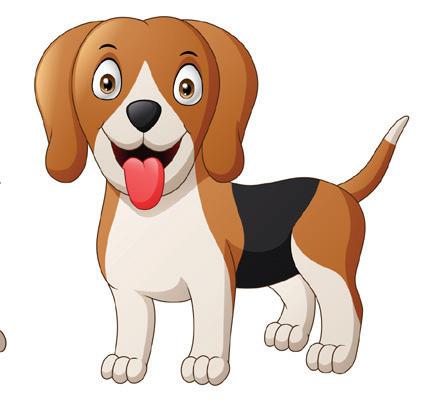
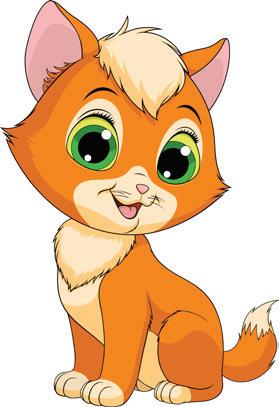






See and understand.


1 2 3 4 5 6 7 8 9 10
3 5 4 6 5 7
See and write the numbers that come between the given numbers. 2 7 4 9 5 8 7 10 3 6 5 8


Objectives Sequencing skills Cognitive development








Count, trace and write.
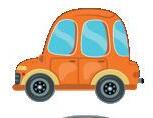











Objectives











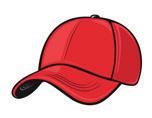











































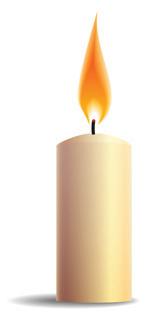




















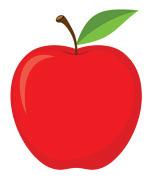























Count, trace and write.



















Objectives




































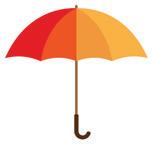























































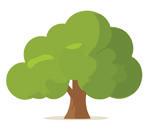

























Join the dots from 1 to 20 to complete the picture. Colour the picture.
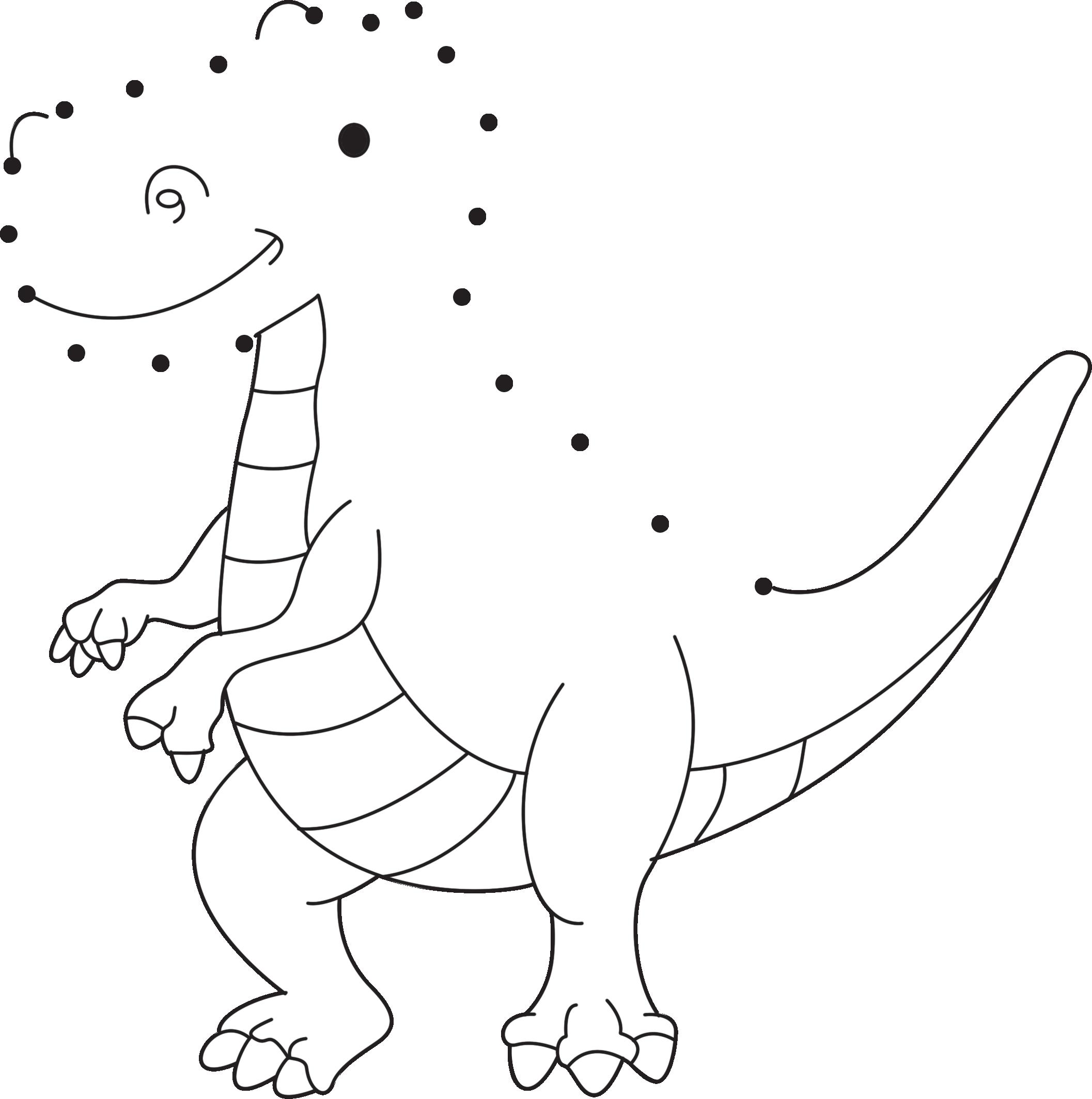






1 5


Write the missing numbers from 1 to 20.

1 1 1 1 1 8 3 2 6 2 0 0 1 1 4 9









Say the names of these fruits.
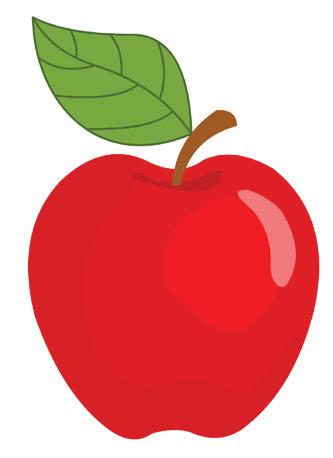
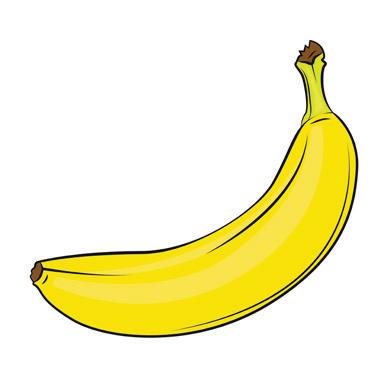




You will find that they form a pattern. The next fruit after the apple will be banana according to this pattern.
Draw and colour to complete the patterns.

Objectives
Understand patterns Identify and complete the patterns












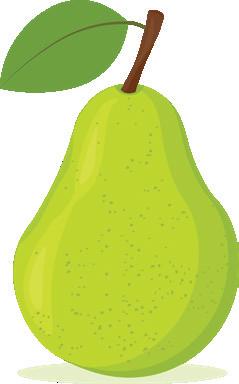


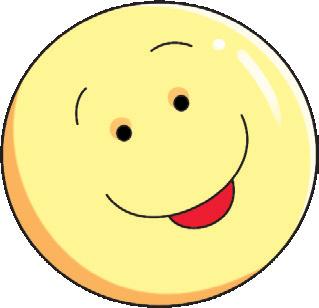
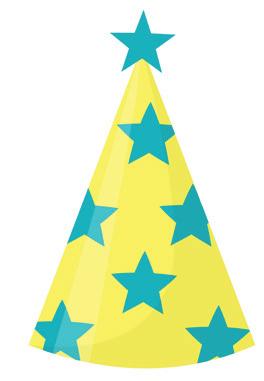





Objectives
Identify and complete the patterns







Trace the number name. Then match it to the number.
one 3 two 4 three 2 four 5 five 1 six 8 seven 10 eight 6 nine 7 ten 9

Objectives Identify number names









Count numbers from 10 to 1.
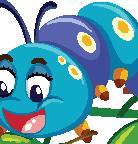
Now write the numbers from 10 to 1.
Join the dots from 10 to 1 and colour the picture.
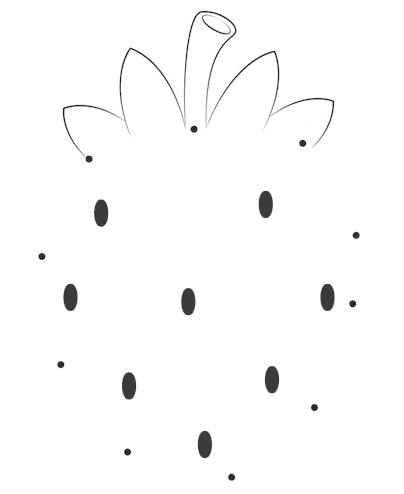

Objectives





Numbers 21 to 25




Read, count and trace.
































Numbers 26 to 30
Read, count and trace.
26 27 29


















































Write the numbers from 1 to 30.
1 1 2 1 1
0 0 0 1 2 3 Do and Learn







Read, count and trace.







32





33 34




























Read, count and trace.





















































Write the numbers from 1 to 40. Do and Learn 1 1 2 3 1 1 1


1 2 3 4 0 0 0 0




Numbers 41 to 45



Read, count and trace.





42 43 44






































Read, count and trace.



























































Write numbers from 1 to 50. Do and Learn 1 1 2 3 4 5 0 0 0 0 0 1 2 3 4 1 1 1 1







Read, count and trace.
2 3 4 5 6 7 9
6







Numbers 61 to 70



Read, count and trace.
6 6 6 6 6 6 6 6 6 7 2 3 4 6 7 9







Numbers 71 to 80
Read, count and trace.
7 7 7 7 7 7 7 7 7 2 3 4 6 7 9







Numbers 81 to 90



Read, count and trace.
2 3 4
6 7 9







Numbers 91 to 100
Read, count and trace.
9 9 9 9 9 9 9 9 9 2 3 4 6 7 9




Big–Small:
Activity: Provide one big and one small box. Have children sort various items (e.g., books, pencils, toys) into the appropriate boxes. Use items of the same type but different sizes for added fun. Objective: Help children understand size differences by sorting big and small objects.
Long–Short:
Activity: Draw one long and one short line on the floor. Instruct children to stand on the long line when you say “LONG” and move to the short line when you say “SHORT.” Use objects like ribbons for comparison. Objective: Teach children to distinguish between long and short lengths by doing physical activities.
Heavy–Light:
Activity: Provide two small buckets—one filled with sand and the other with cotton. Ask children to pick up each bucket and compare the weights. Use different materials (stones, feathers) for further comparisons. Objective: Introduce weight by comparing heavy and light objects.
Tall–Short:
Activity: Use a height chart to mark children's heights. Repeat after a few months to observe changes. Compare their height with objects or peers. Ensure that shorter children are not teased. Objective: Help children understand height and growth over time.
More–Less:
Activity: Provide containers like buckets or mugs. Ask children to pour different amounts of water and compare which has more and which has less. Use items like beans for comparison. Objective: Teach quantity concepts by comparing amounts of liquids or objects.
Full–Empty:
Activity: Provide two containers—one filled with items and the other empty. Ask children to pour items from one container to the other, observing how one becomes full and the other empty. Objective: Help children understand fullness and emptiness through hands-on experiments.
Near–Far:
Activity: Place an object close and another farther away. Ask children to identify which is near and which is far. Turn it into a game by having them run to the near object first and then to the object far away. Objective: Develop spatial awareness by distinguishing near and far.



Odd One Out:
Activity: Present three or four objects, with one differing in some way (size, shape, colour). Ask children to identify the “odd one out”.
Objective: Develop observational skills by identifying the object that doesn’t belong in a group.
In–Out:
Activity: Write "IN" and "OUT" on the board. Show pictures illustrating these concepts. Draw a circle and instruct children to move inside when you say "IN" and out when you say "OUT."
Objective: Teach spatial concepts by moving in and out of defined spaces.
On–Under:
Activity: Place objects on and under a table. Ask children to place similar objects "on" and "under" furniture.
Objective: Introduce "on" and "under" by using real objects in different locations.
Activity: Use stairs or a slide. Have children move "up" and "down" as you give directions. Use balloons for visual reinforcement.
Objective: Teach "up" and "down" through physical movement and visual cues.
Front–Back:
Activity: Stand with the children in a line. Discuss who is in the front and who is at the back, then switch places. Objective: Help children understand spatial relationships by identifying positions in a sequence.
Left–Right:
Activity: Teach left and right through a simple dance or hand movements. Have children place an object to the left or right of another.
Objective: Teach left and right through physical activity and repetition.
Circle: Provide circular objects like bottle caps. Dip them in paint and let children stamp circles onto paper to create colourful artworks.
Objective: Help children recognize and create circles while exploring their artistic creativity.
Square: Gather square-shaped and non-square objects. Encourage children to sort them and compare with other shapes.
Objective: Develop shape recognition and sorting skills.
Triangle: Provide materials like craft sticks. Show children how to create triangles. Organize a "Triangle Hunt" where they search for triangle-shaped objects.
Objective: Enhance understanding of triangles through hands-on creation and exploration.


Numbers:
Number Recognition: Create cards with numerals and corresponding dot patterns. Have children match the numeral to the correct number of dots or objects.
Objective: Help children recognize numerals by matching them with visual representations of quantities. Counting: Provide small objects like beads. Ask children to count out a specific number of items.
Objective: Develop counting skills by practising with tangible objects.
Association of Numeral with Quantity: Use cards with numerals and images of objects. Have children pair the numeral with the correct quantity.
Objective: Help children associate numerals with quantities.
Number Line Jump: Create a number line on the floor. Have children jump to specific numbers or hop along the line while counting out loud.
Objective: Reinforce number recognition and sequencing through physical activity.
Number Hunt: Hide cards with numerals or objects around the area. Give children clues to find and match them with corresponding numerals.
Objective: Combine physical movement with number recognition and counting.
Roll and Count: Give children dice. Have them roll and count the dots, placing corresponding objects in a container.
Objective: Practise counting and number recognition through a fun, interactive game.
These activities are engaging and adaptable for both classroom and home, fostering foundational maths skills through play and exploration.




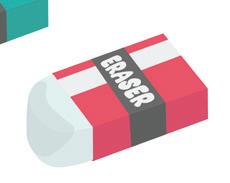



Sticker Sheet for Page No. 7





Sticker Sheet for Page No. 19




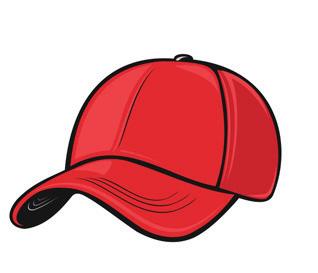





Sticker Sheet for Page No. 28
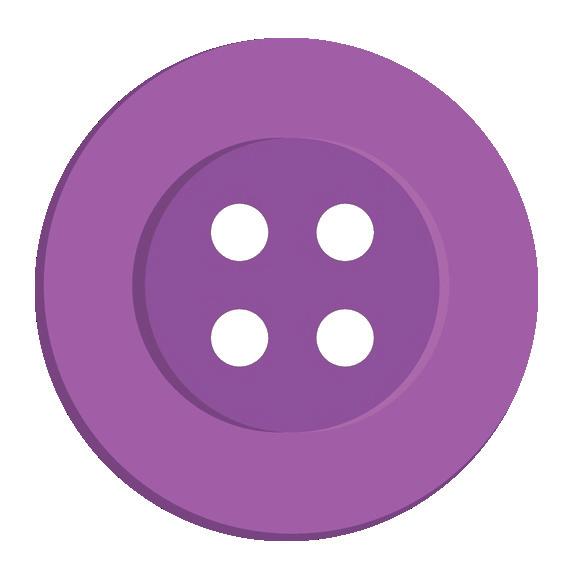
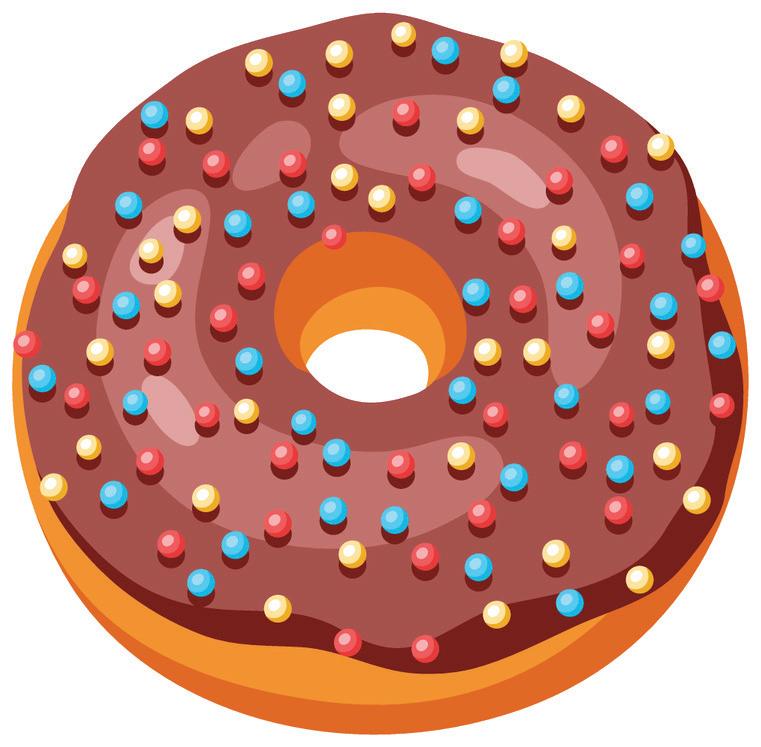
Sticker Sheet for Page No. 31



Sticker Sheet for Page No. 33

Sticker Sheet for Page No. 35
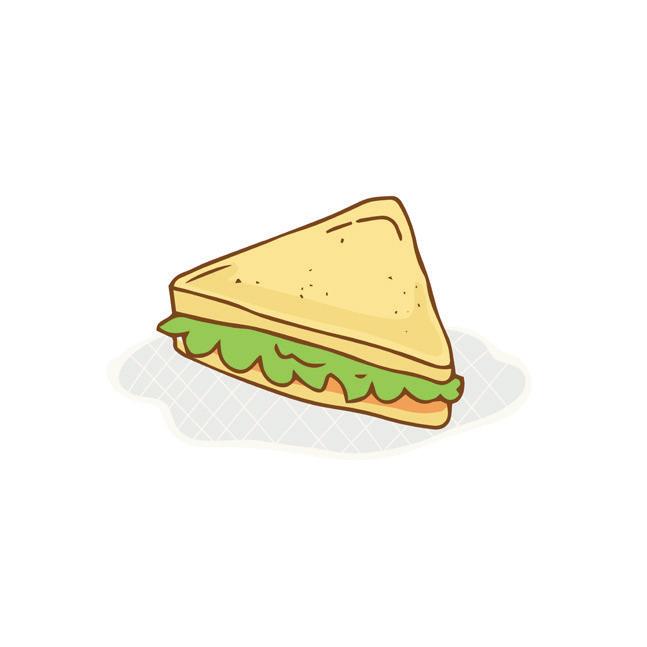
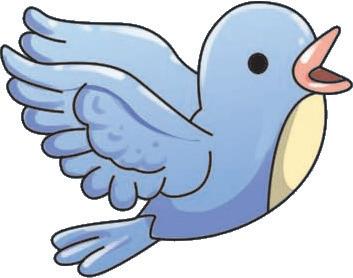

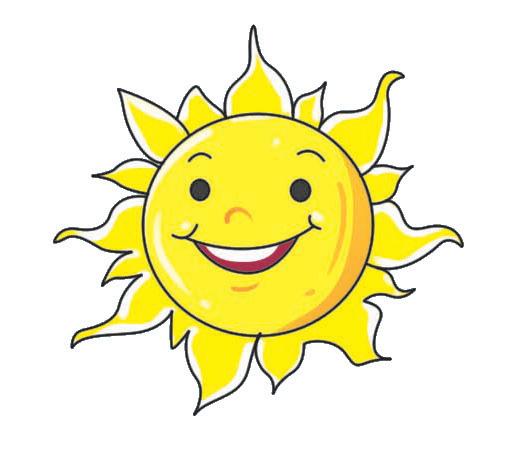
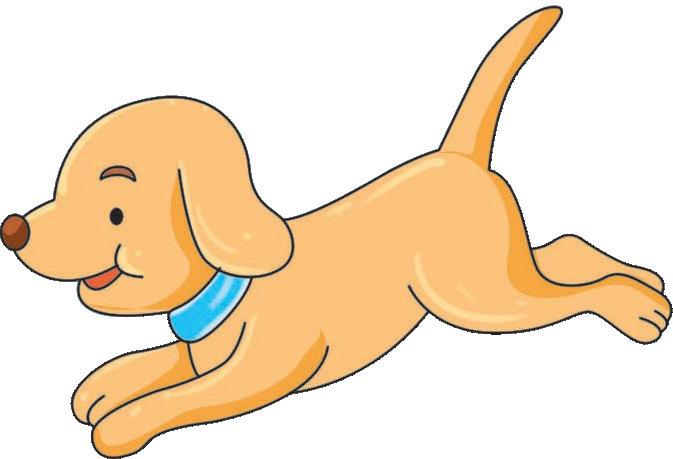
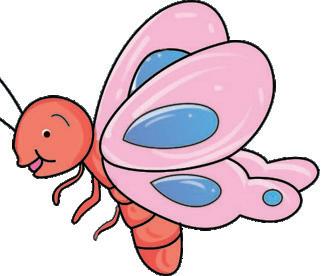
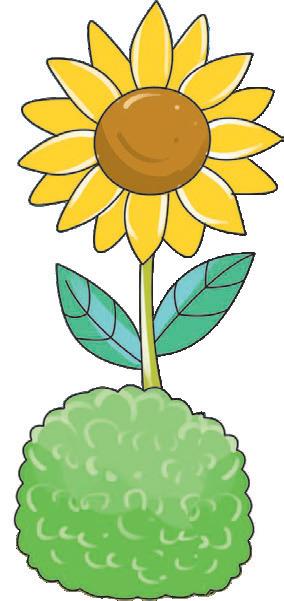
Sticker Sheet for Page No. 55
one

four

seven

2 two

five

8 eight

3
three

six

nine











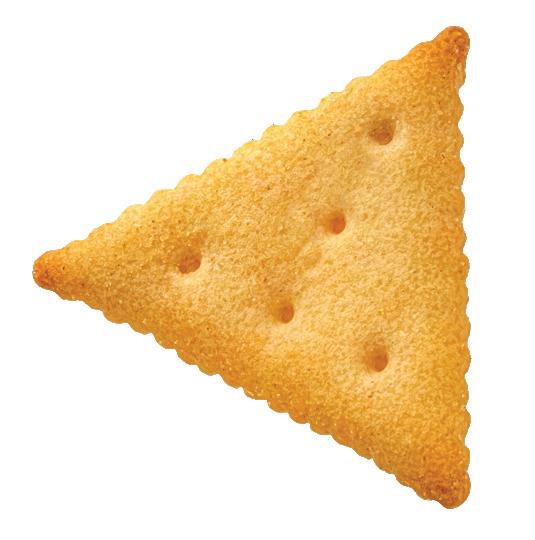

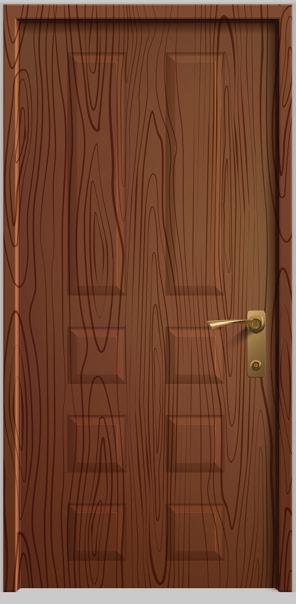





square circle rectangle semi-circle oval

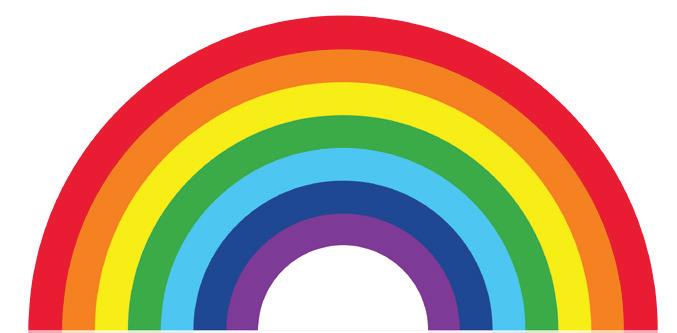






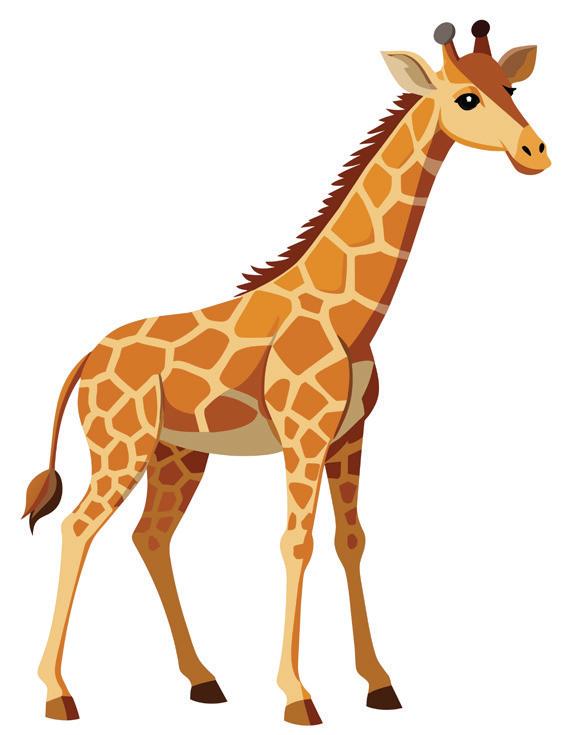

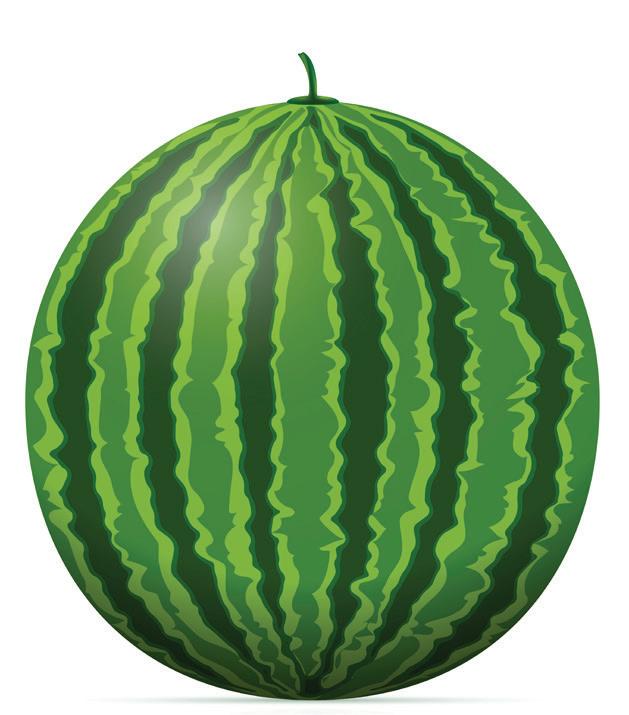





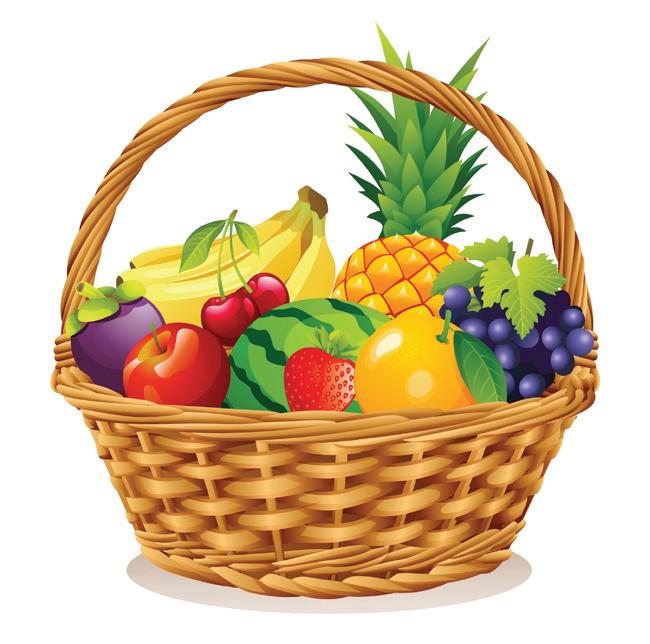


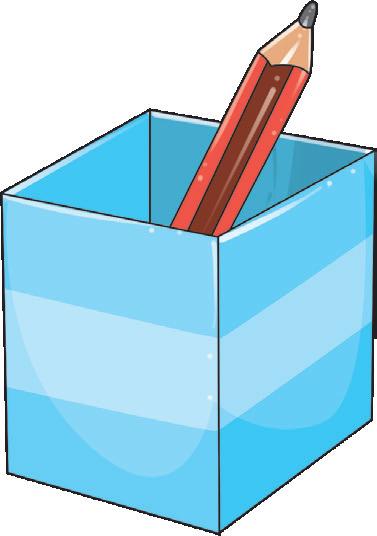


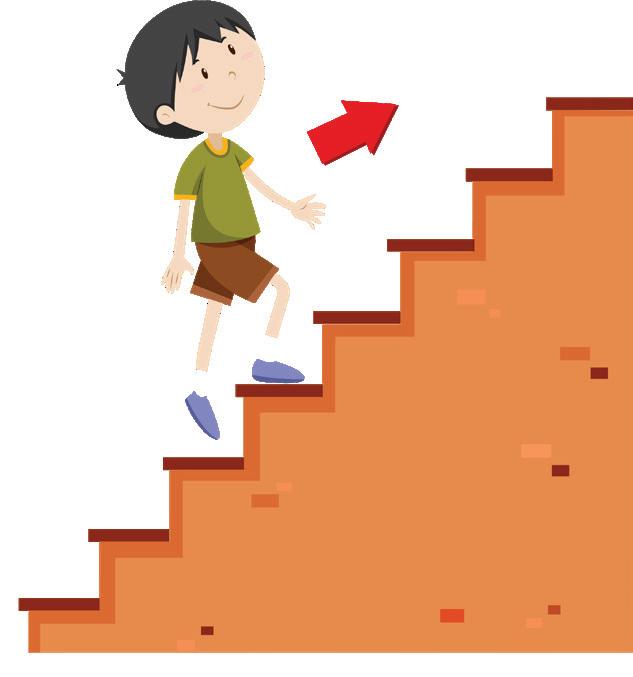

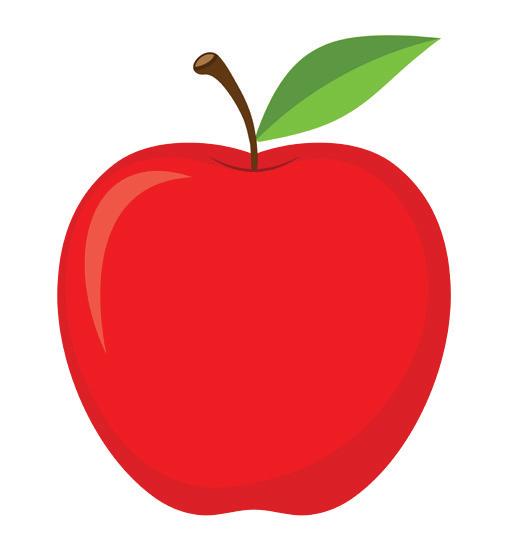









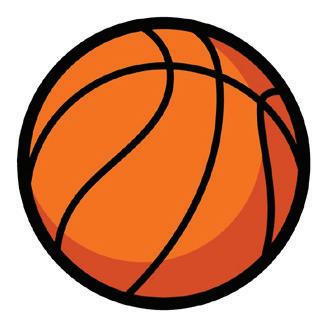
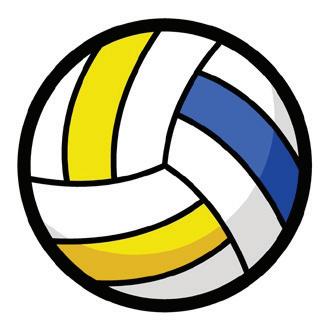


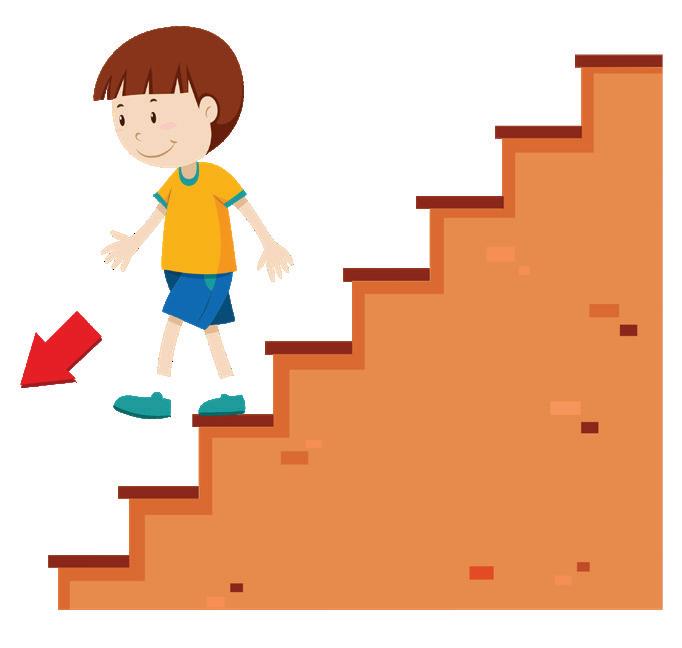





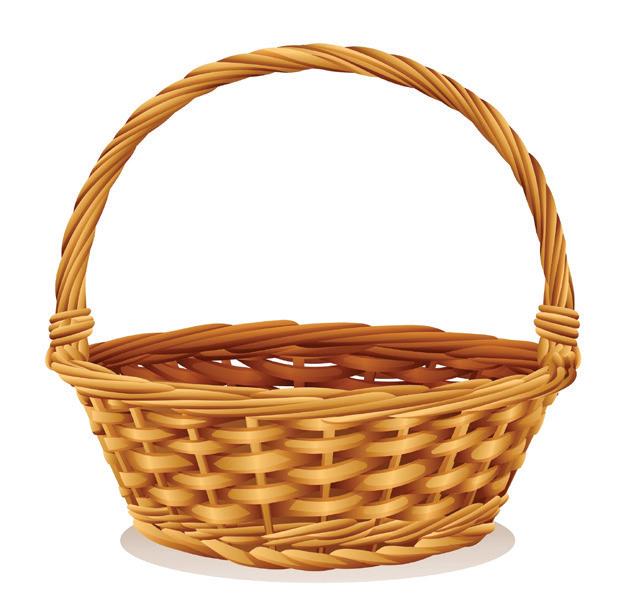

DAWN is a comprehensive, NCF 2022-based Early Childhood Education program that lays a solid foundation for lifelong well-being and holistic growth, encompassing physical, cognitive, and socio-emotional development.
This Numeracy Skillbook is specifically designed to develop essential maths skills, including pre-number and number concepts, one-to-one correspondence, sorting, comparing, classification, logical sequencing, and pattern recognition.
Additional Resources
• Flash Cards
• Sticker Sheets
• Suggested Activities List, for teacher and parents
• Teacher's Manual
• Digital Resouces
• Assessment Sheets and Holistic Progress Card
• Play-based learning activities, which promote holistic development of the child in all ECE domains
• School readiness, which is assured in the curriculum and learning design
• All-round development, in areas of physical, cognitive, cultural and socio-emotional domains
• Teacher assets, like assessment tools and lesson plans to help maximise program quality and outcomes
Uolo partners with K-12 schools to provide technology-enabled learning programs. We believe that pedagogy and technology must come together to deliver scalable learning experiences that generate measurable outcomes. Uolo is trusted by over 15,000+ schools across India, Southeast Asia and the Middle East.
Not to be sold separately
ISBN 978-81-980375-3-4
